25 Creative Elevator Designs That Changed Everything
Elevator design is not something many people think of. Even professional architects, urban planners and designers overlook their significance to modern buildings and cities as a whole. Over the past decade our team of vertical transportation specialists has worked to elevate the narrative around these little spaces in a big way.
While the research shows that elevator manufacturers move more people than their automotive counterparts, we cannot depend solely on the engineering feat to capture the publics attention.
Below are 25 of the best and unexpected elevator designs that will make you rethink your vertical commute.
Mercedes-Benz Museum
The Mercedes-Benz Museum is an automobile museum in Stuttgart, Germany. The Museum celebrates the automobile invented by Carl Benz in 1886: it relates the history of transportation and tells its stories, bringing the vehicle alive by placing it in the context of technology, day-to-day life, social history and popular culture. With more than 160 vehicles of all types on display ranging from some of the oldest automobiles ever built to legendary racing cars to futuristic concepts, research vehicles and vertical transportation cabs. For that reason, the Mercedes-Benz Museum tops the list of the elevators that changed everything.
Stuttgart, Germany
Lloyds Building
The Lloyd's building (sometimes known as the Inside-Out Building) is the home of the insurance institution Lloyd's of London. It is located on the former site of East India House in London's main financial district. The building is a leading example of radical high-tech (Bowellism) architecture in which the mechanical services for the building, such as ducts and elevators, are located on the exterior to maximize space in the interior. With each trip, the elevators animate the buildings facade while providing a panoramic view of downtown London.
Designed by Richard Rogers
London, England.
MOCAA - Zeitz Museum Contemporary Art Africa
The Museum of Contemporary Art Africa (MOCAA) is a contemporary art museum located at the V&A Waterfront in Cape Town, South Africa. Designed by Thomas Heatherwick, it transforms a nearly 200-foot-high grain elevator and silo that, when completed in 1924, stood as the tallest structure in the region. In the places where tubes were cut back, custom polished glass elevators were inserted creating a visible contrast between the rough, heaviness of the old concrete. The resulting atrium provides access to all of the exhibition spaces and one of the most unique elevator rides in the world.
Designed by Thomas Heatherwick
Cape Town, South Africa
Santa Justa Lift
The Santa Justa Lift, also called Carmo Lift, is an elevator in the historical city of Lisbon, Portugal which connects the lower streets of the Baixa with the higher Largo do Carmo. The elevator is a vertical structure consisting of a metal tower, observation platform, walkway and base. Its base includes four vertical columns, each composed of two pillars. The elevator is decorated in a Neo-Gothic style in iron. Since iron was a new building material at the time of its construction, it is symbolic of the technical and memorial construction from this period, representing the culture of the 1900s, when the structure and elevators were considered a major innovation and portent of a modern age.
Lisbon, Portugal
Smith Tower Elevator
Smith Tower is a skyscraper in Pioneer Square in Seattle, Washington. Completed in 1914, the 38-story, 484 ft (148 m) tower is the oldest skyscraper in the city. It was among the tallest skyscrapers outside NYC at the time of its completion until the completion of the Kansas City Power & Light Building in 1931, and remained the tallest building on the West Coast until the Space Needle overtook it in 1962. Walking into the ornate, marble lobby of the 103-year-old landmark is like stepping back in time. Elevator operators stand next to golden carriages, ready to pull doors and levers by hand and push buttons to shuttle office workers to the floors above.
Designed by Gaggin & Gaggin
Seattle, Washington, USA.
Sperone Westwater Gallery
Sperone Westwater is a contemporary art gallery in the Bowery, in Manhattan, in New York City. Designed by Foster + Partners, the building is a tall narrow tower whose “verticality” is emphasized by one distinguishing feature, a 12 x 20 foot “moving room”, which is both a physical response to the gallery’s dynamic programme and a kinetic addition to the street. Contained within a bright red box, the gallery rises gradually to connect the upper four floors all the while being visible through the translucent glass facade. In a flexible spatial arrangement, the exhibition space can be extended at any given floor by parking the moving room, whereupon an additional lift and stairs provide alternative routes up through the building.
Designed by Foster + Partners
NYC, New York, USA.
Whitney Museum
Artschwager Elevator Installation
The Whitney Museum of American Art – known informally as the "Whitney" – is an art museum located in Manhattan. Founded in 1931 by Gertrude Vanderbilt Whitney, a wealthy and prominent American socialite and art patron, The Whitney focuses on 20th- and 21st-century American art. Among the most unexpected features of the museum are four site-specific art commissions by the artist Richard Artschwager. The artwork is comprised of four elevator interiors, the last major work the artist completed before his death in 2013.
Art & Design by Richard Artschwager
NYC, New York, USA.
CN Tower
Completed in 1976, The CN Tower is a 553.3 m-high concrete communications and observation tower located in Downtown Toronto, Ontario, Canada. The tower held the record as the tallest building for more than three decades and remains the tallest in the Western Hemisphere. When it opened, the CN Tower introduced the world to the highest panoramic glass elevators offering thrilling new perspective and a 360º view of the world around it. For it’s tremendous height, and unrivalled view, the CN Tower remains an engineering feat.
Designed by John Andrews
Toronto, ON. Canada.
Montréal Olympique Tower
The Olympique Tower is a multi-purpose stadium located in Montréal, Quebec. Built in the mid-1970s as the main venue for the 1976 Summer Olympics. Carrying over 50 passengers, the glass-encased elevator car, or “funicular”, brings visitors on a two-minute ride to the to top of the tower. The elevator cabin ascends from base of the tower to an observation deck in less than two minutes at a rate of 2.8 m/s (6.3 mph).
Designed by Roger Taillibert
Montréal, QC. Canada.
Eiffel Tower
This infamous tower is one of the most recognizable structures in the world. Once completed, the Eiffel Tower reached 320 metres (1050 feet) in height becoming the tallest man made structure in the world for over 40 years. What most people don’t celebrate, is engineering feat the elevators were, of even having elevators at the time. Built as the entrance to the 1889 World's Fair, carefully preserved, the wrought-iron lattice tower weighs around 10000 tonnes and contain two custom elevators, which incredibly are still in service today. Named after the engineer Gustave Eiffel, it was Otis Elevator Co. who built and engineered the lifts that brought life to the structure.
Designed by Gustave Eiffel
Paris, France.
Bailong Elevator | Zhangjiajie National Park
The world's tallest outdoor lift
The Zhangjiajie National Forest Park is a unique national forest park located in Zhangjiajie City in Hunan Province in China. The towering Bailong Elevator, literally 'hundred dragons sky lift', was opened to the public in 2002, at 326 m (1,070 ft), it is the world's tallest outdoor lift. It can transport visitors to the top from its foot in less than two minutes. The structure is composed of three separate glass elevators, each of which can carry up to 50 people at a time.
Zhangjiajie, China
Gironella Historic Centre Elevator
Spanish architect Carles Enrich has built a 20-metre-high elevator next to a Catalonian cliffside to connect the old and new parts of a town. Featuring walls of perforated brickwork, the elevator is located in the Gironella municipality of Spain, where an old town and a modernised urban area are divided by the Llobregat river. Beforehand, the old town was only accessible via a steep and uneven staircase – something not suited to its older residents and families with young children.
Photographs by Adrià Goula
Designed by Carles Enrich
Gironella, Barcelona, Spain
OCAD University
OCAD University, formerly the Ontario College of Art and Design, is a public university located in Toronto, Ontario, Canada. Designed by Will Alsop, the building floats above the neighbourhood below supported by a series of multi-coloured pillars. Adjacent to the AGO, the design consists of a perforated box seven storeys off the ground accessible by an elevator shaft connected to the street entrance below.
Designed by Will Alsop
Toronto, ON. Canada.
Maison Bordeaux
In 1998 Rem Koolhaas redefined the term that “a house is a machine for living” with his design of Maison Bordeaux. Even though there are no duplicated, or repeated, organizational system, each of the three volumes of the house are tied together by a central elevator that moves between each floor. Driven by a large hydraulic piston, it is not simply just an elevator for vertical circulation between floors, the 3x3.5m elevator platform transforms itself into a kinetic room that provides access from the basement, kitchen level, all the way to the bedroom on the highest floor.
Designed by Rem Koolhaas, OMA
Bordeaux, France.
Louvré Museum
The Louvre is the world's largest art museum and a historic monument in Paris, France. A central landmark of the city, and with an area of 72,735 square metres (782,910 sq/ft), it houses approximately 38,000 objects from prehistory to the 21st century. Modernized in 1989, I.M. Pei’s redesign of the french palace included a large glass and steel pyramid surrounded by three smaller triangles that provide light to the space below. One of the main features is the ultramodern hydraulic elevator, which lifts visitors from the under ground level to main floor above. The area under the platform is fully enclosed by smooth telescoping guards, on all accessible platform sides.
Designed by I.M. Pei
Paris, France.
SkyView Elevator
One of the most unusual lifts in the world can be found in Stockholm, Sweden. Named SkyView, the elevator is located on the exterior of the Globen Arena, with a diameter of 110 meters (361 feet) and an inner height of 85 meters (279 feet), it is the largest spherical structure in the world. The elevator is a glass and metal sphere itself, climbing over 130 meters (425 feet) and departing every 10 minutes, the SkyView provides visitors an unprecedented view of world around it.
Designed by Svante Berg, Lars Vretblad
Stockholm, Sweden.
Centre de Pompidou
Inaugurated by the President of France on 31 January 1977, Centre Pompidou is a complex building in Paris, France. Designed in the style of high-tech architecture by the team of Richard Rogers and Renzo Piano, along with Gianfranco Franchini. Initially, all of the functional structural elements of the building were colour-coded: green pipes are plumbing, blue ducts are for climate control, electrical wires are encased in yellow, and circulation elements and devices for safety are red. Accordingly the elevators that move throughout the transparent building are encased in a red frame brining a mechanically kinetic movement to the centre.
Designed by Richard Rogers and Renzo Piano
Paris, France.
Bradbury Building
The Bradbury Building is an architectural landmark located at 304 South Broadway at West 3rd Street in downtown Los Angeles, California. Built in 1893, the five-story office building is best known for its extraordinary skylit atrium of access walkways, stairs and elevators, and their ornate ironwork. The building was commissioned by Los Angeles gold-mining millionaire Lewis L. Bradbury and constructed by draftsman George Wyman from the original design by Sumner Hunt. It appears in many works of fiction and has been the site of many movie and television shoots and music videos.
Los Angeles, California, USA
Autostadt Silos
The Autostadt (German for Automobile City) is a visitor attraction adjacent to the Volkswagen factory in Wolfsburg, Germany. The complex was designed by Henn GmbH. The Autostadt supplies customers with free entrance, meal tickets and a variety of events building up to the point where the customer can follow on screen as the automatic elevator picks up the selected car in one of the silos. The car is then transported out to the customer without having driven a single meter, and the odometer is thus on "0" autonomizing the entire car purchasing process.
Designed by Henn GmbH
Wolfsburg, Germany.
Sendai Mediatheque
The Sendai Mediatheque is a mixed-program public facility which combines library and art gallery functions located in the city of Sendai, Japan. Toyo Ito's winning entry for an open competition commissioned by the city of Sendai in 1995, the innovative building opened to the public in January 2001. The Mediatheque's seven levels of facilities offer a range of services housed in a nearly cubic glass enclosure. The seven platforms are supported by what Ito calls "characterizing" architectural elements: a forest of 13 non-uniform tubes which appear to rise fluidly through the building. The tubes create links throughout the full height of the building housing vertical transportation, natural circulation of air, and light, and mechanical elements such as electricity, data infrastructure, and plumbing. The constant motion of people through the stairs and elevators, as well as the glow of light passing through these tubes creates a perceptual link between the floors.
Designed by Tayo Ito
Sendai, Miyagi Prefecture, Japan.


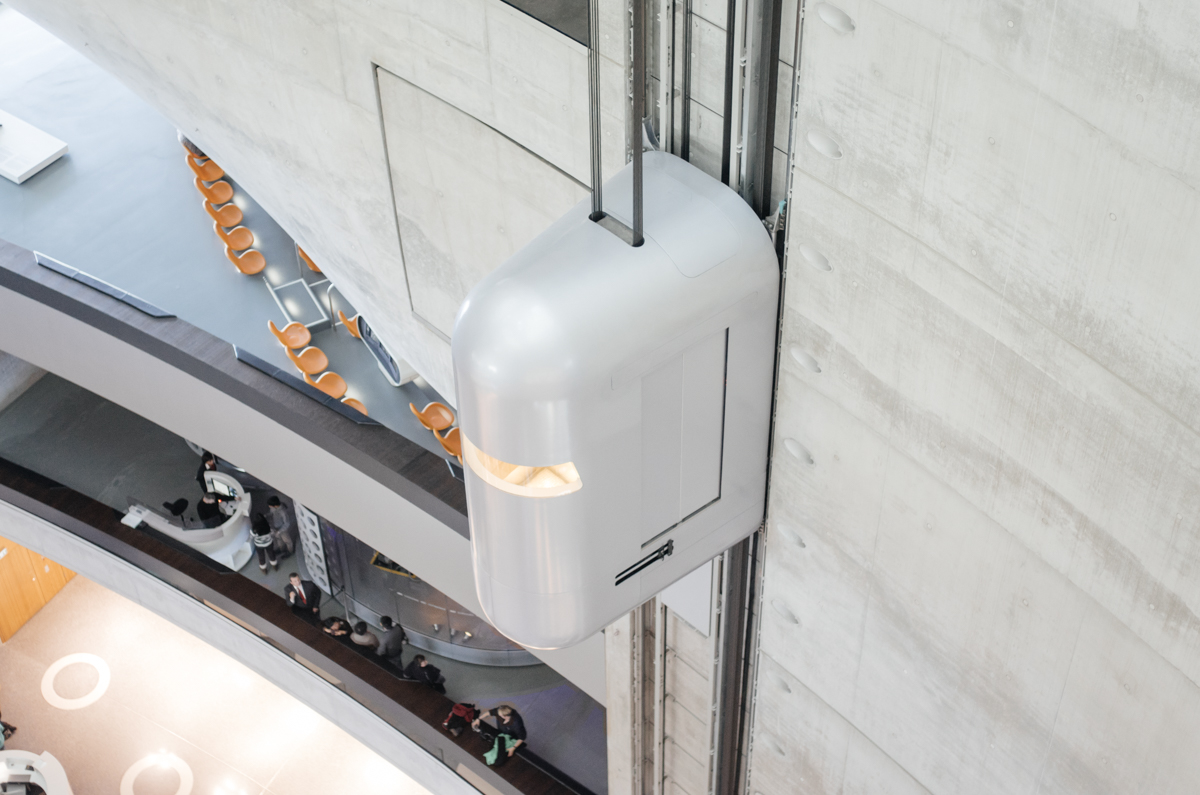
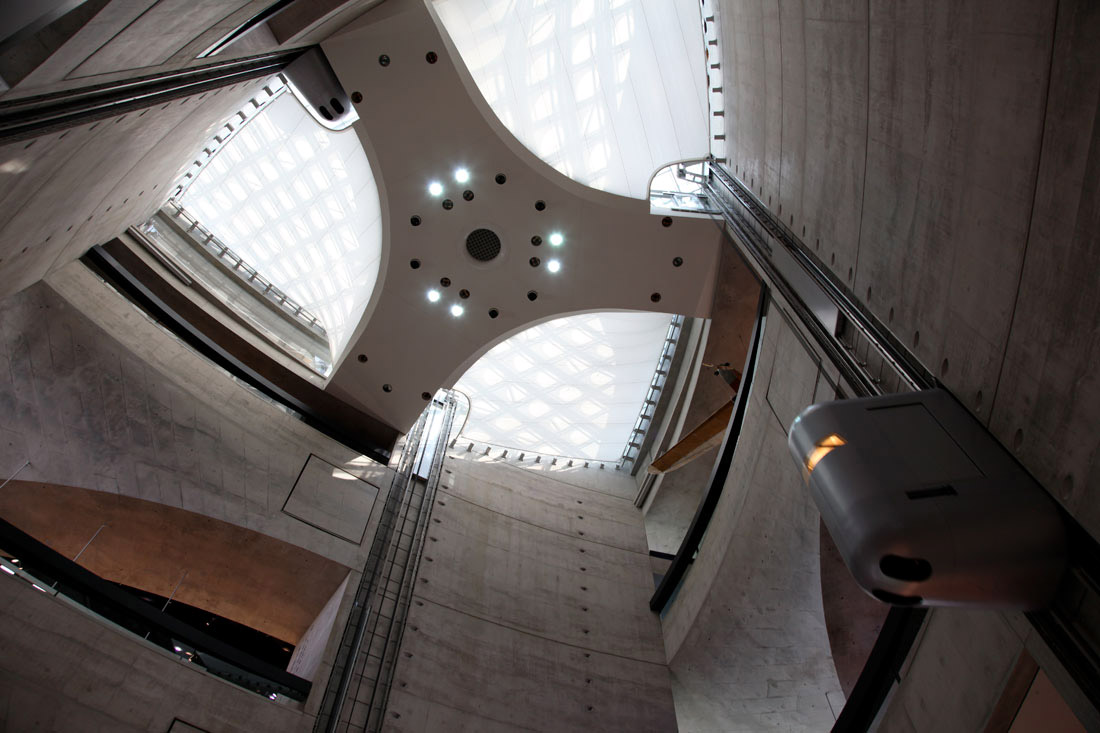
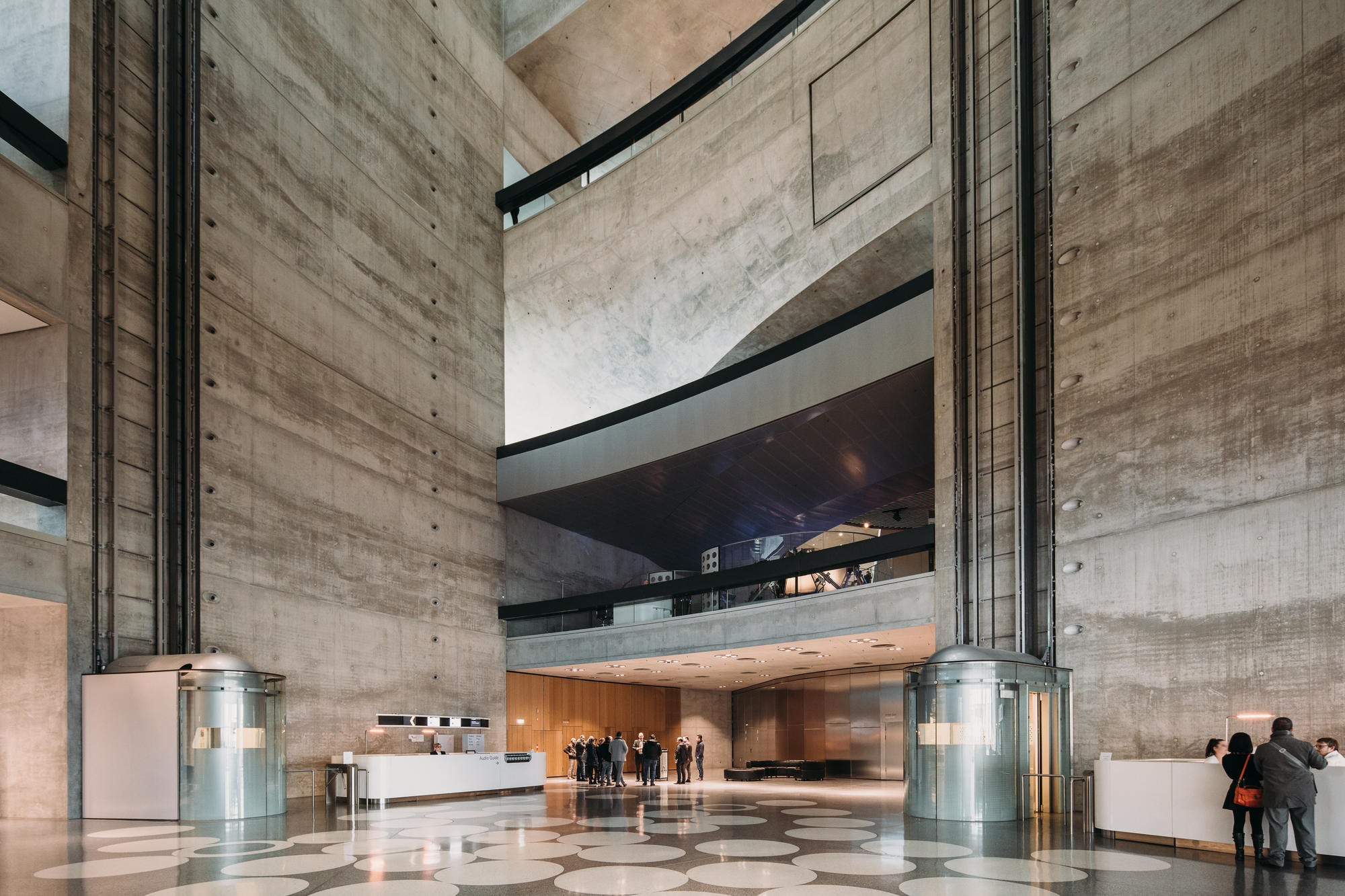

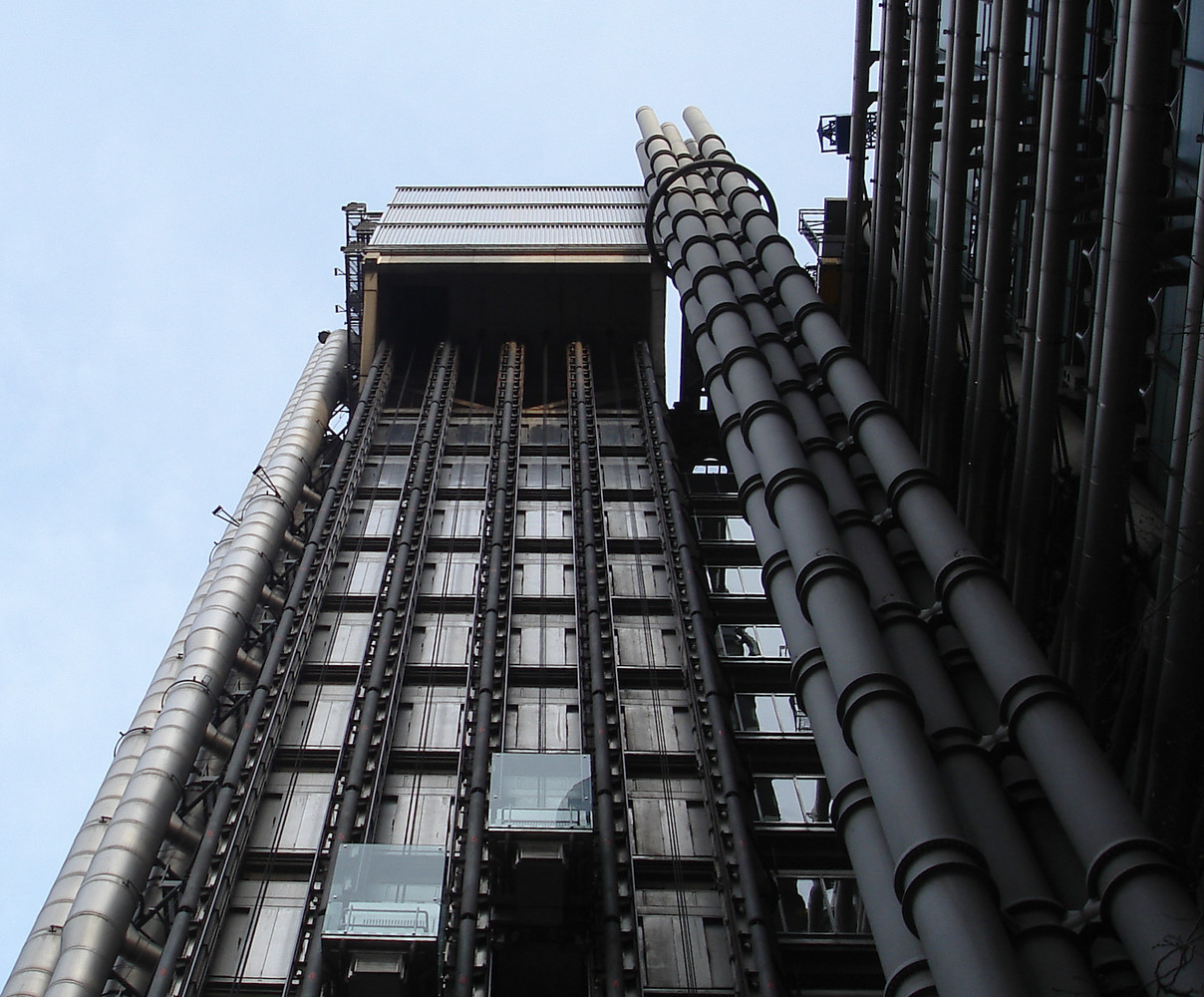
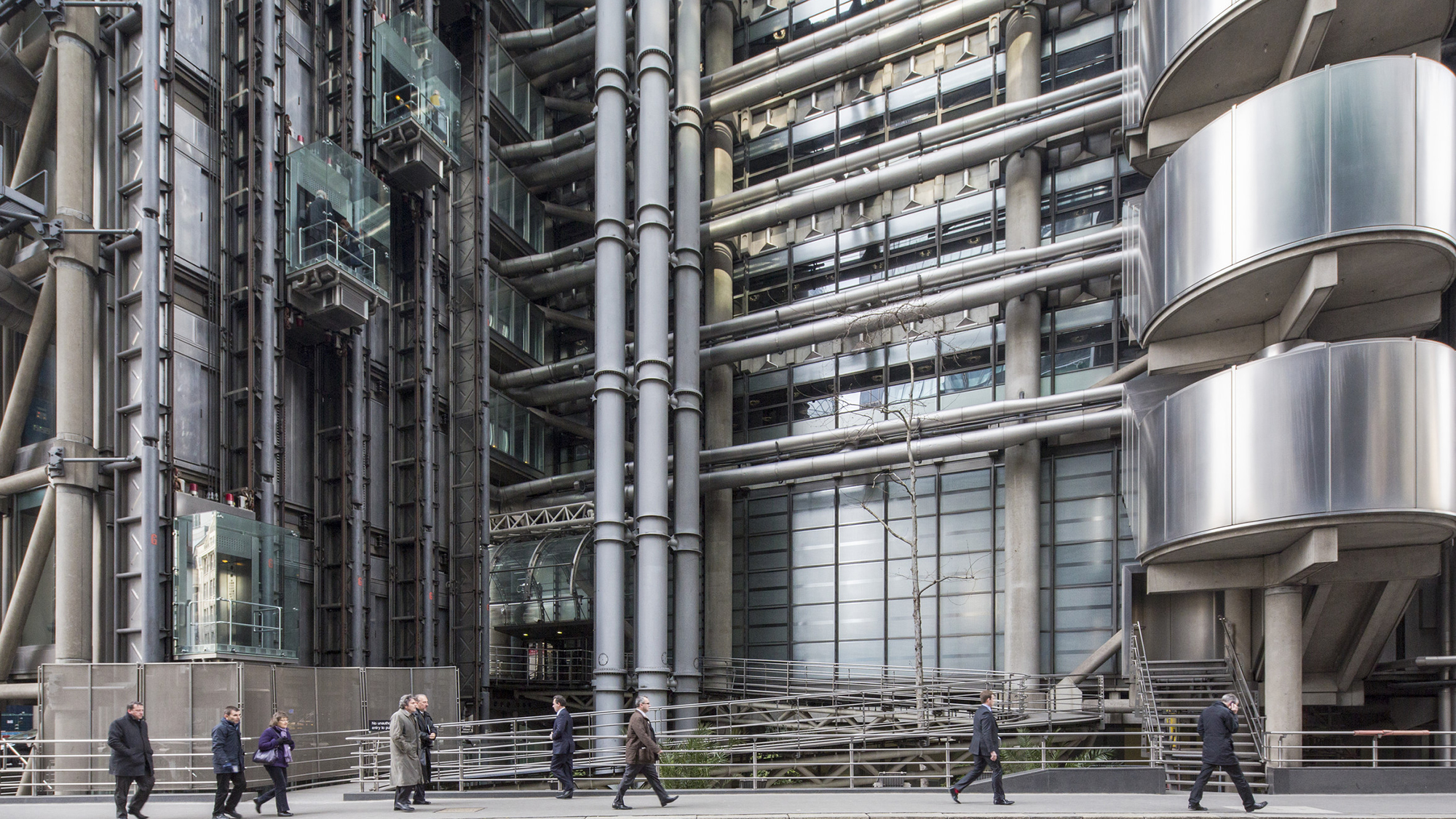
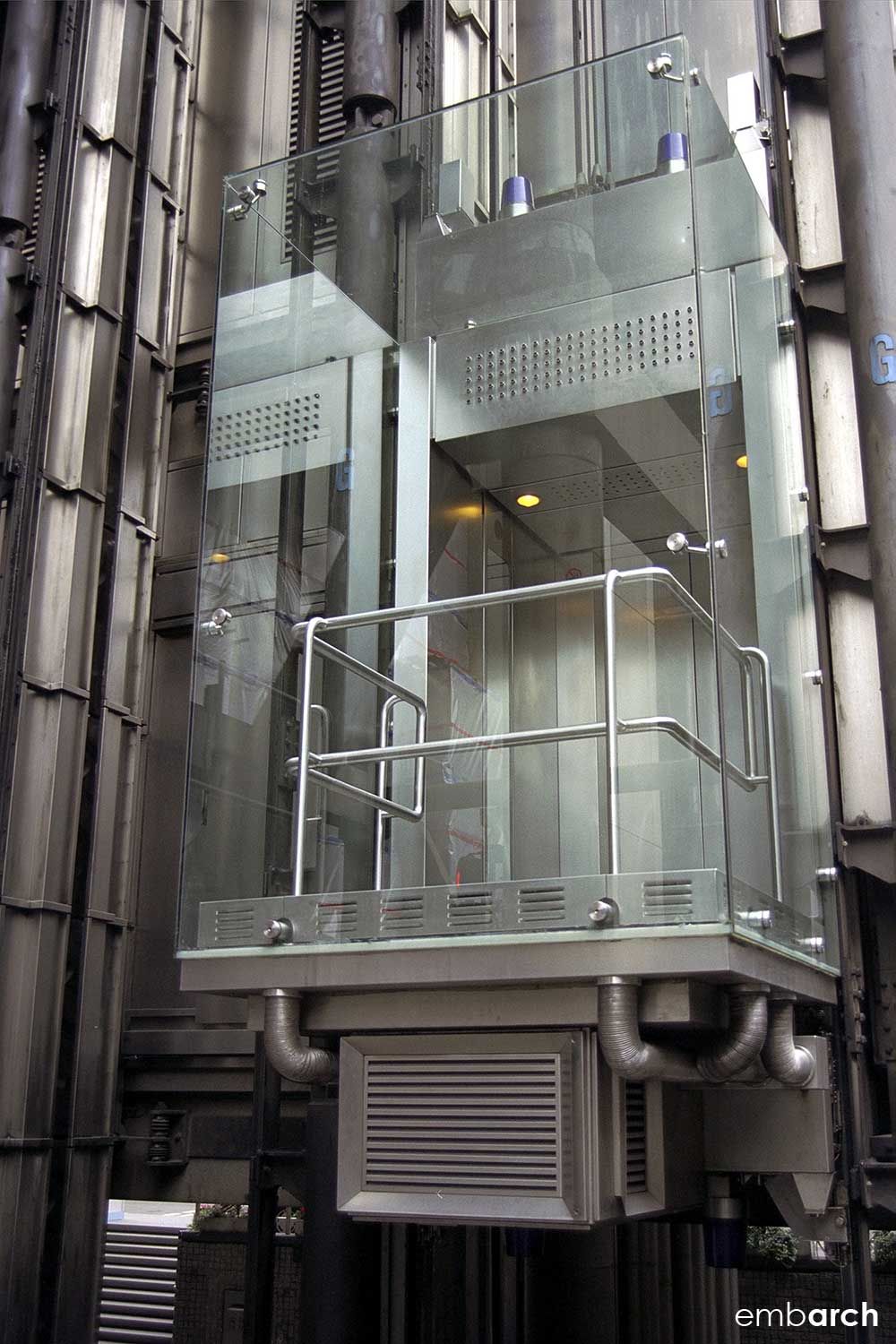
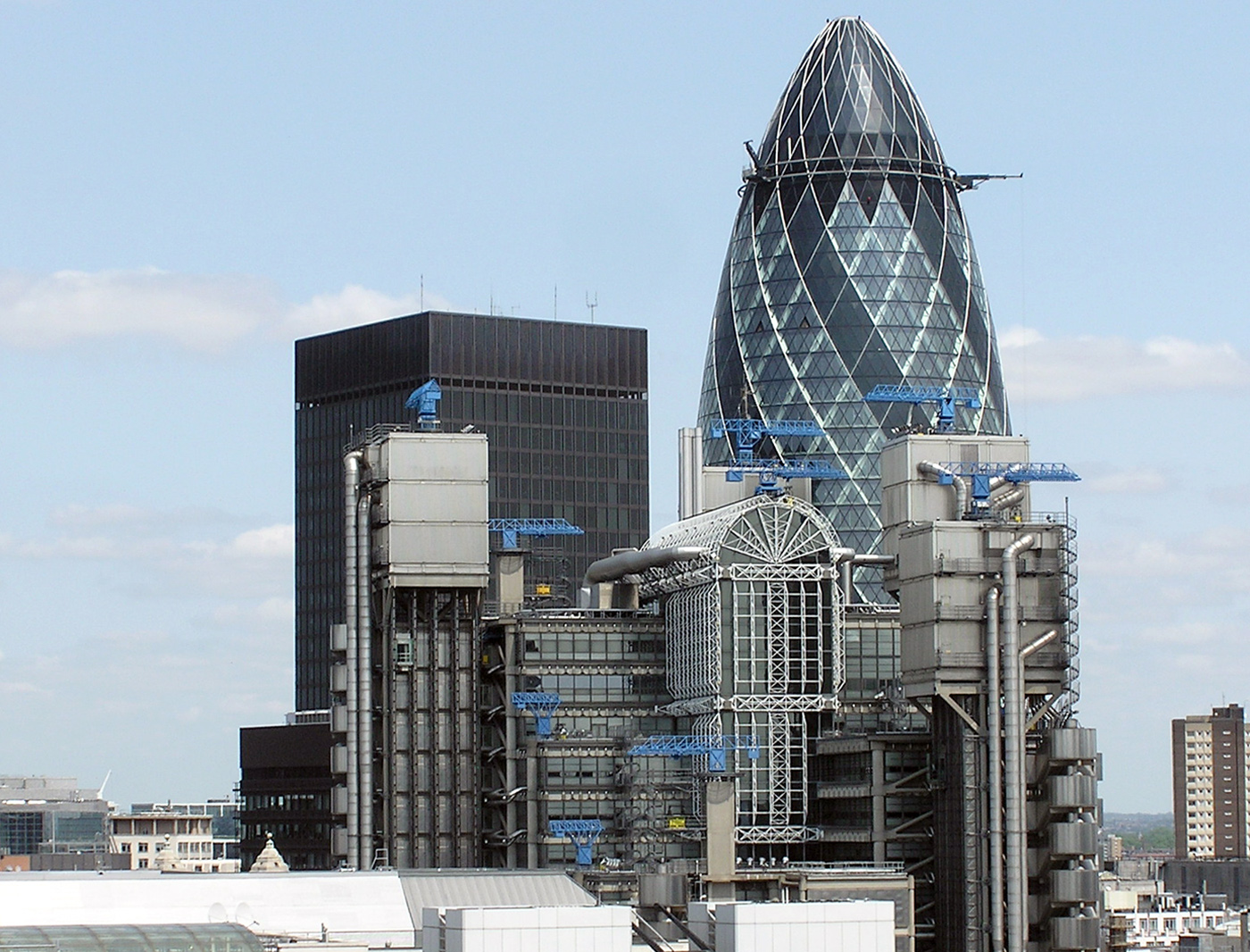
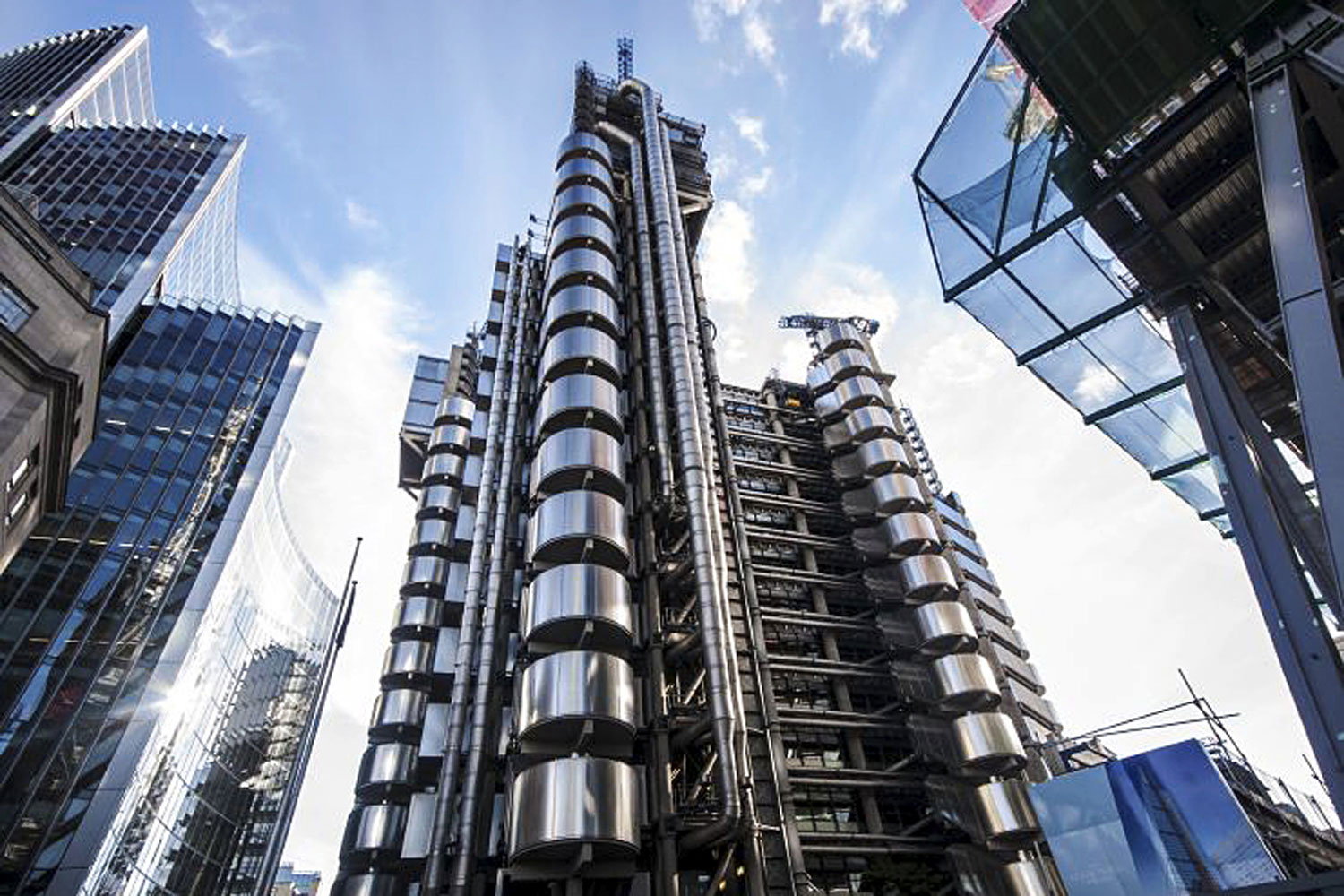

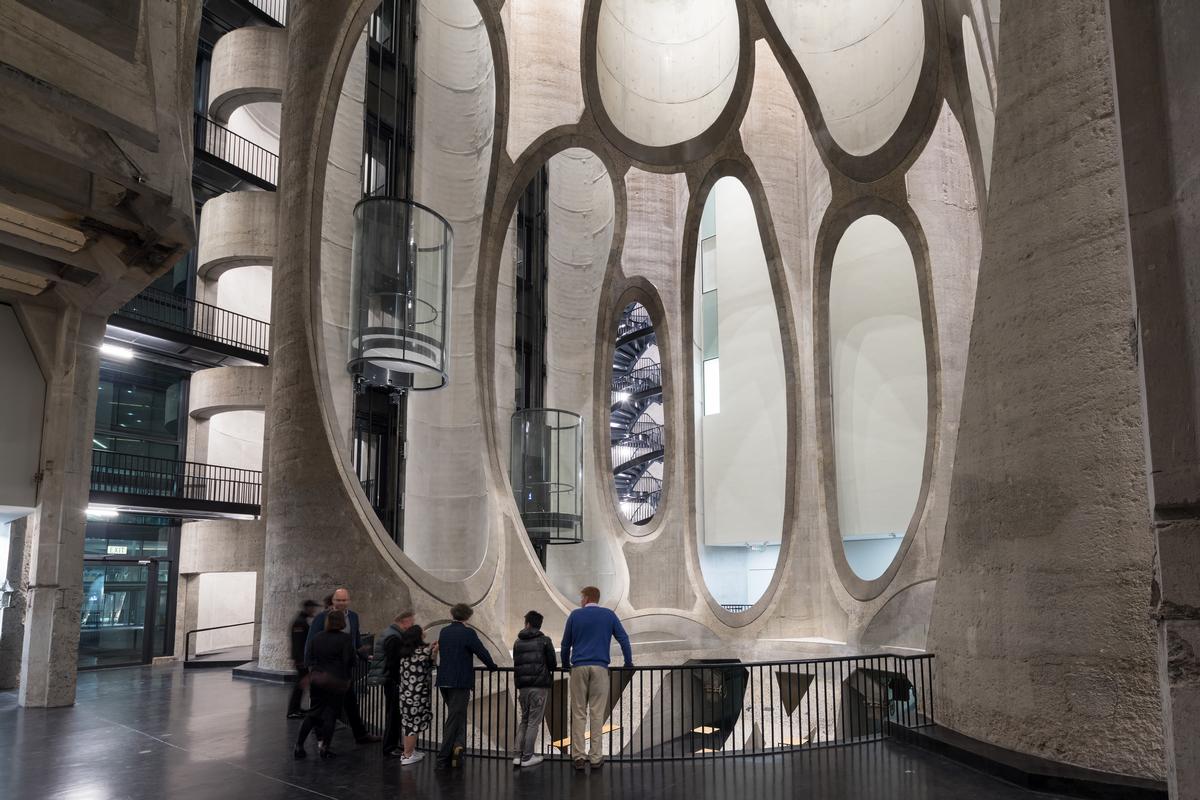
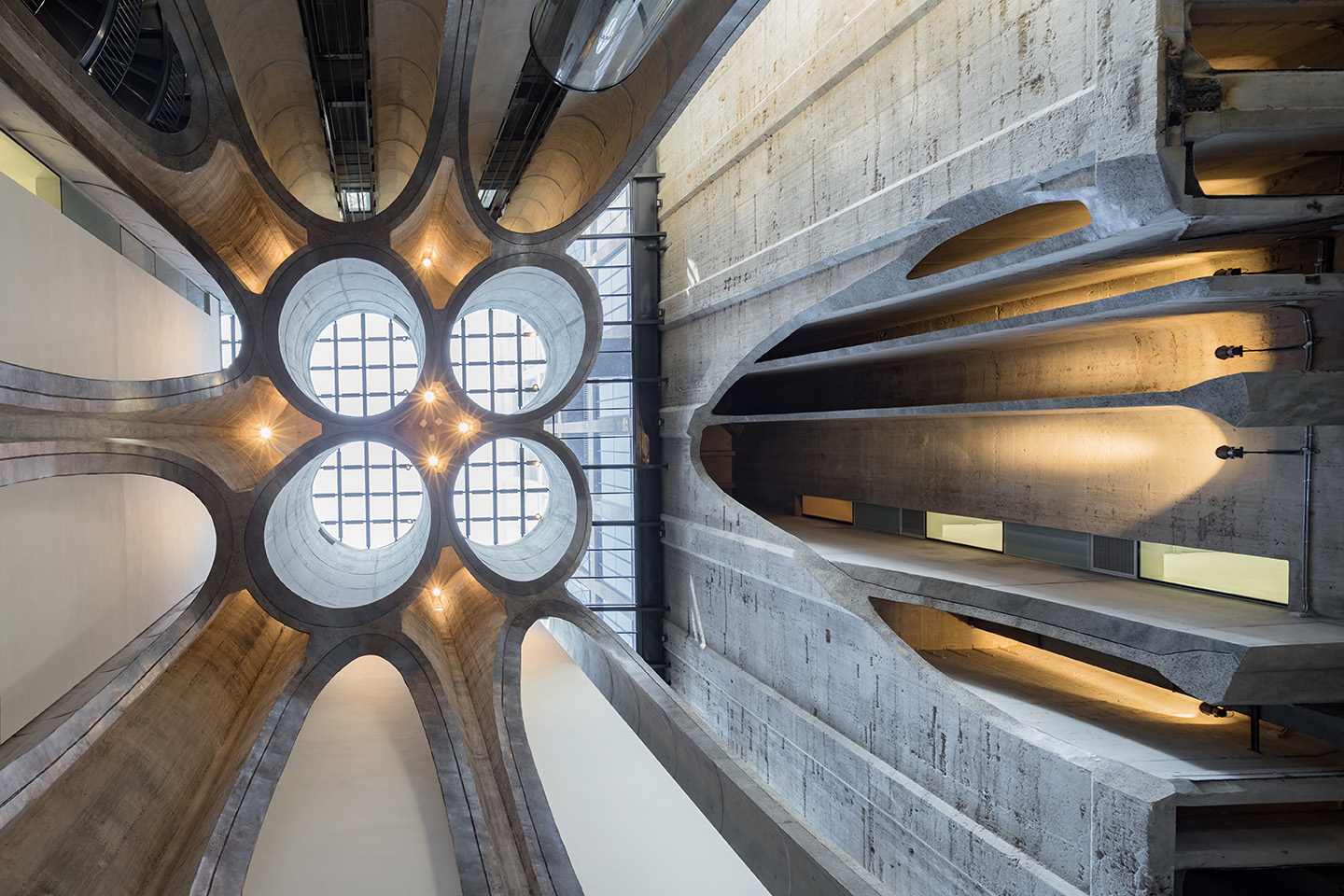
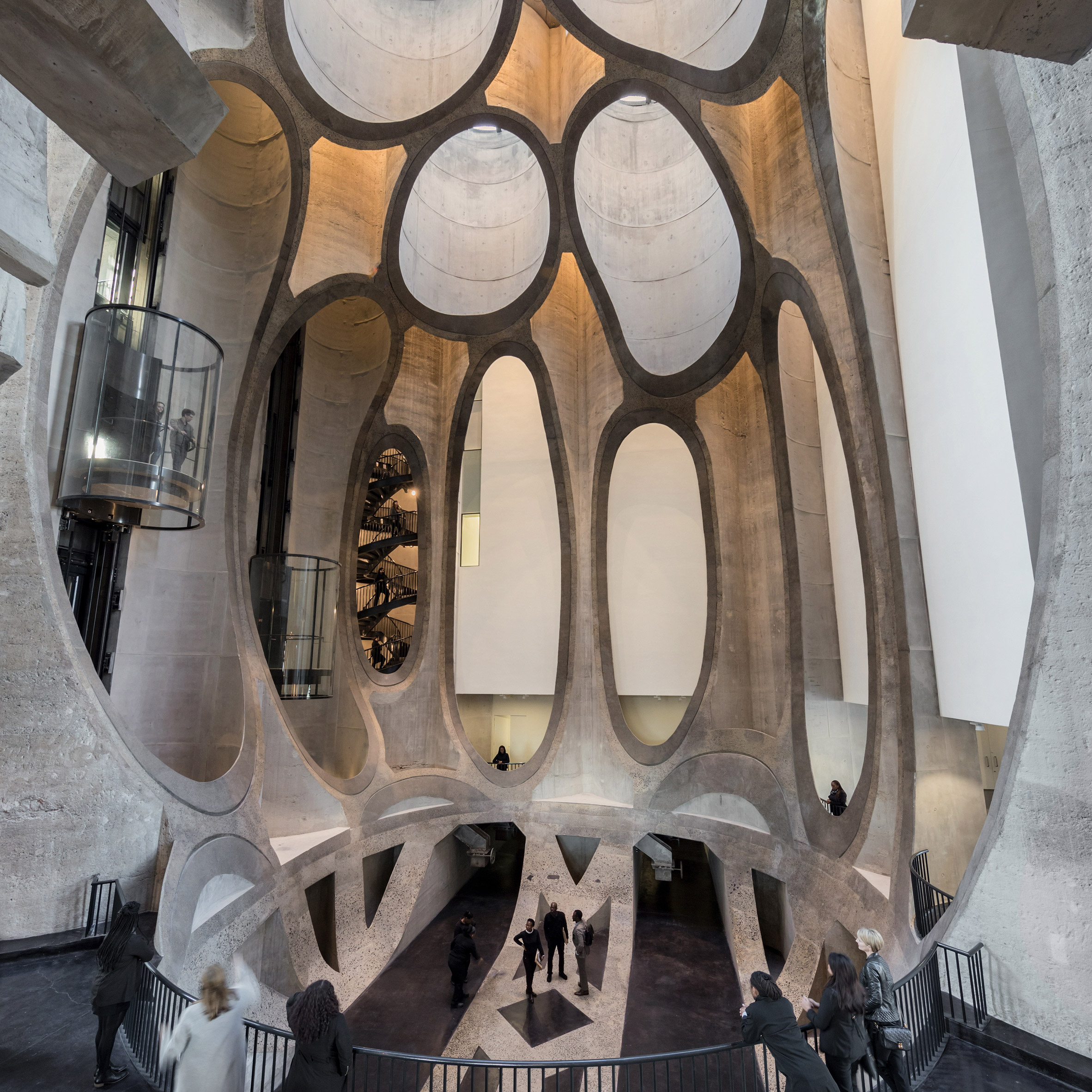
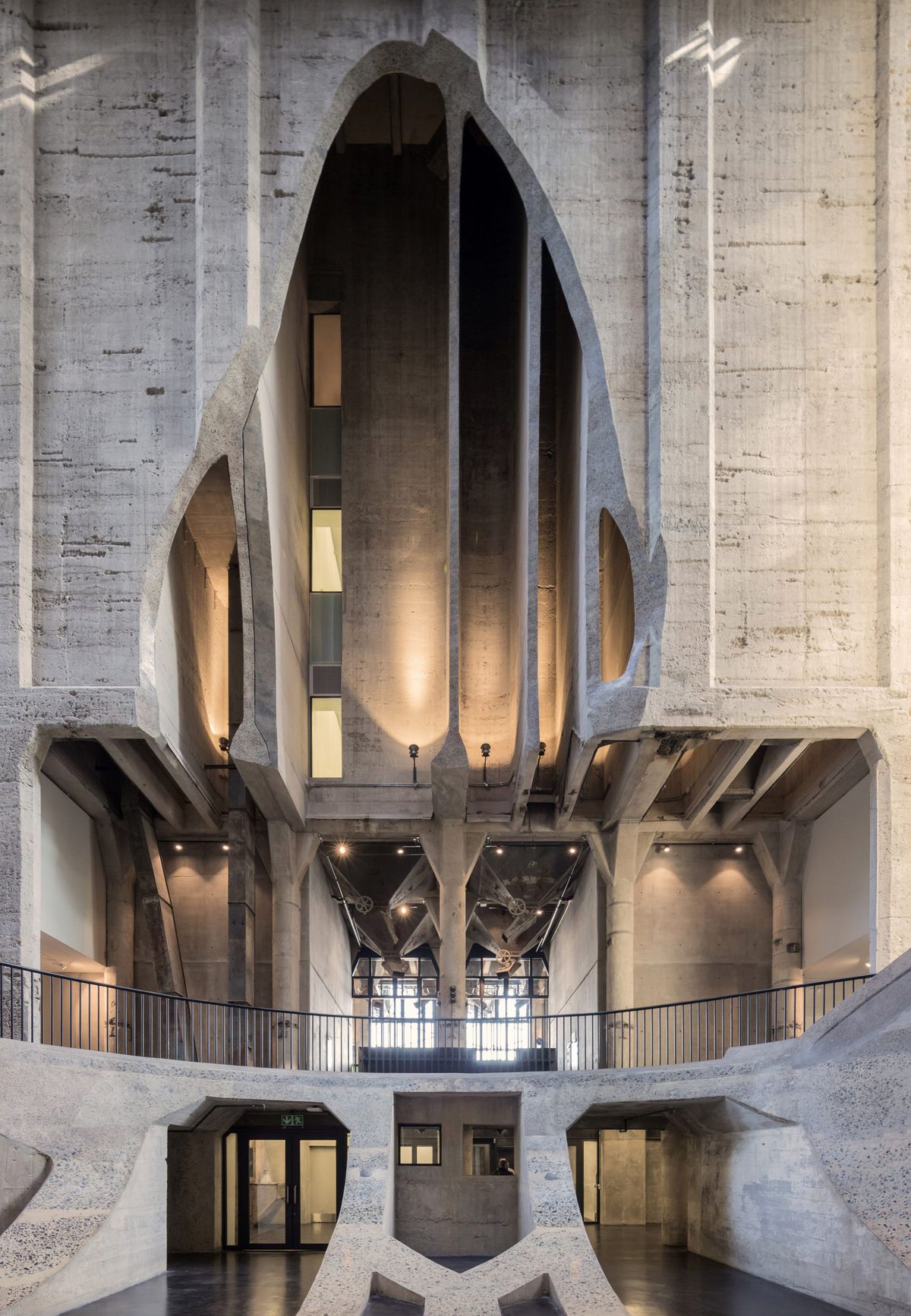


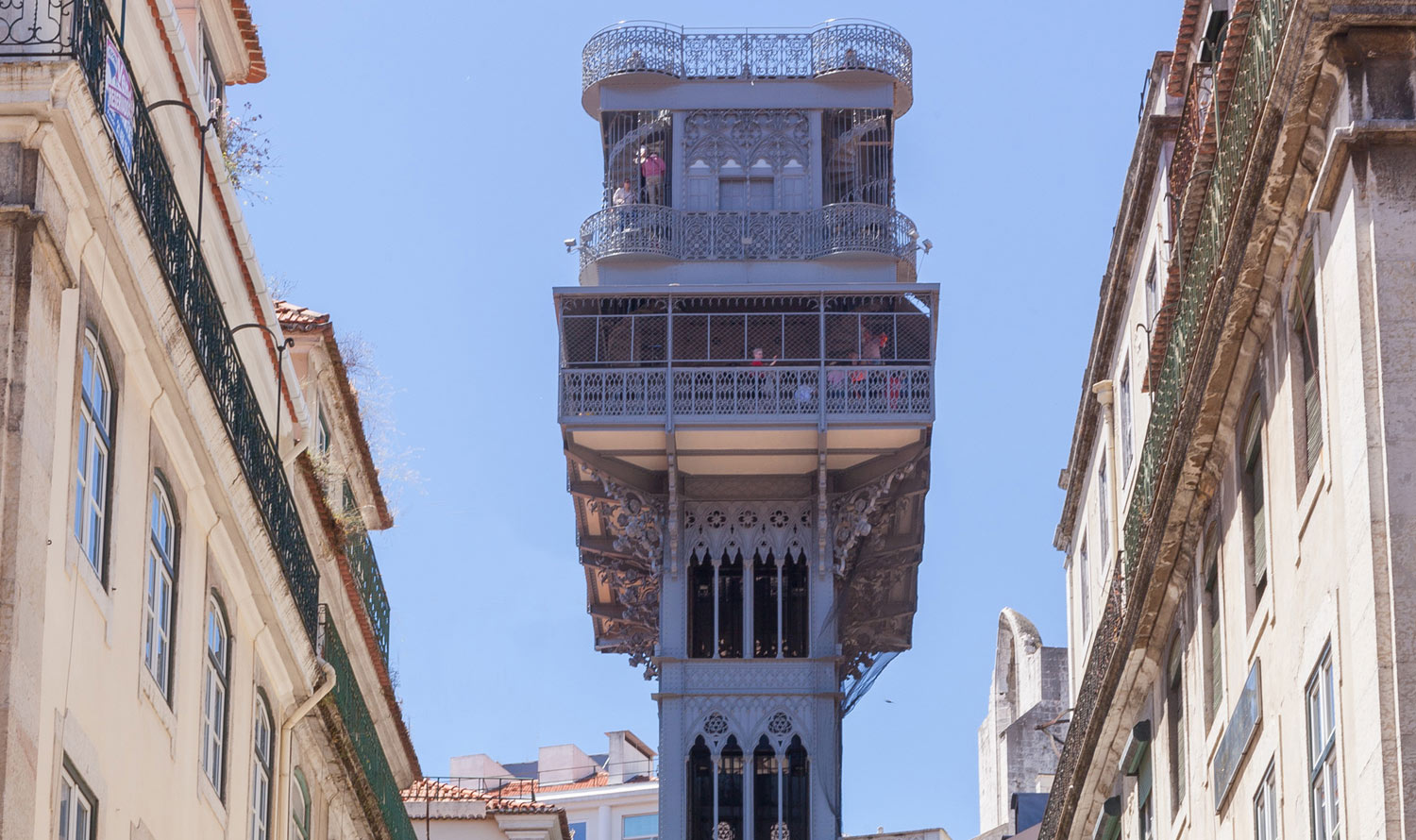
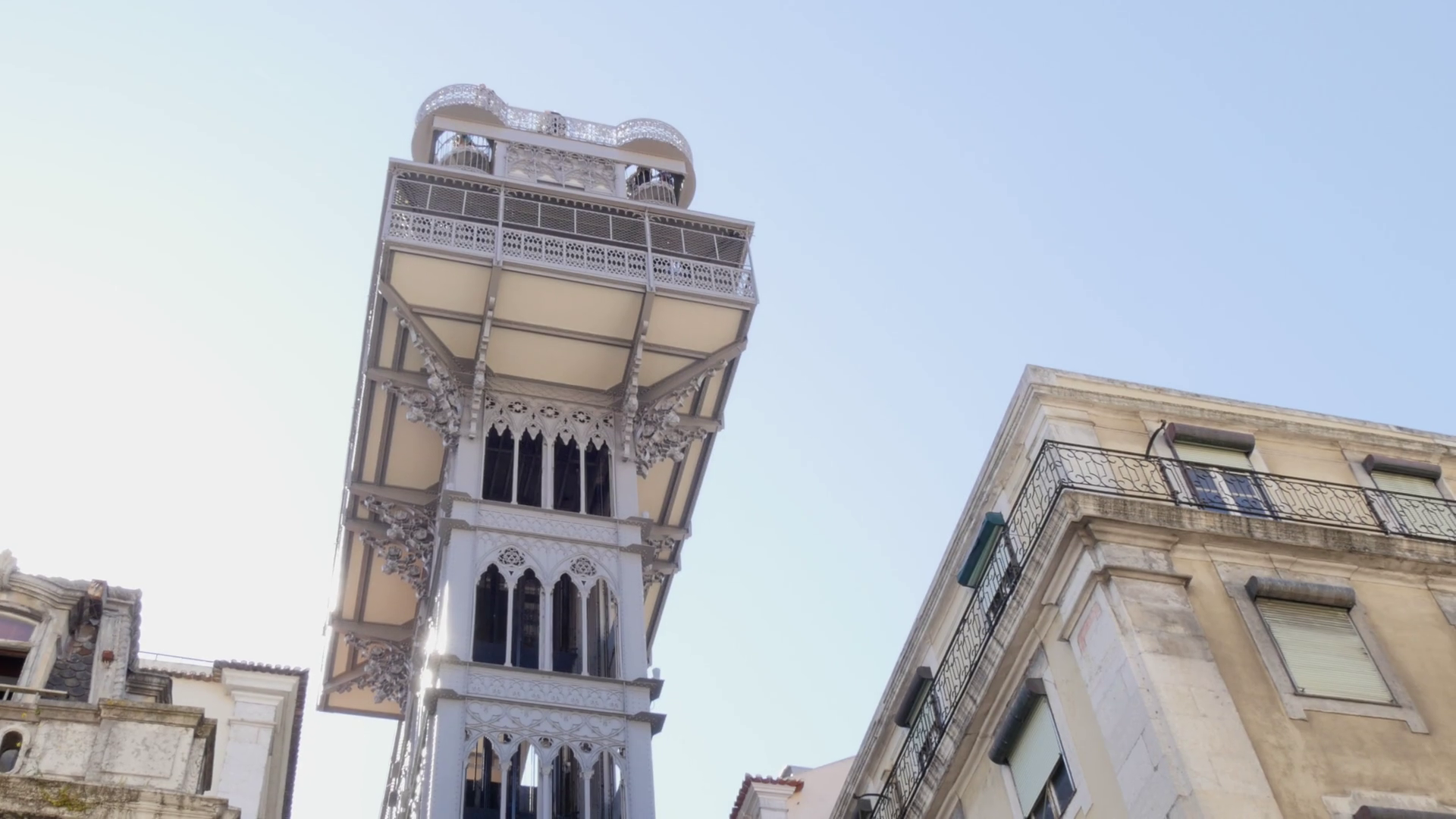
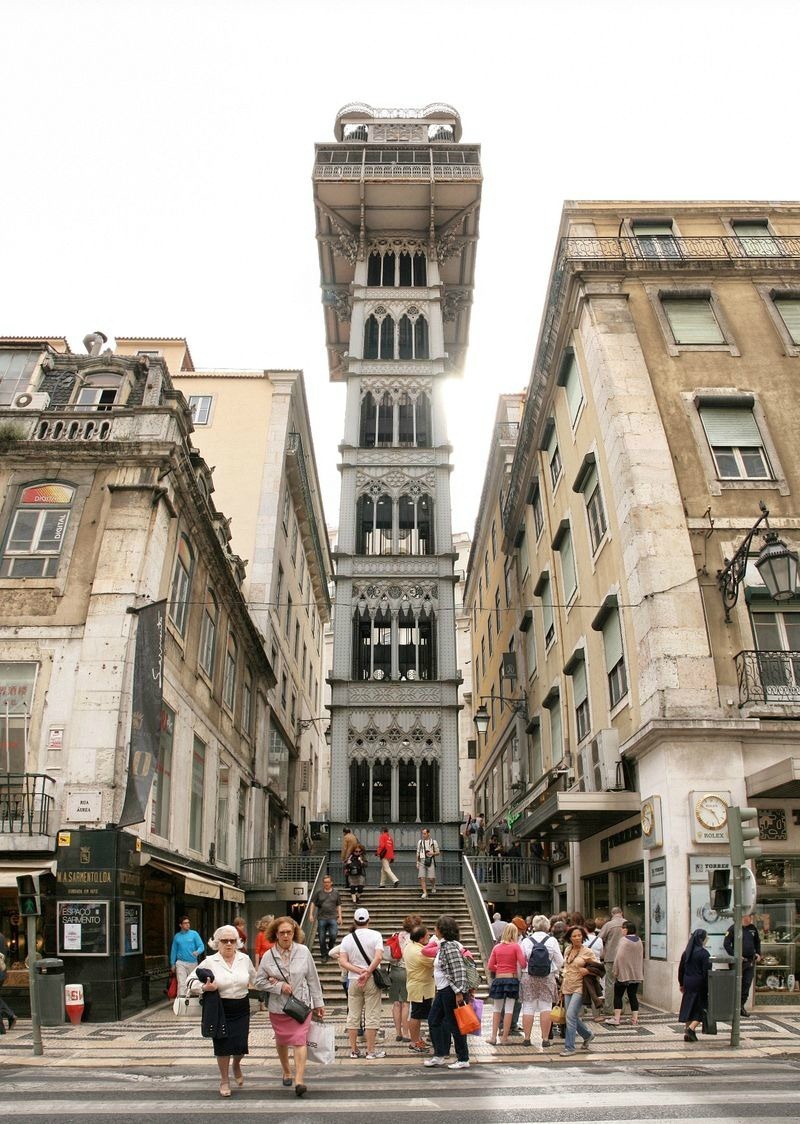
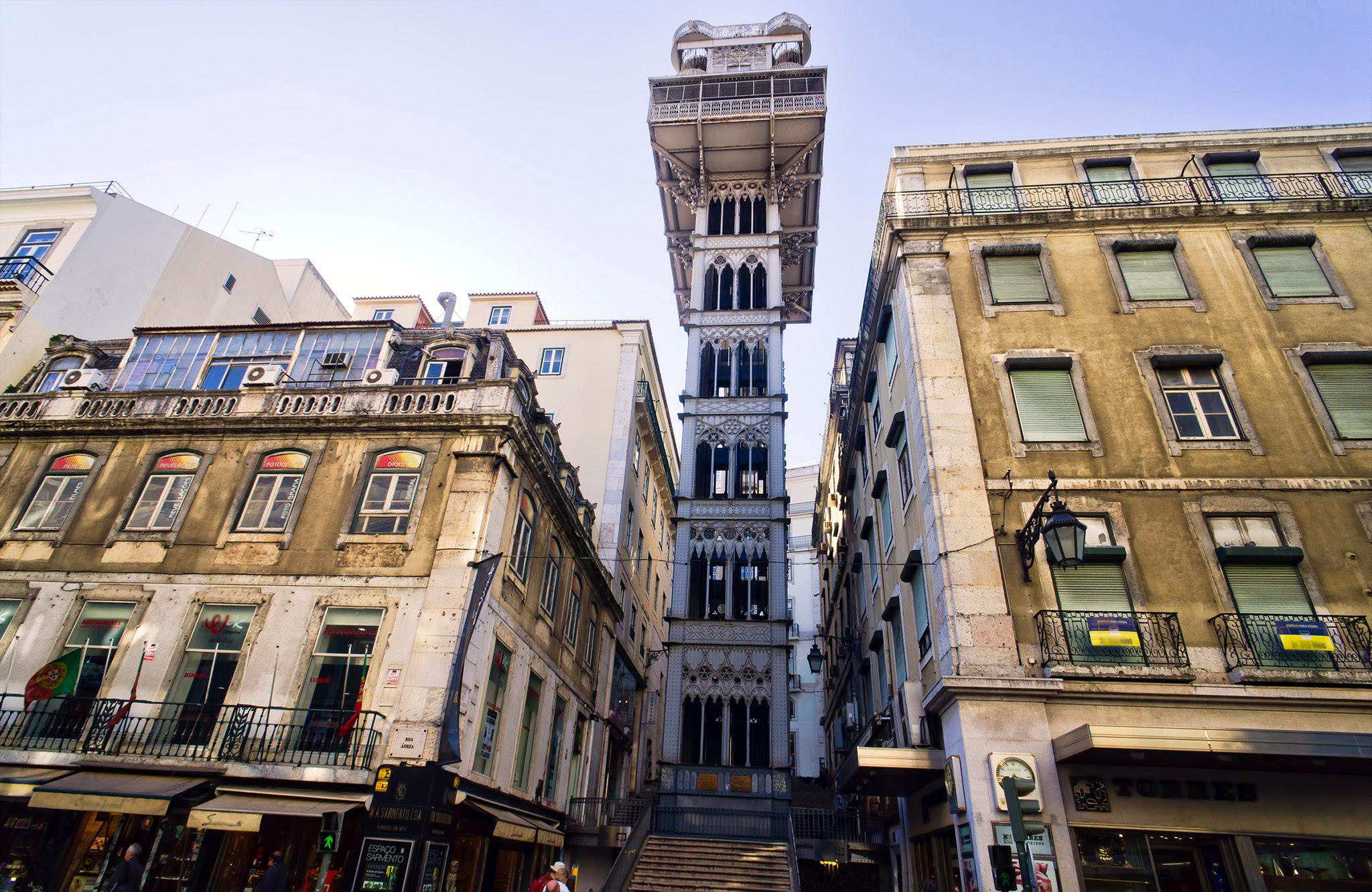
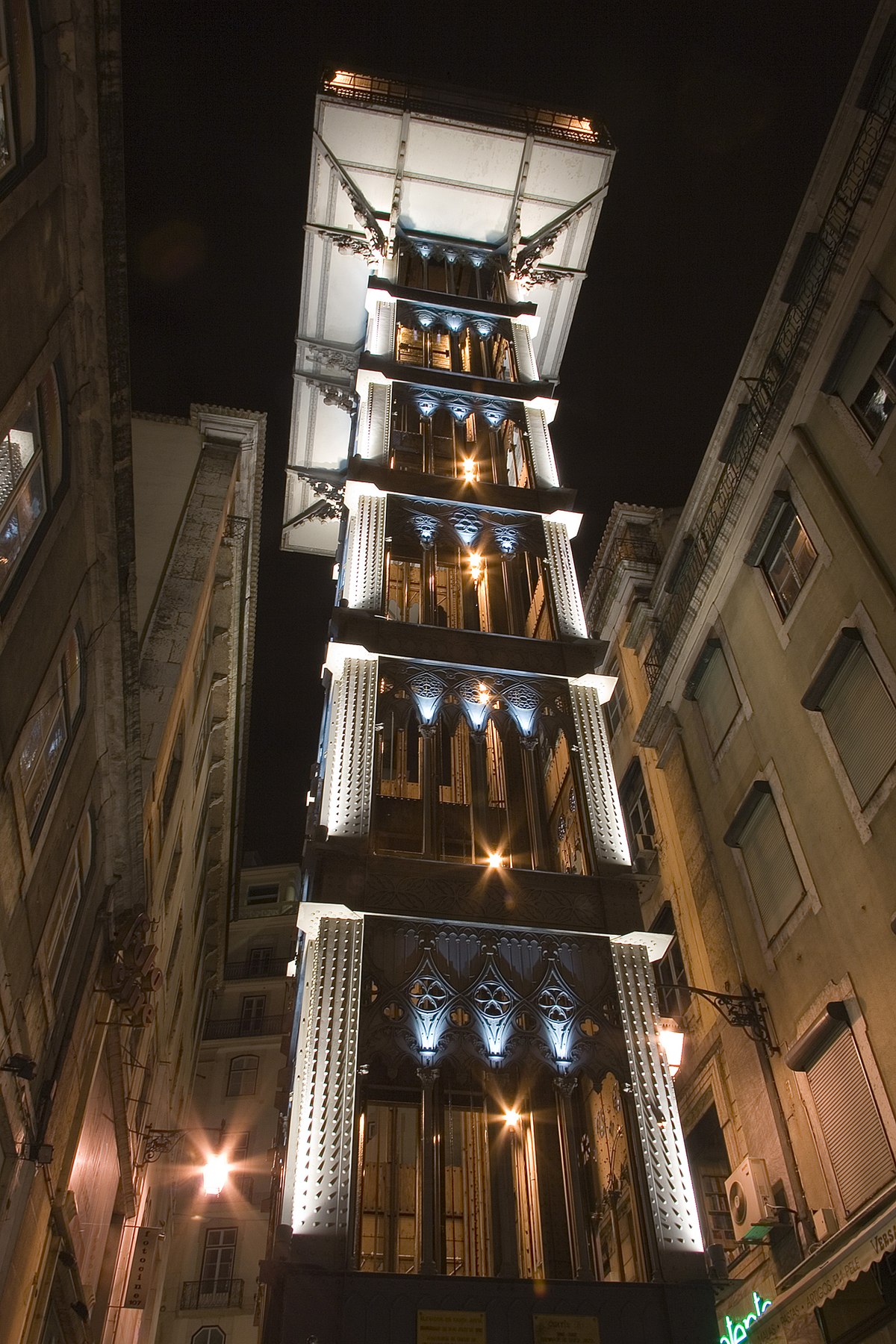

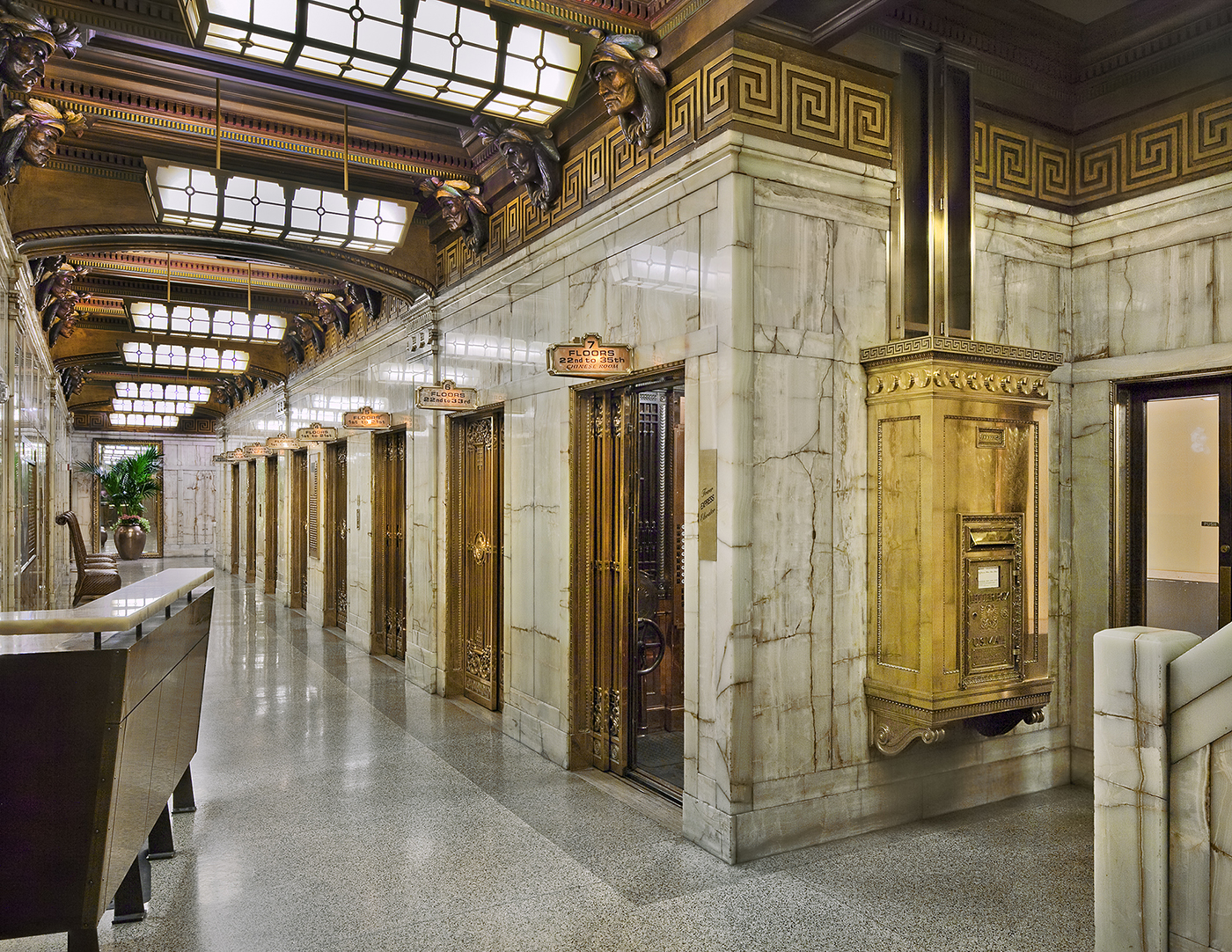
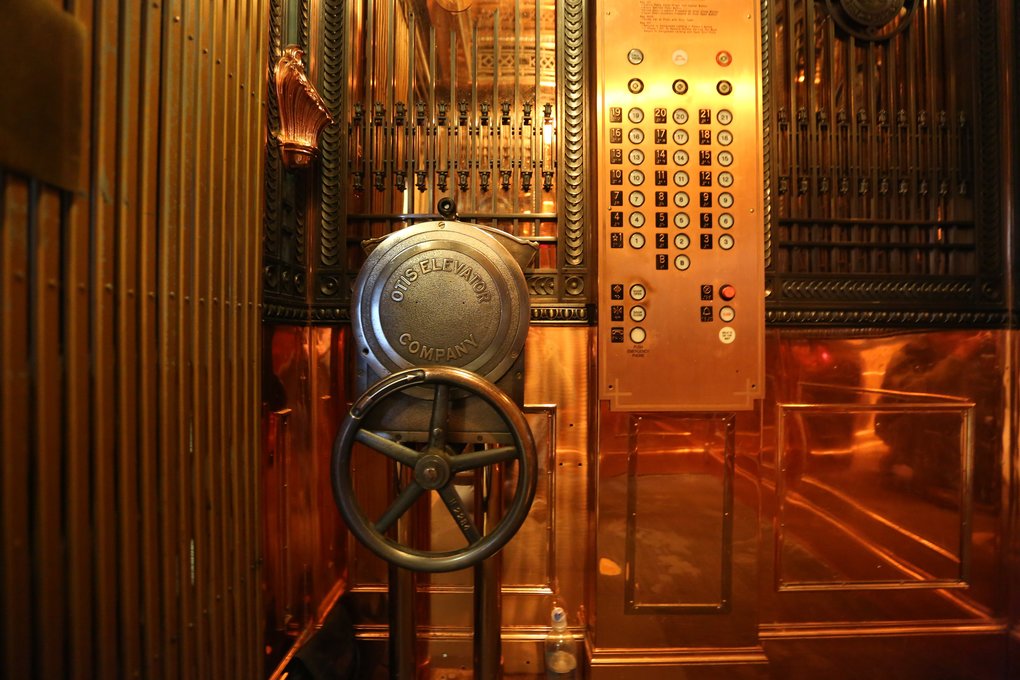
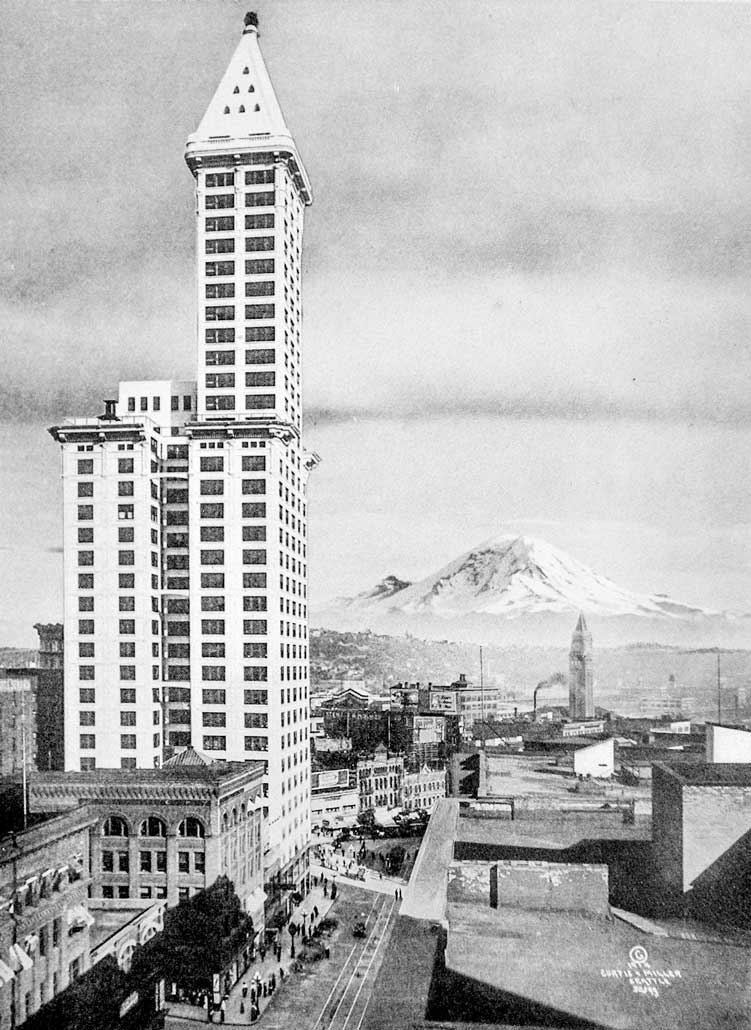

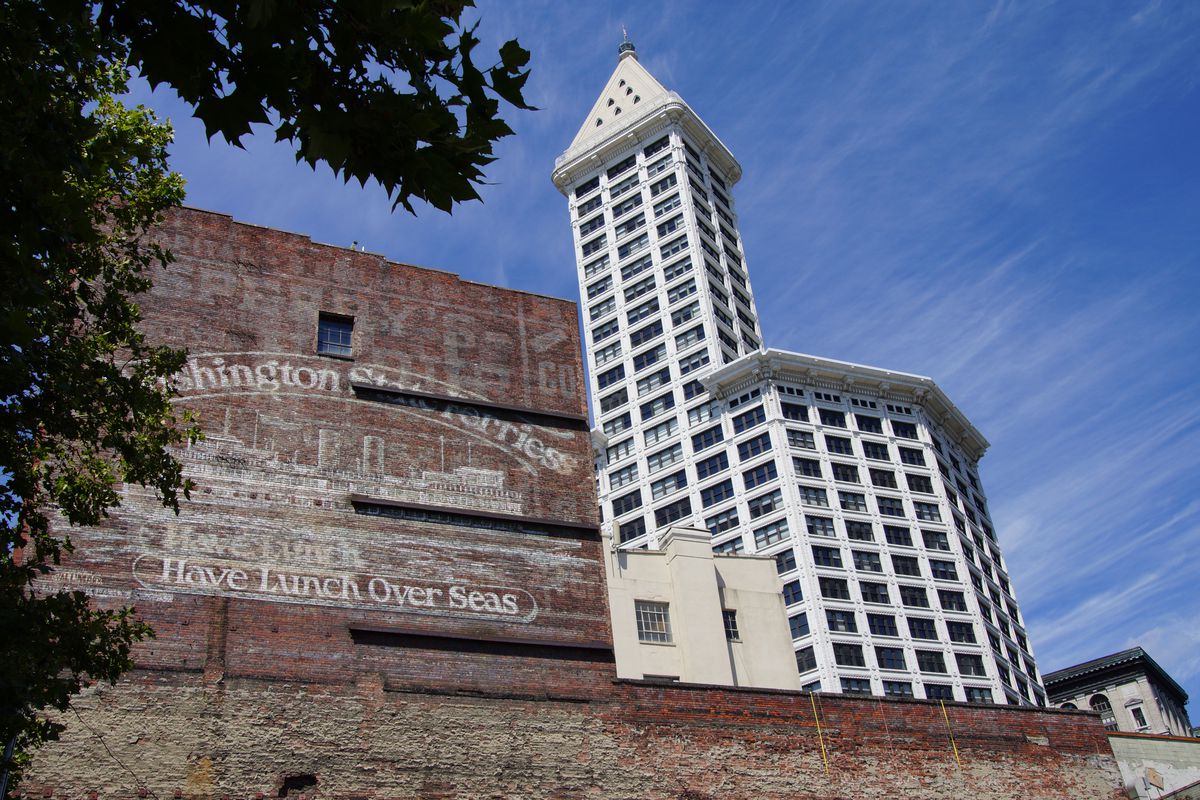

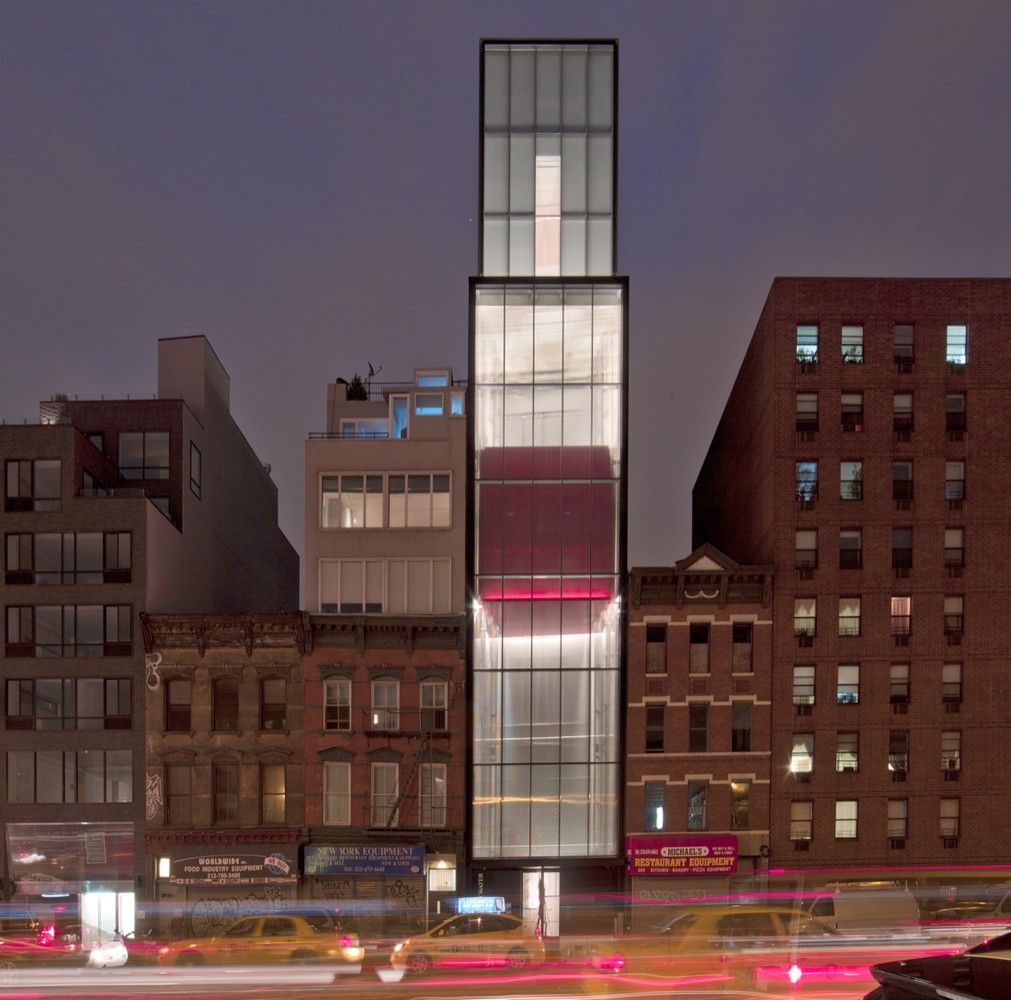
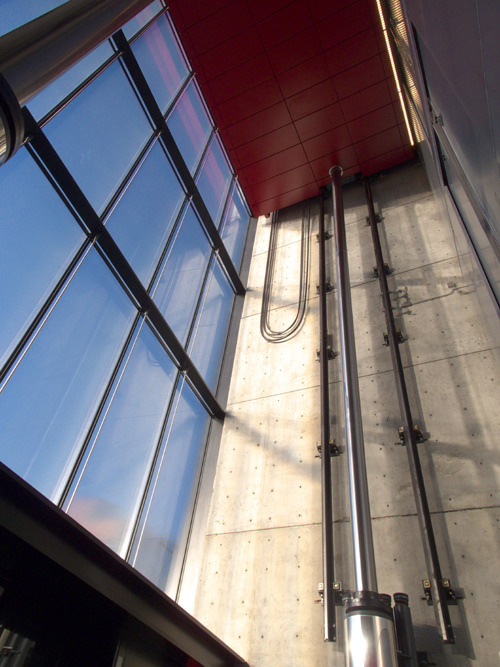
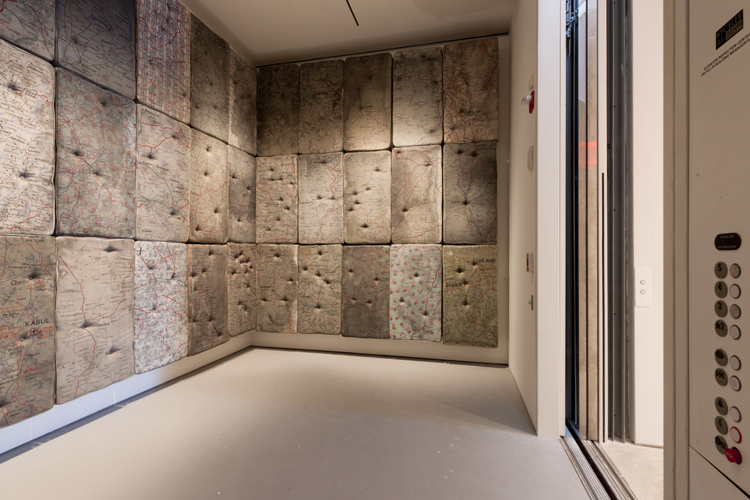
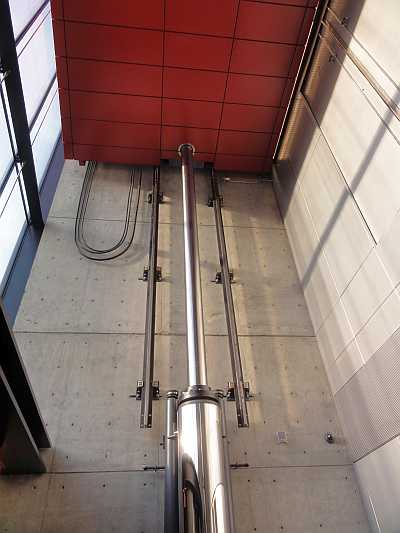
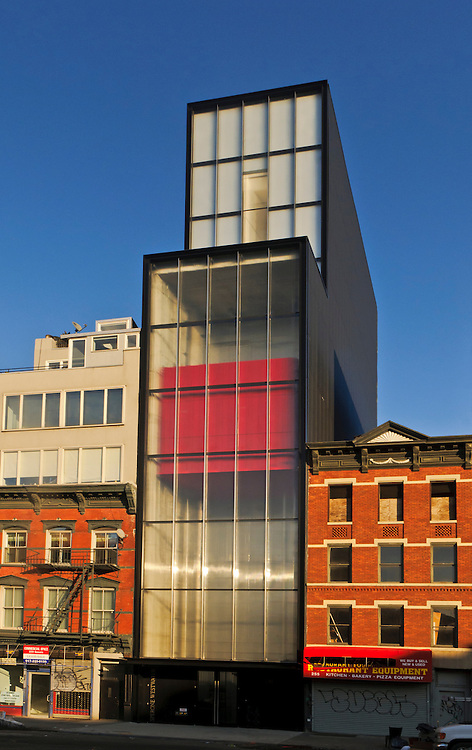

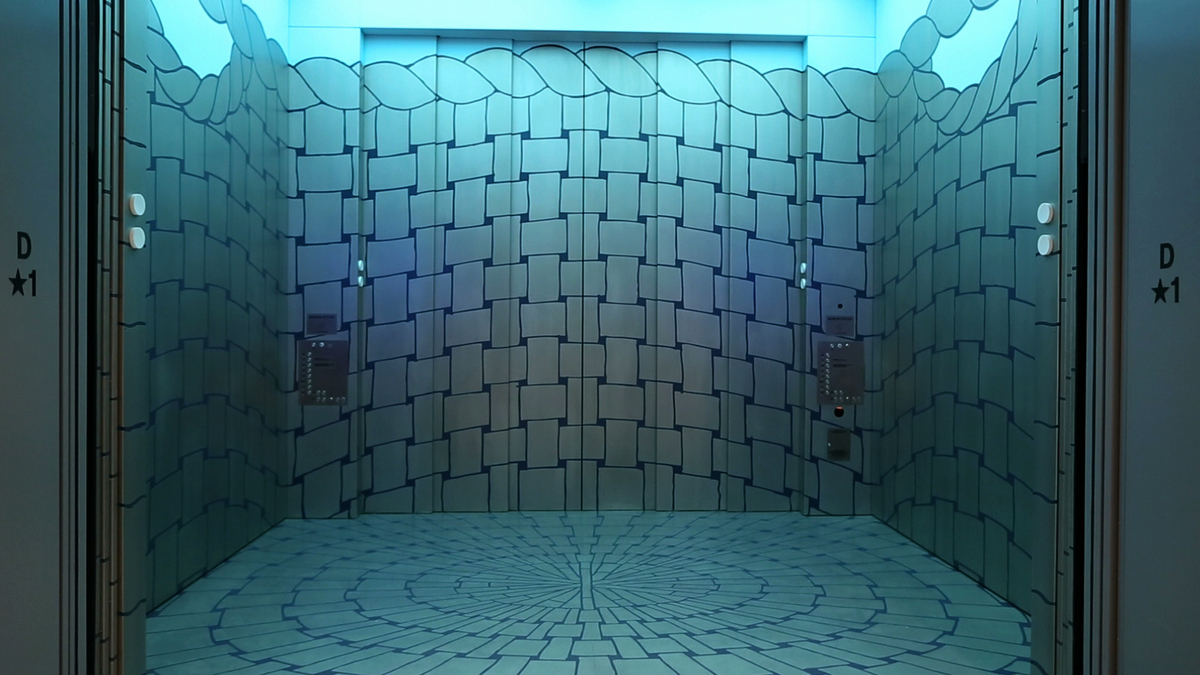
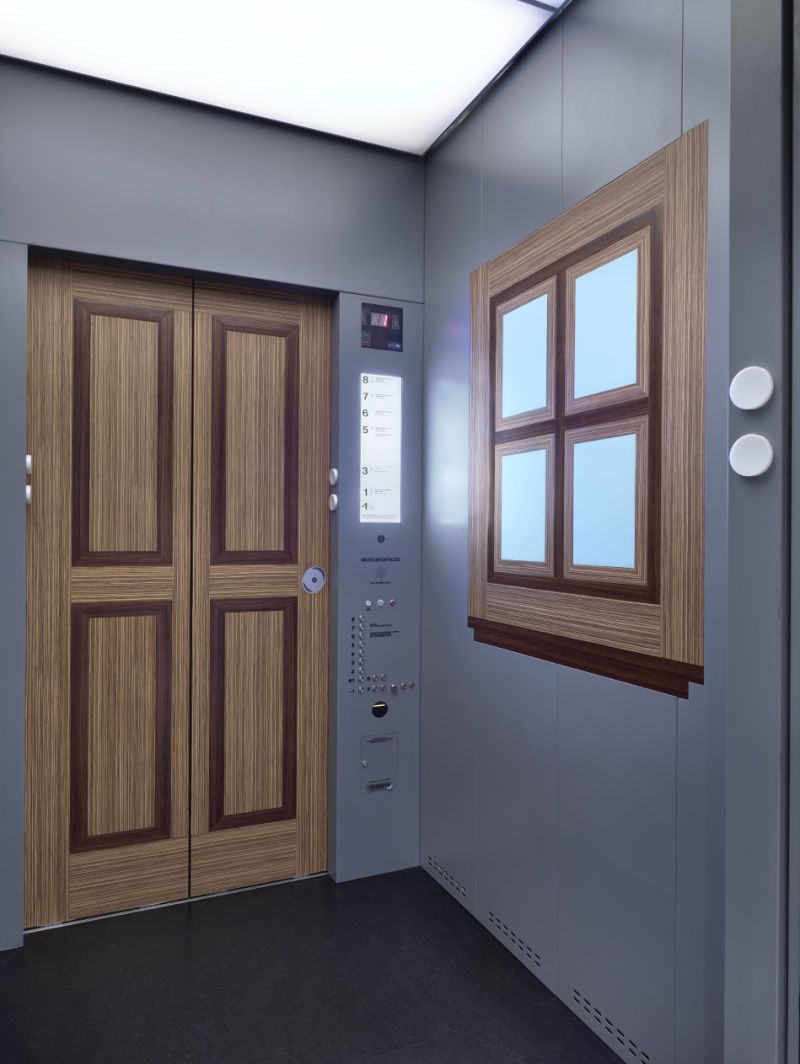
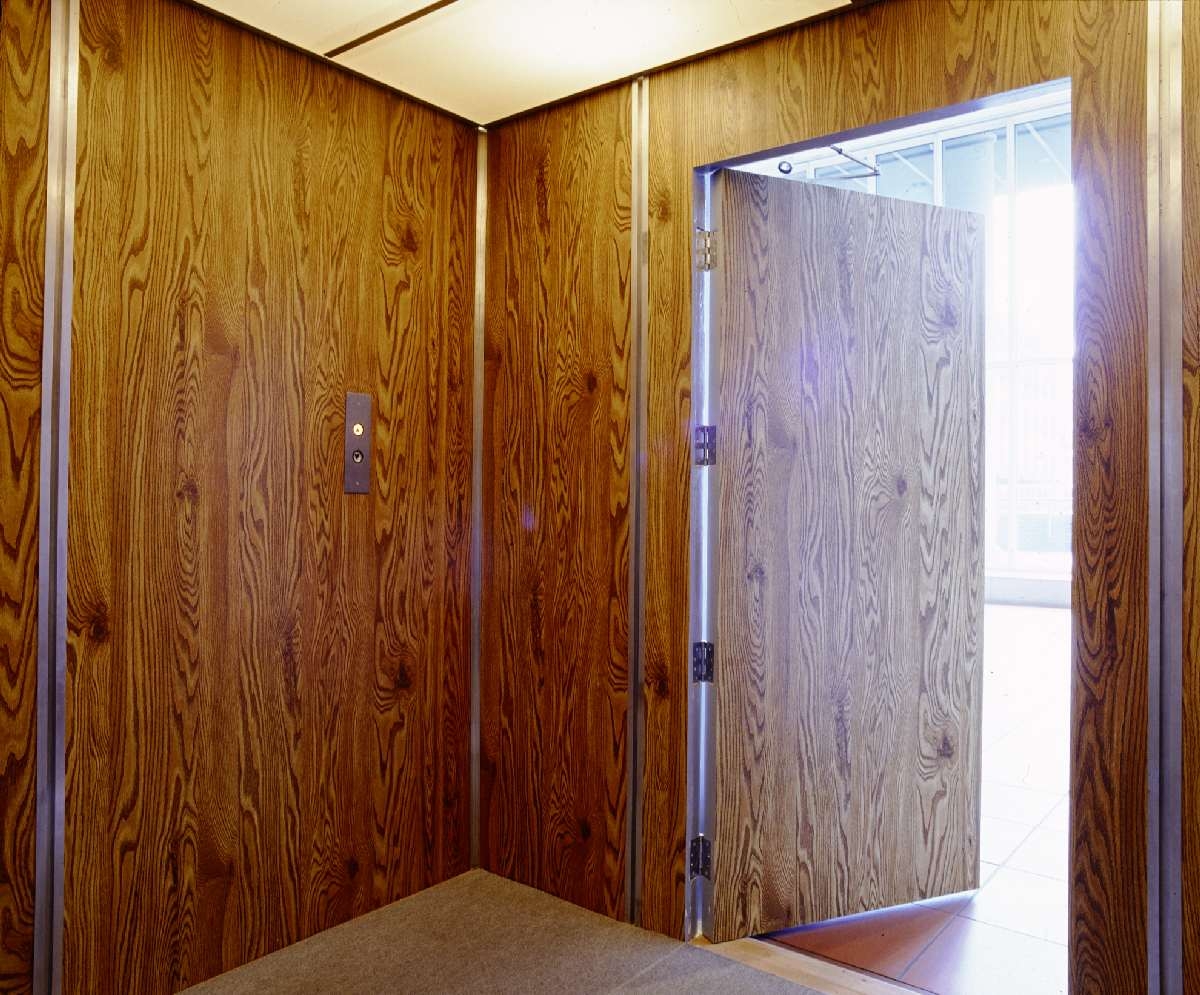
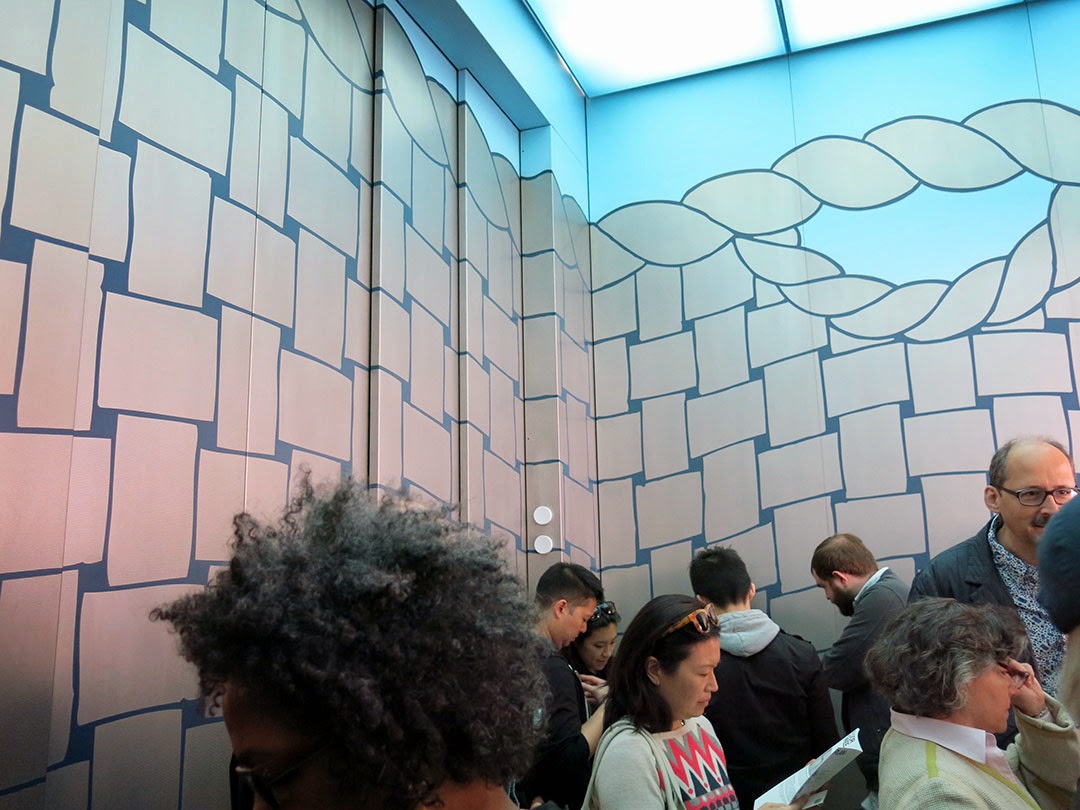

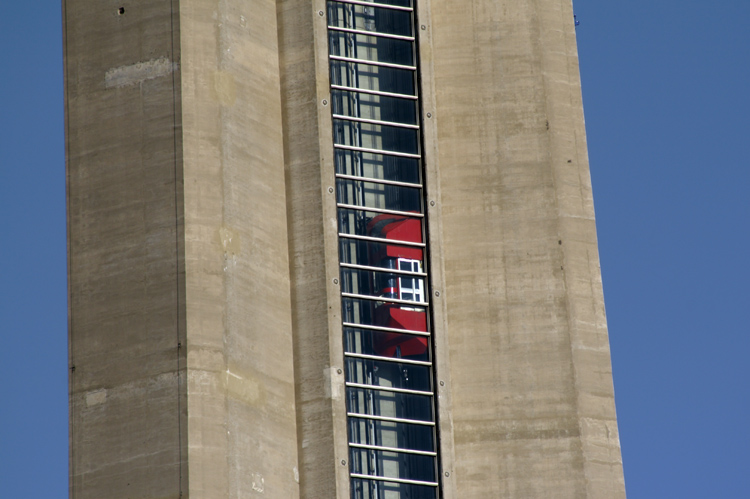
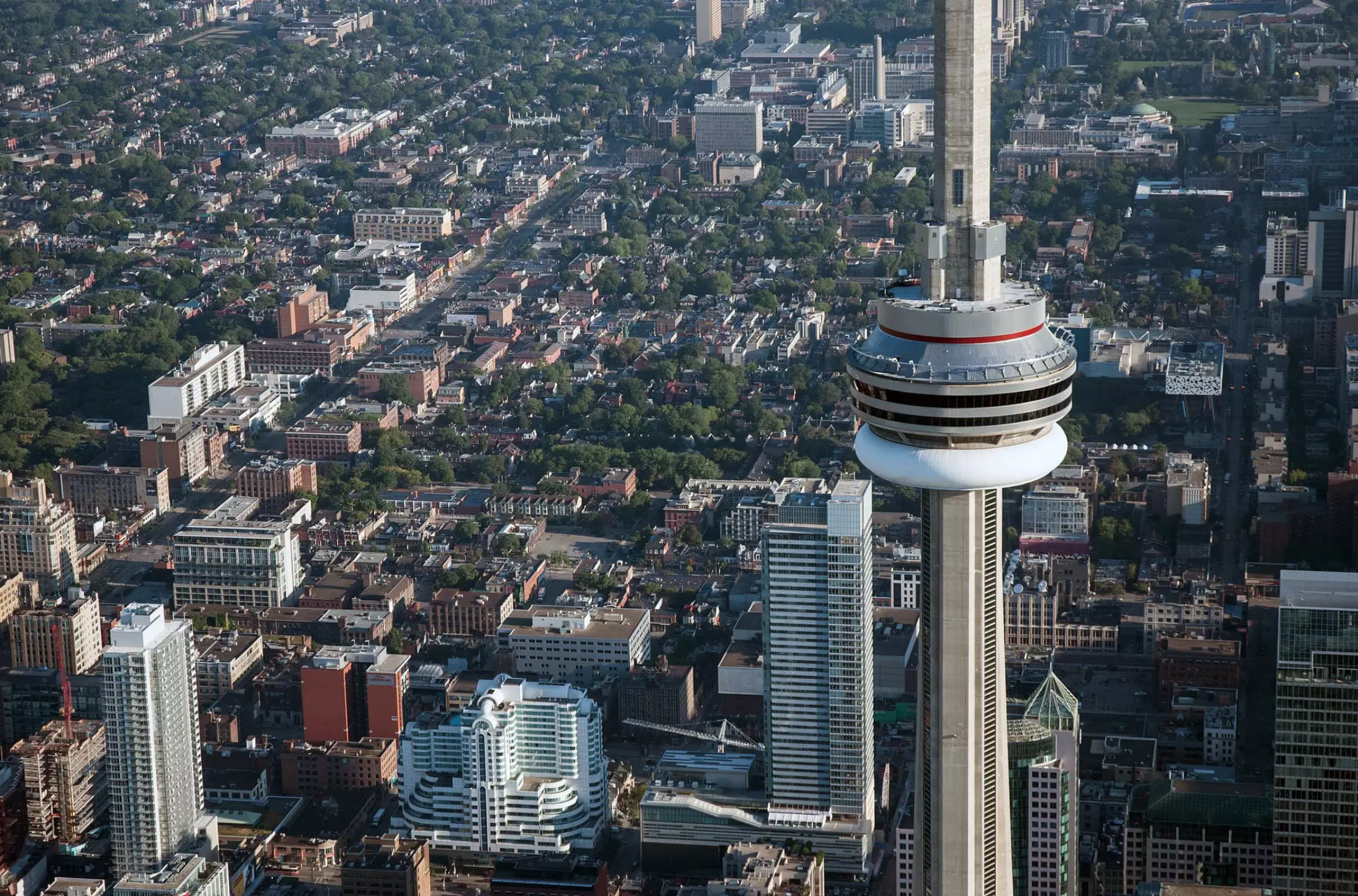




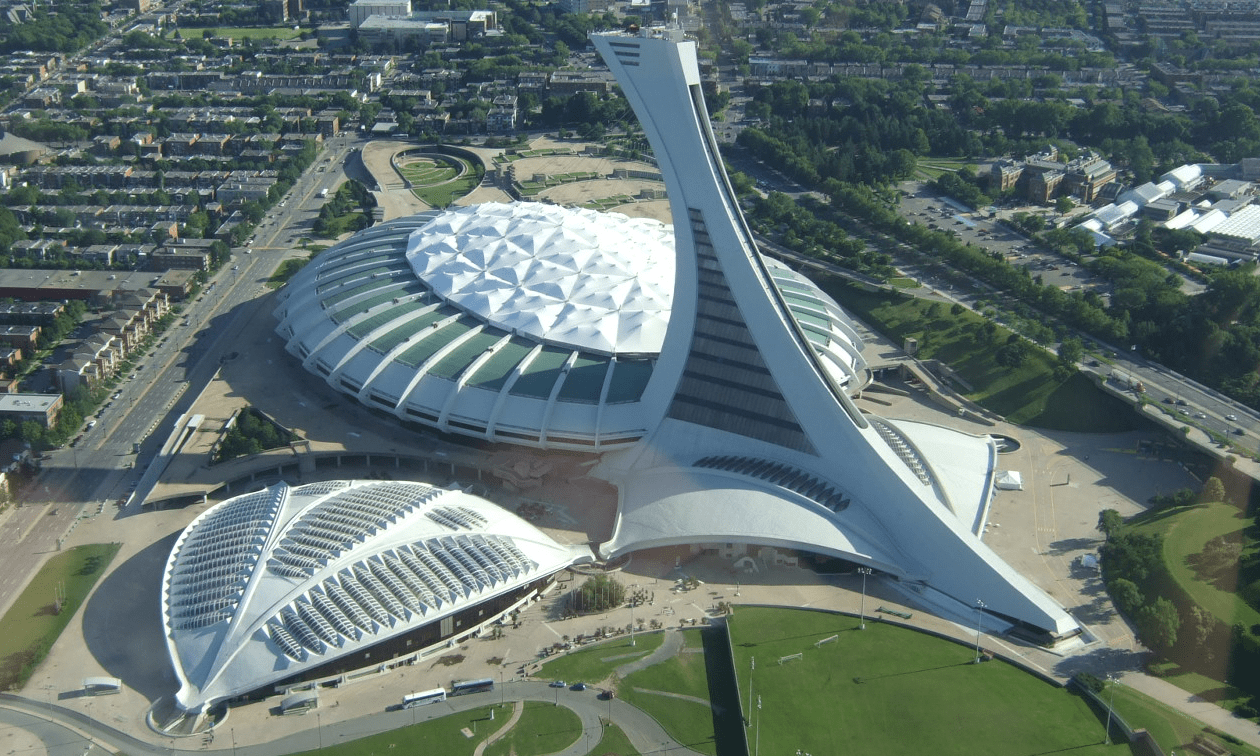
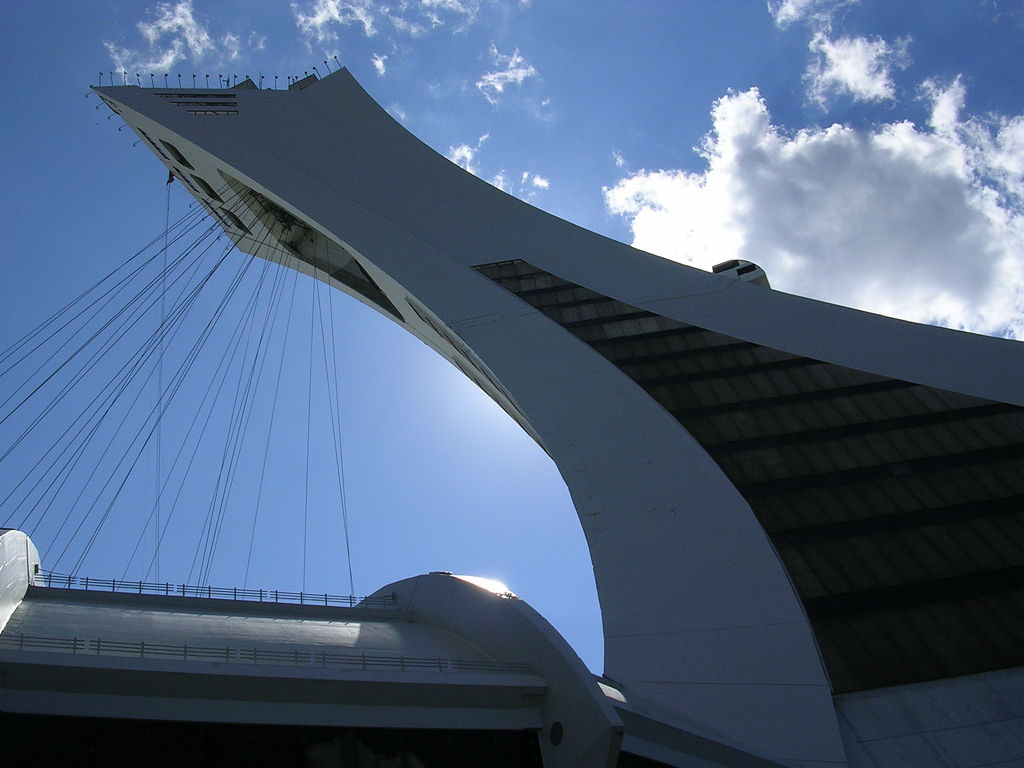
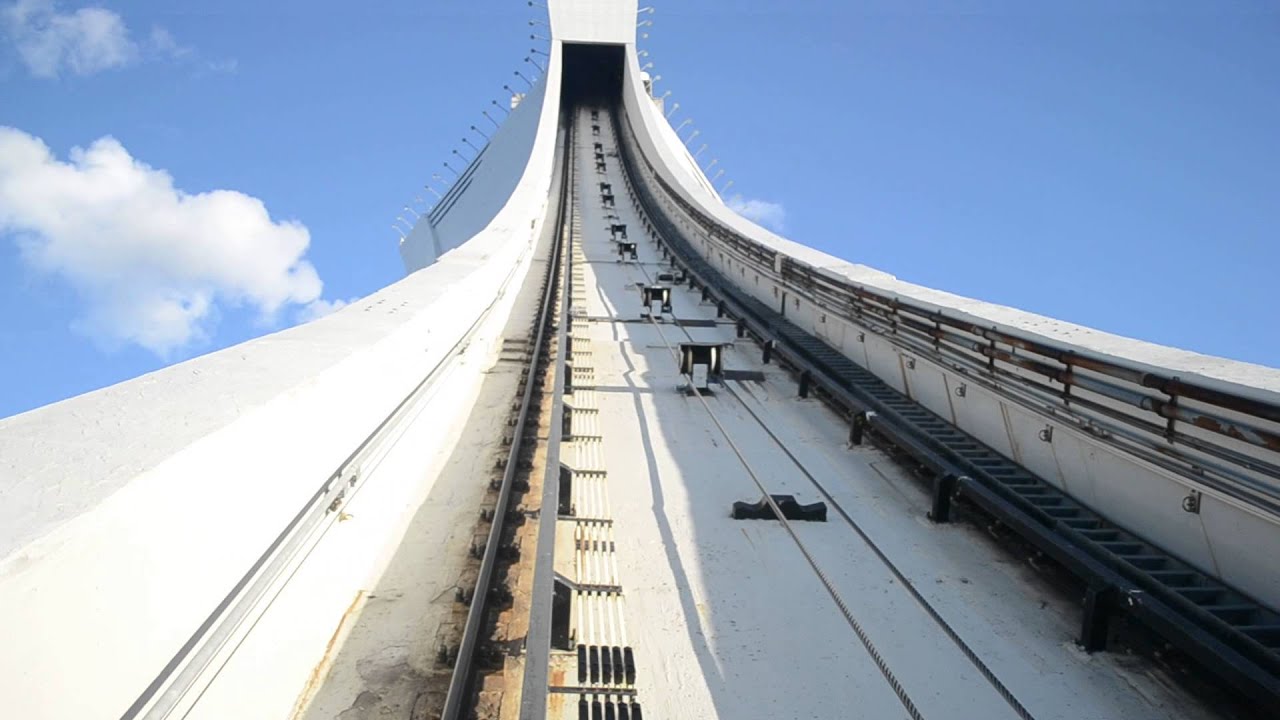

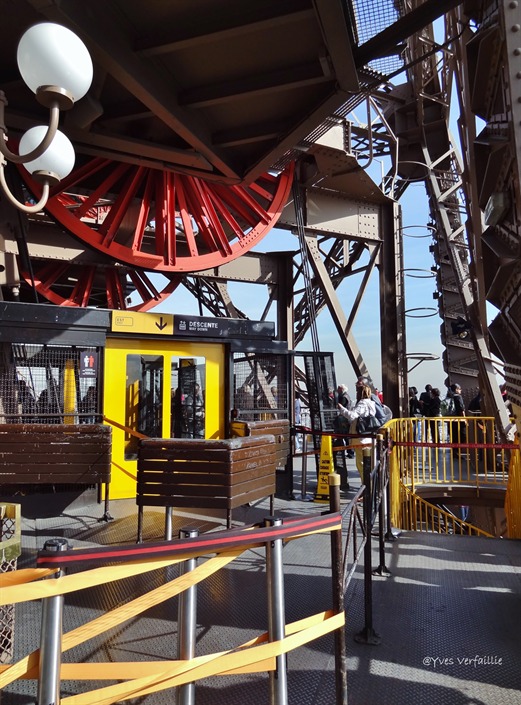
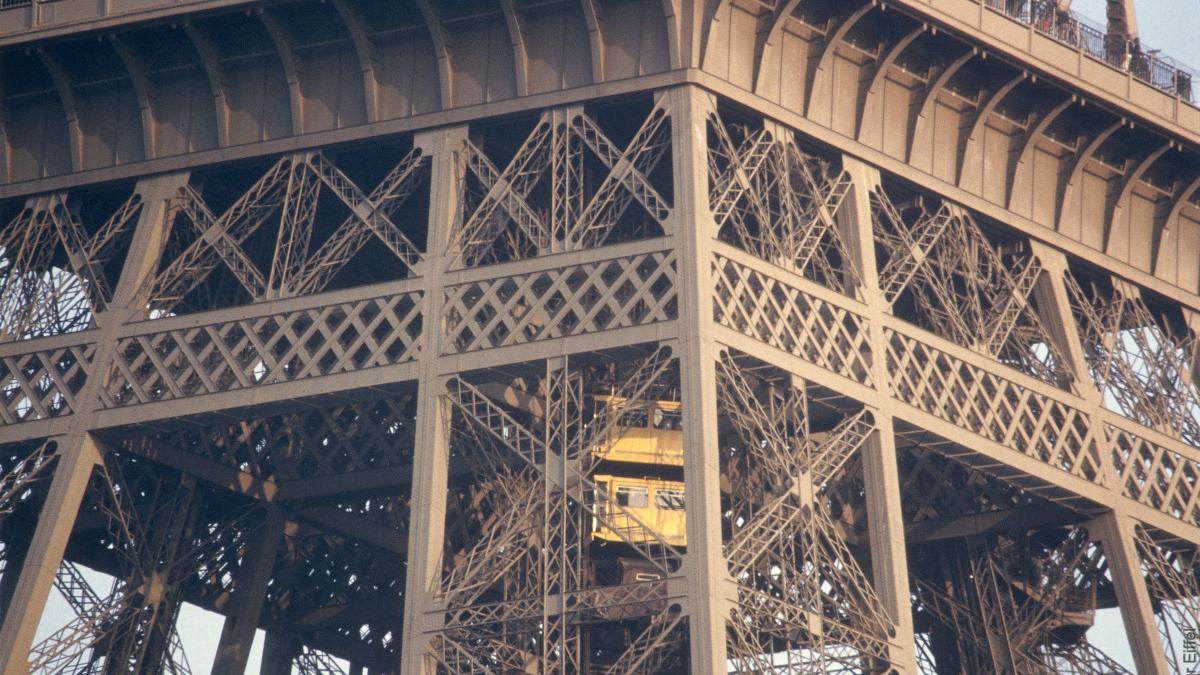
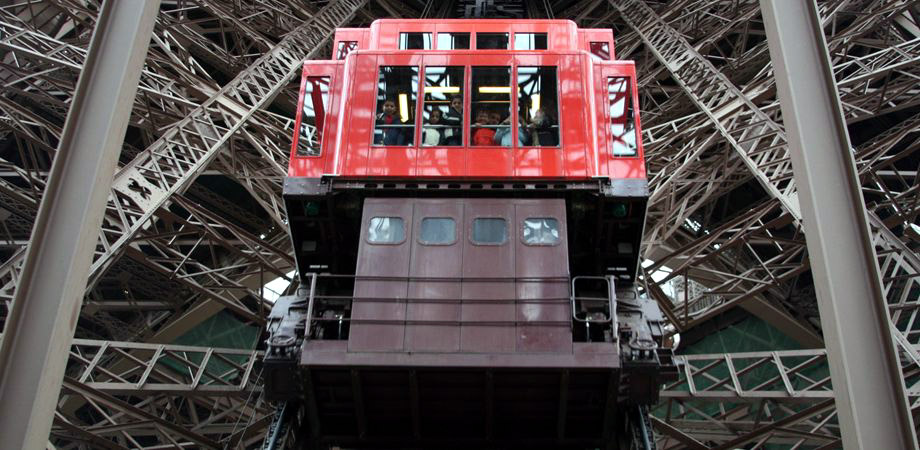

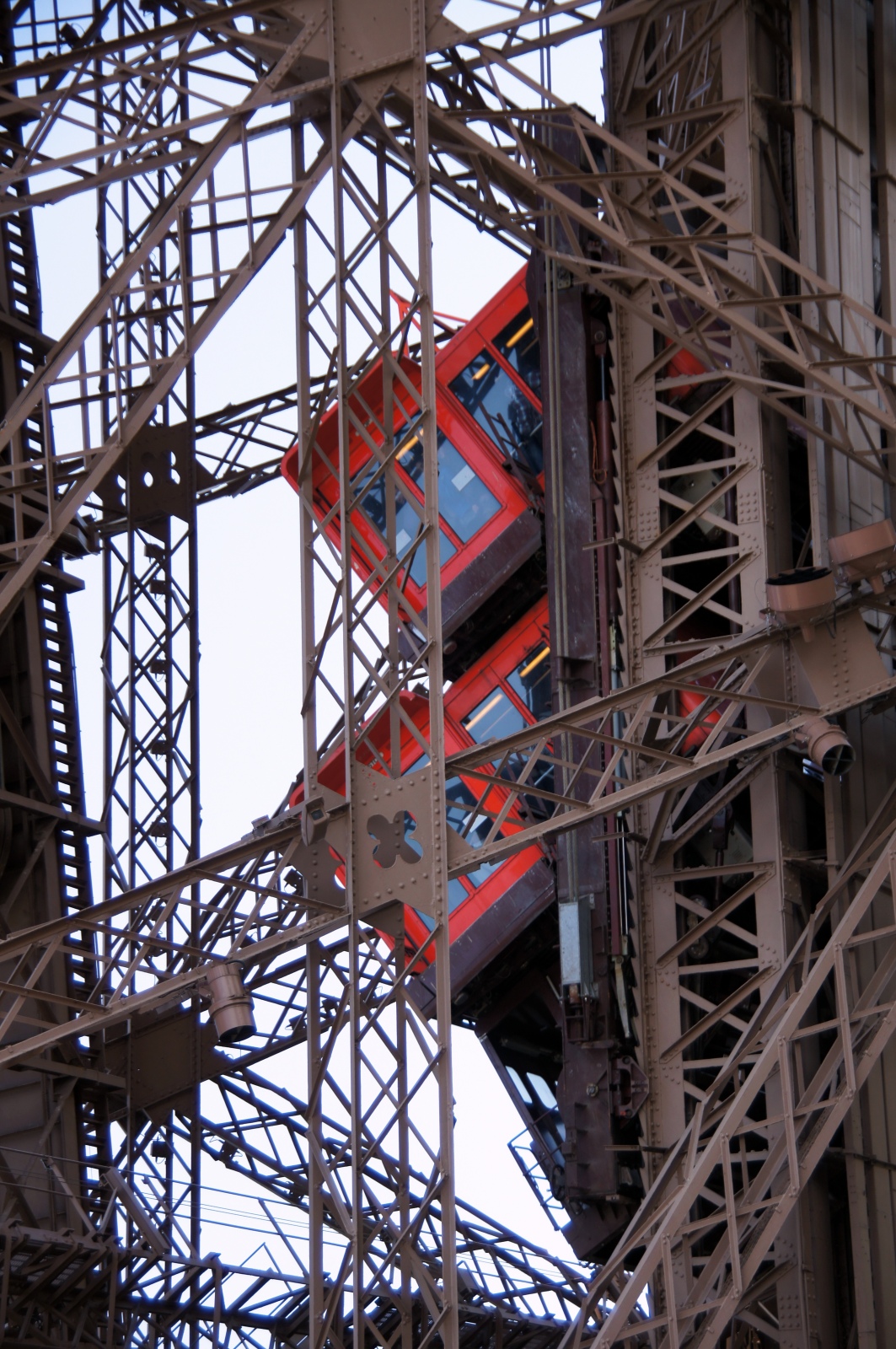
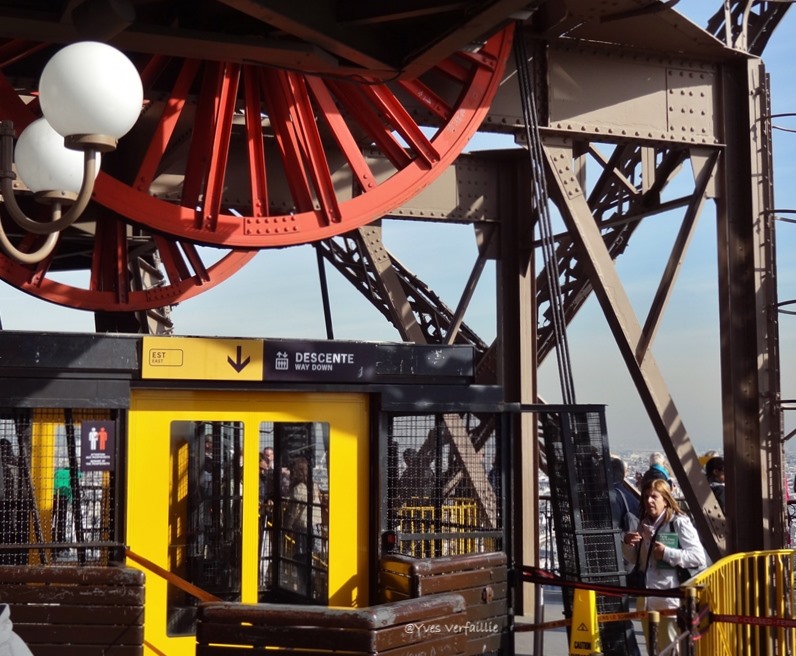


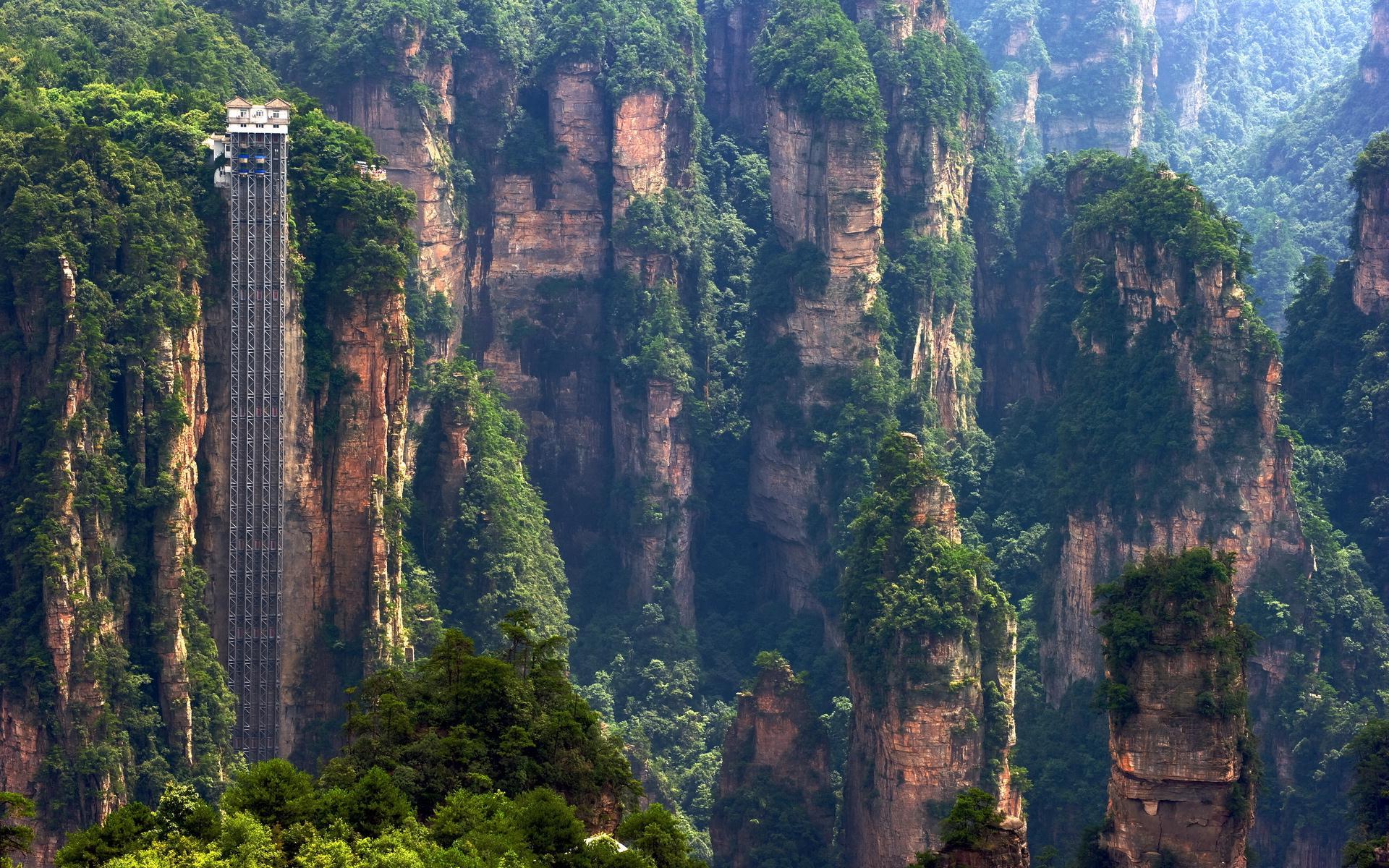
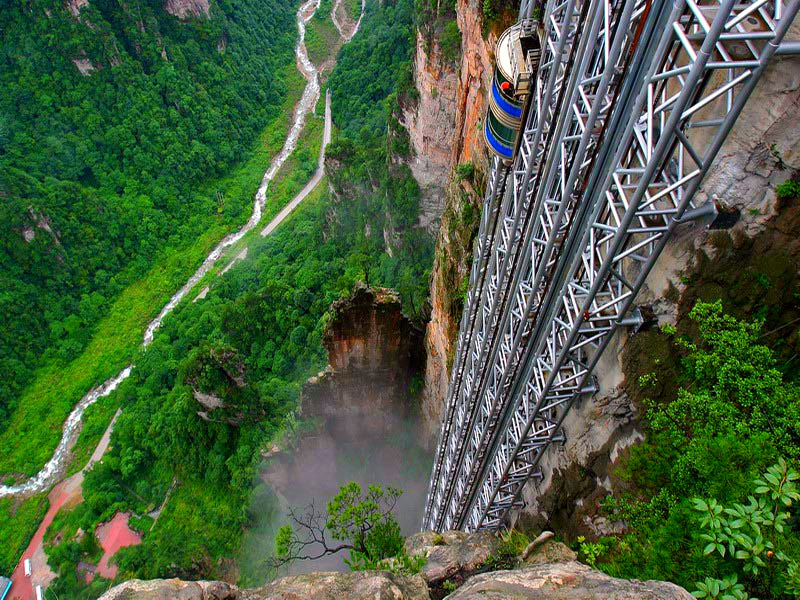



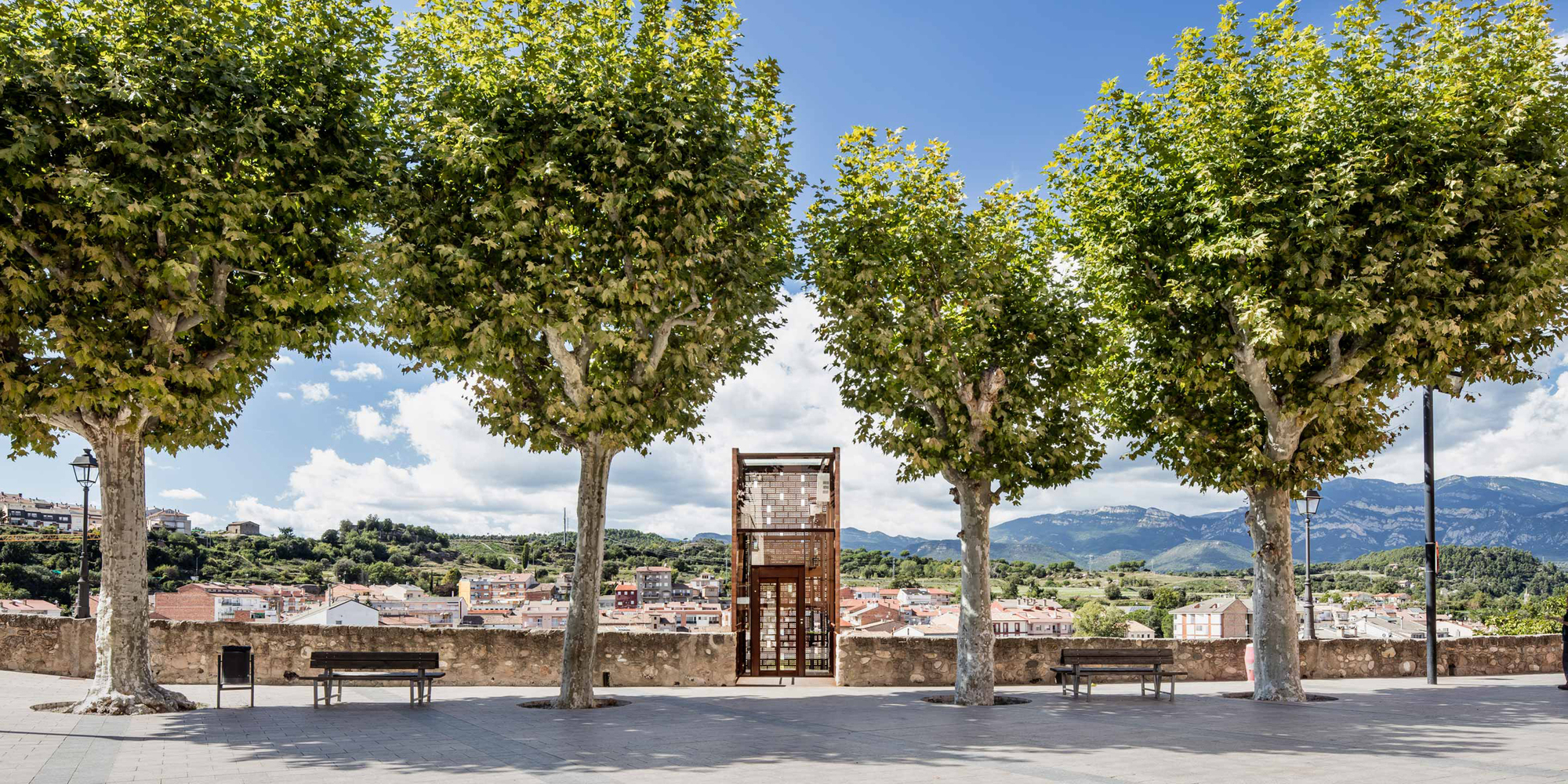
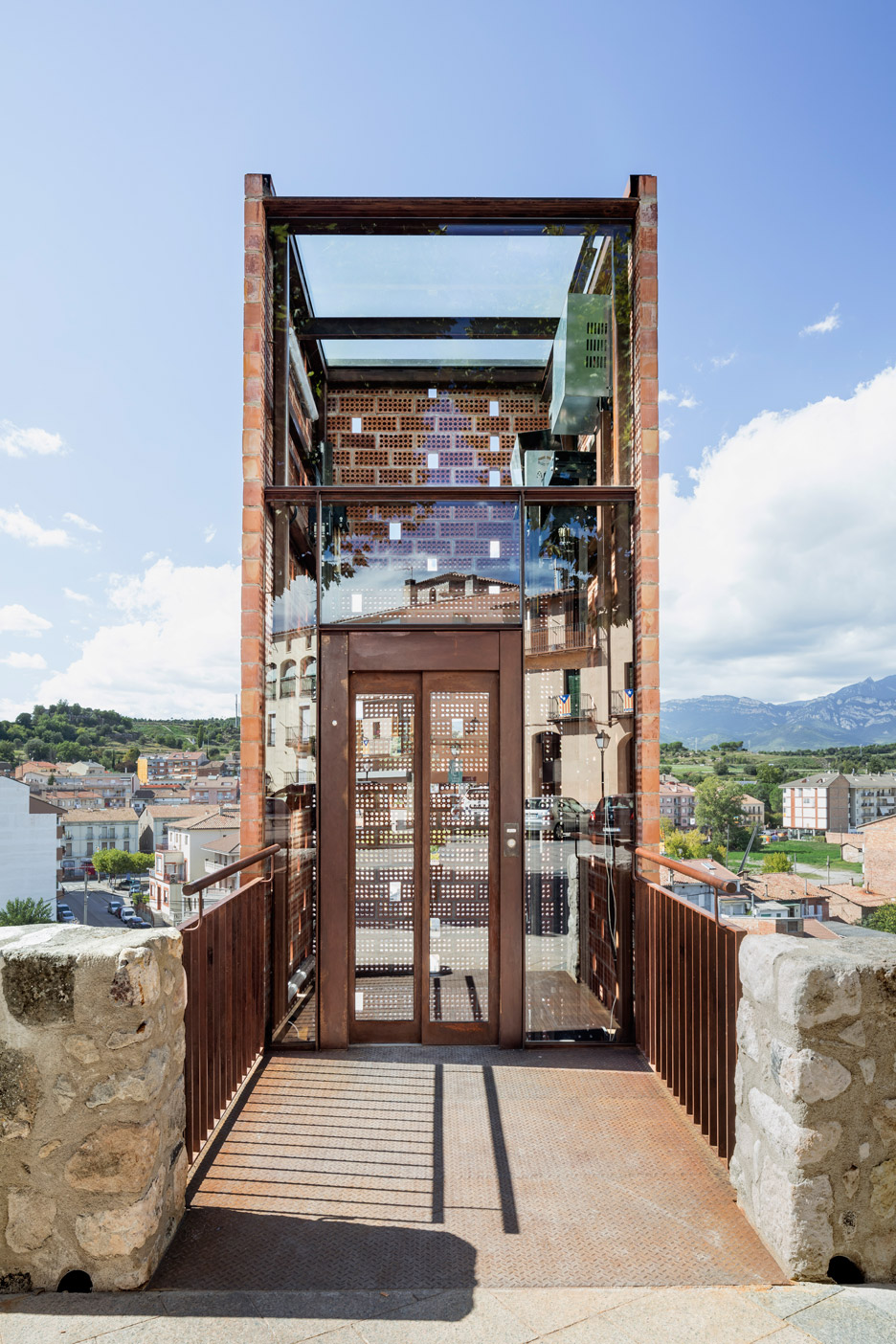
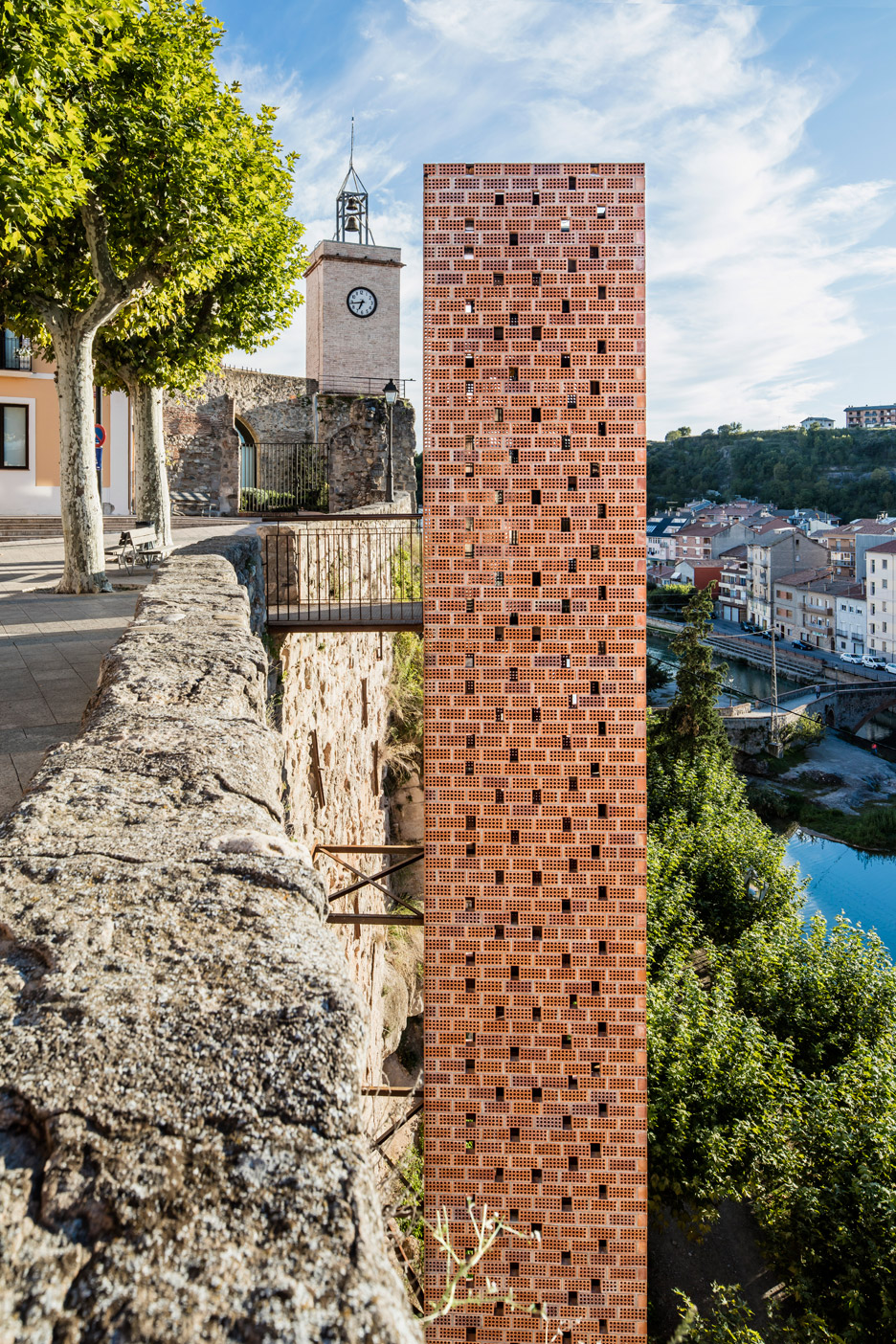
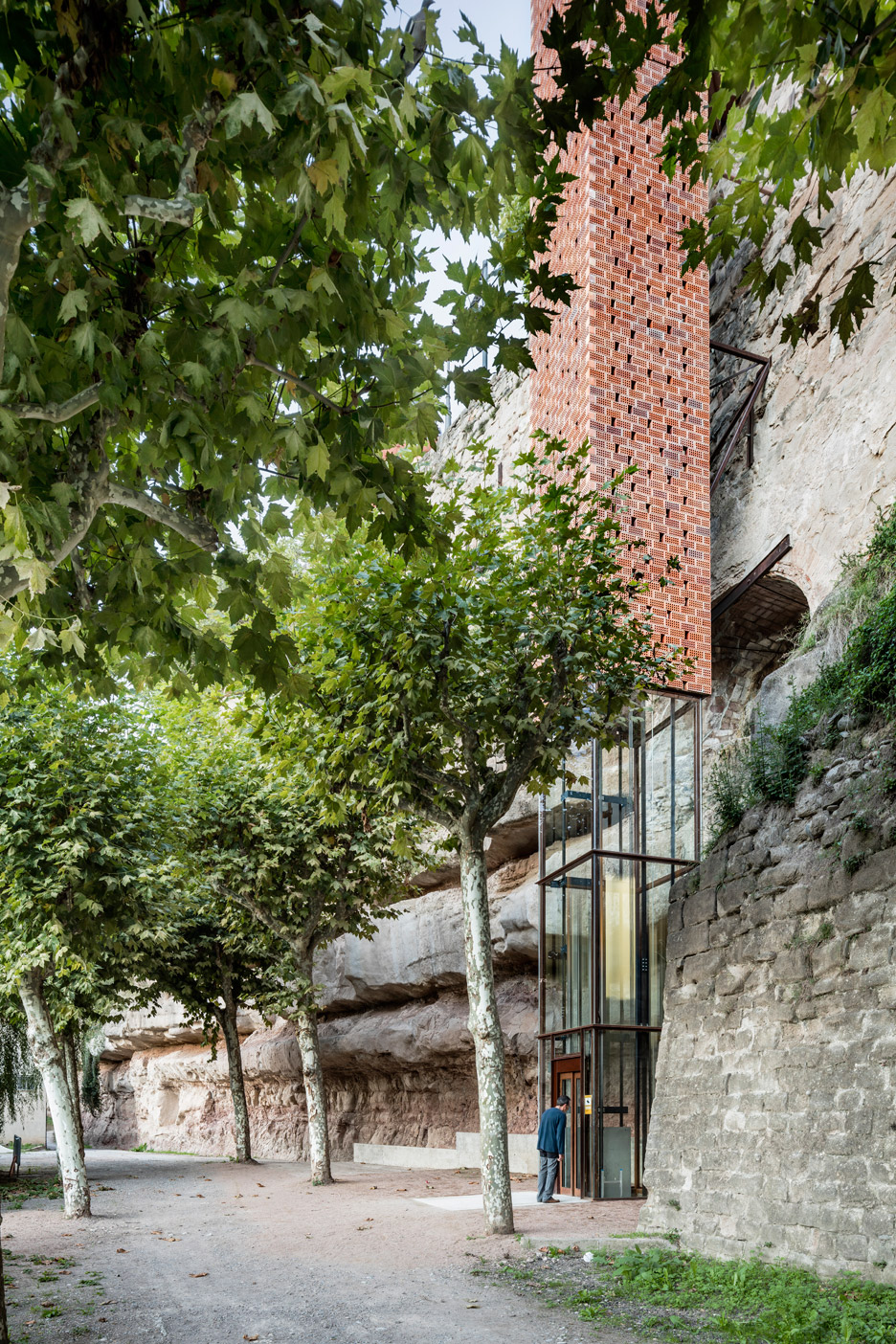
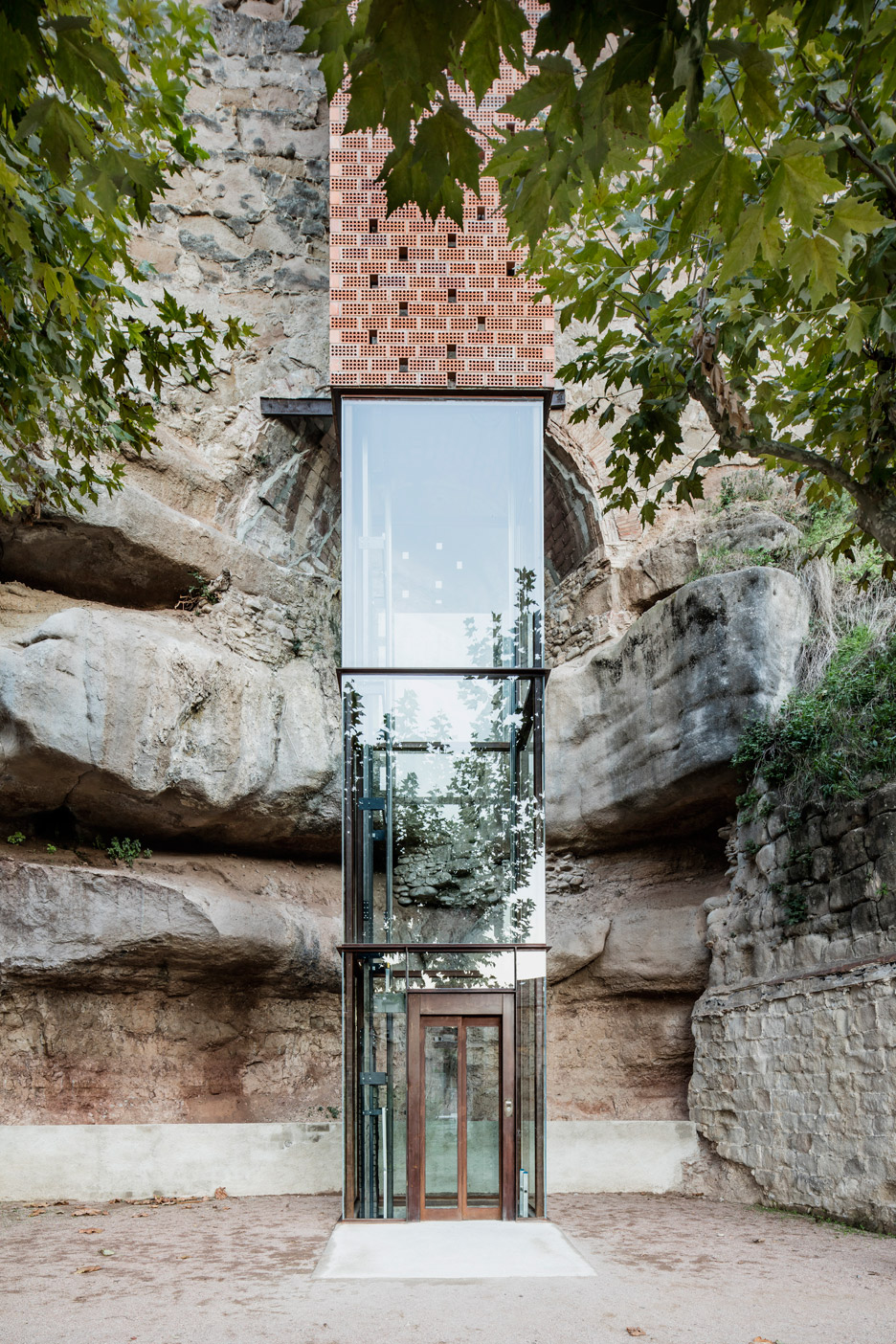

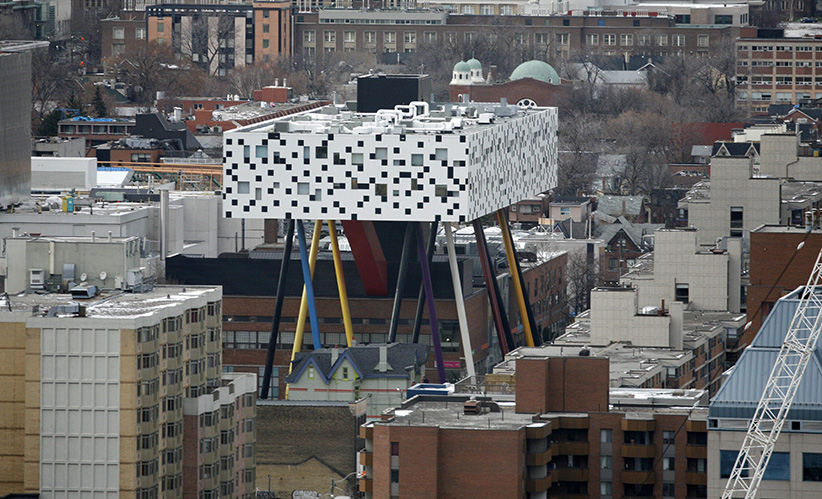
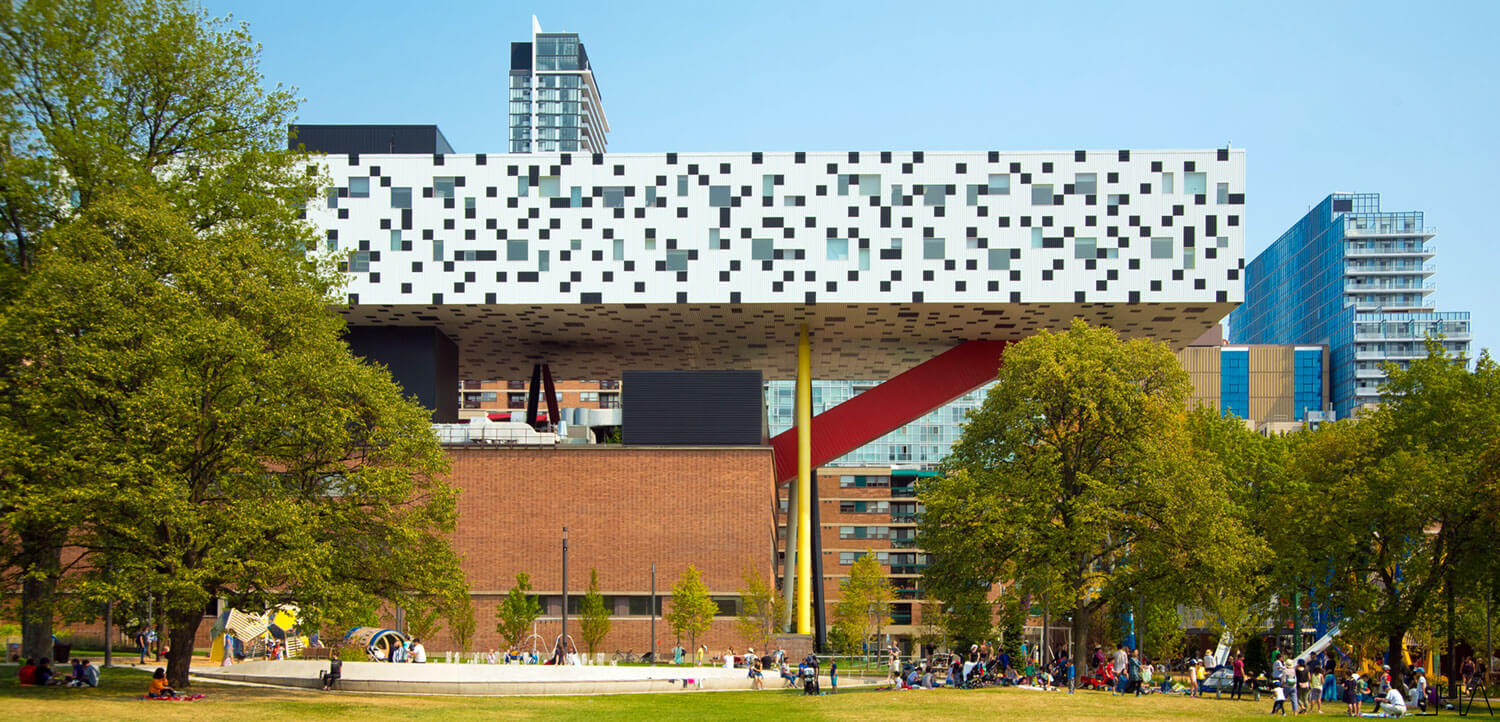
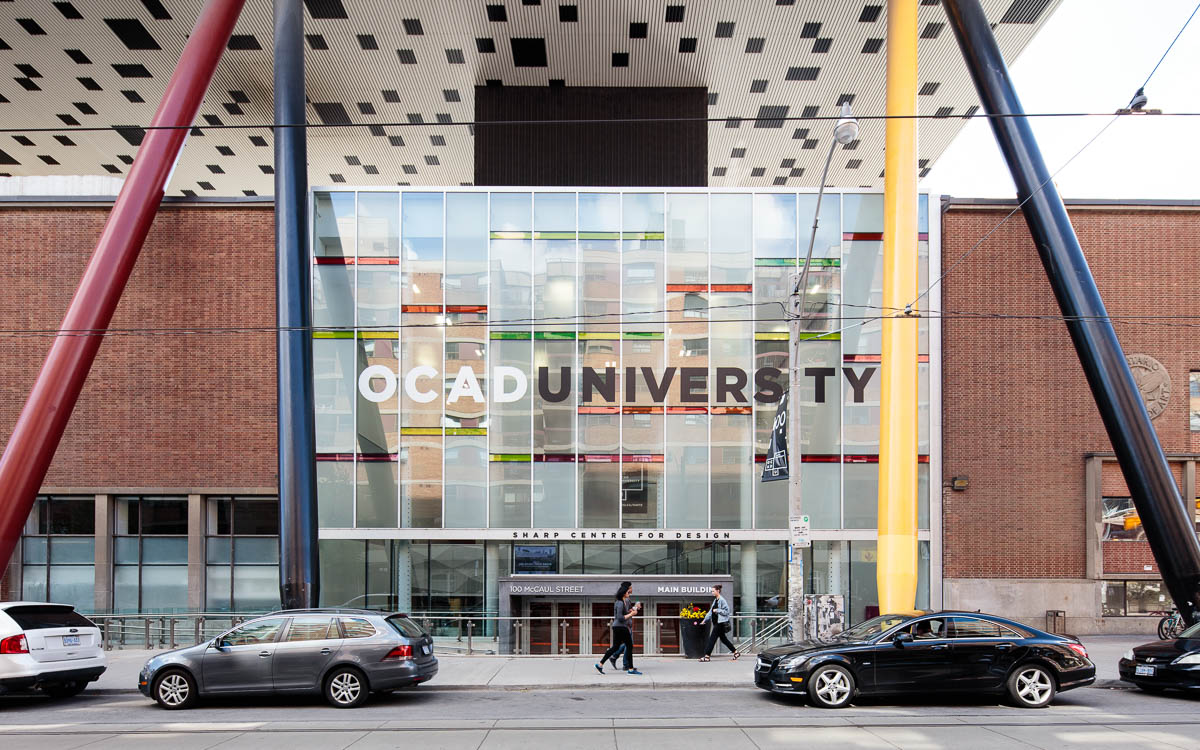
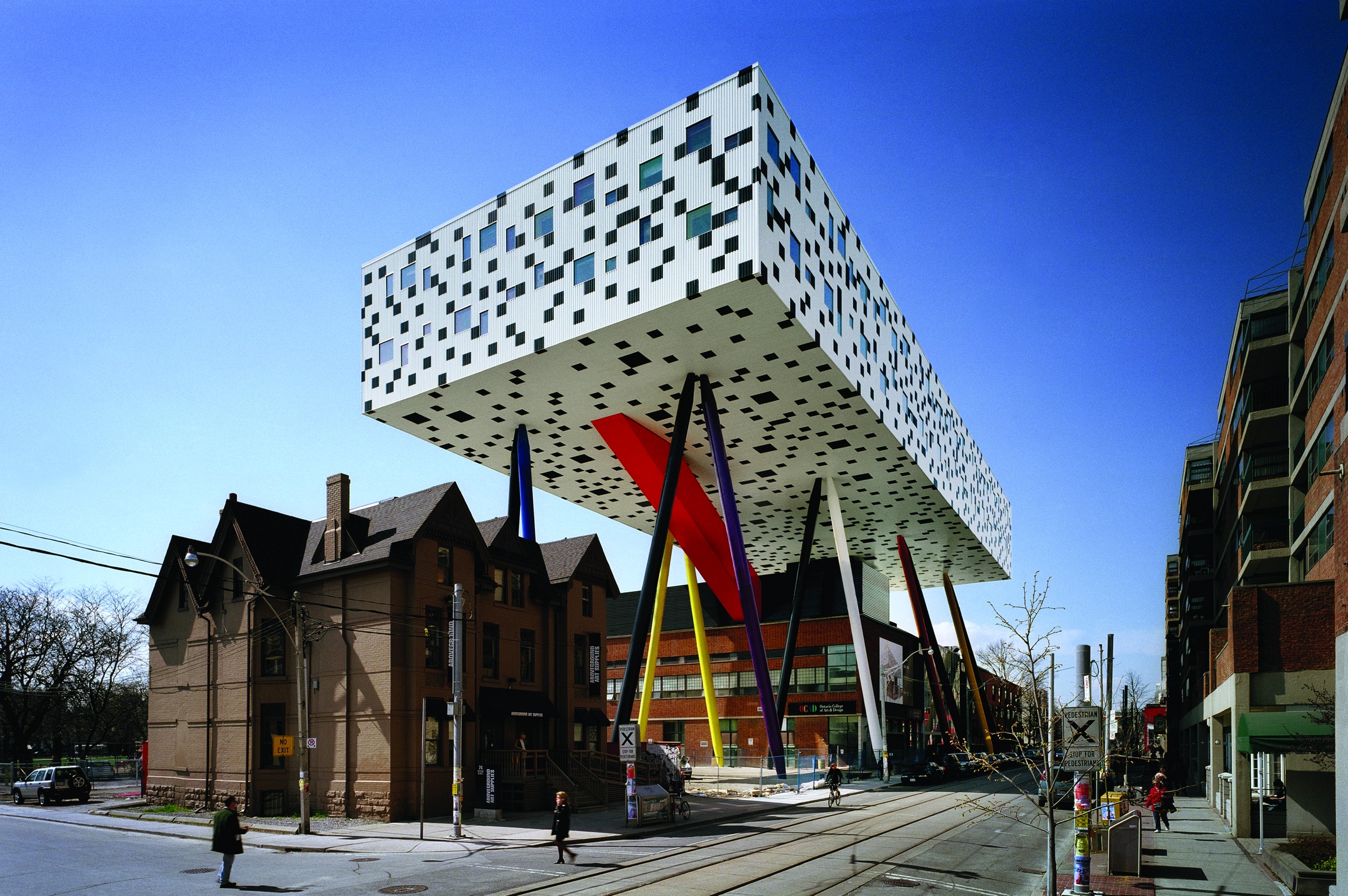
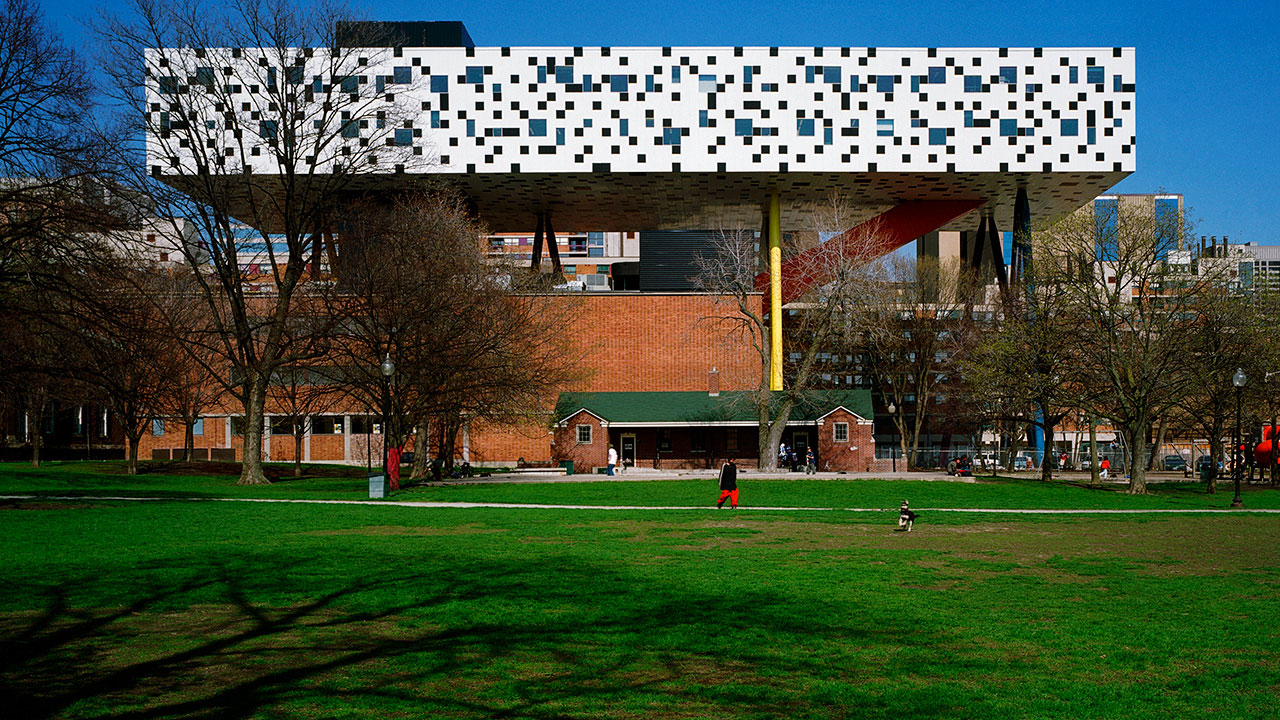
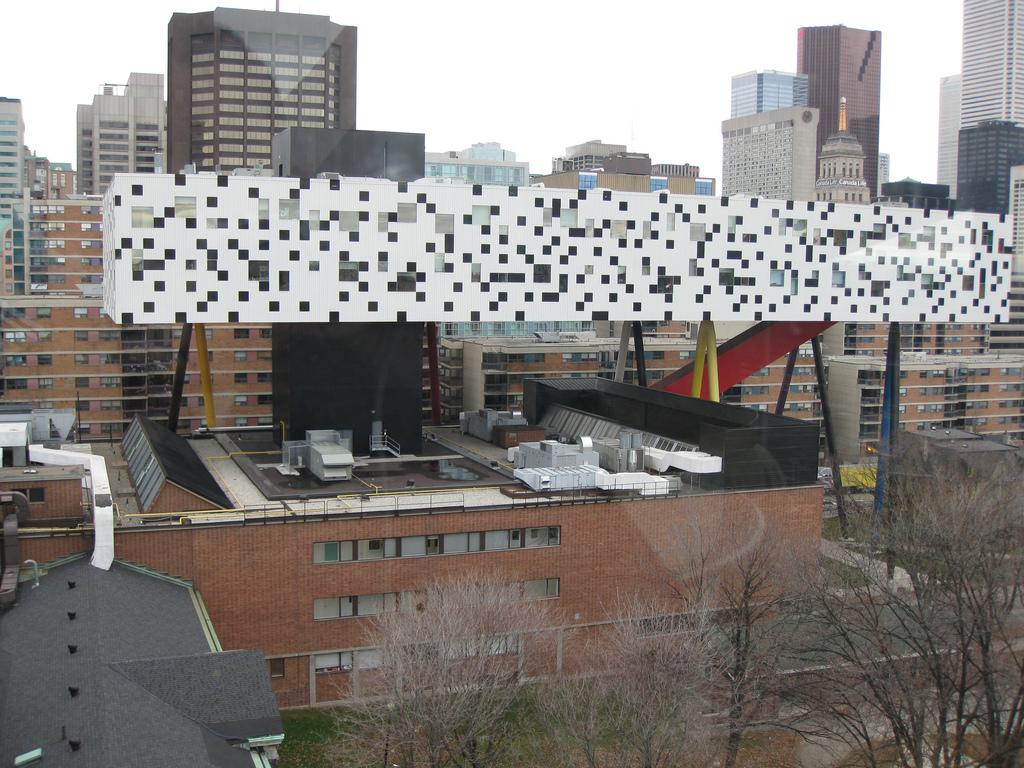

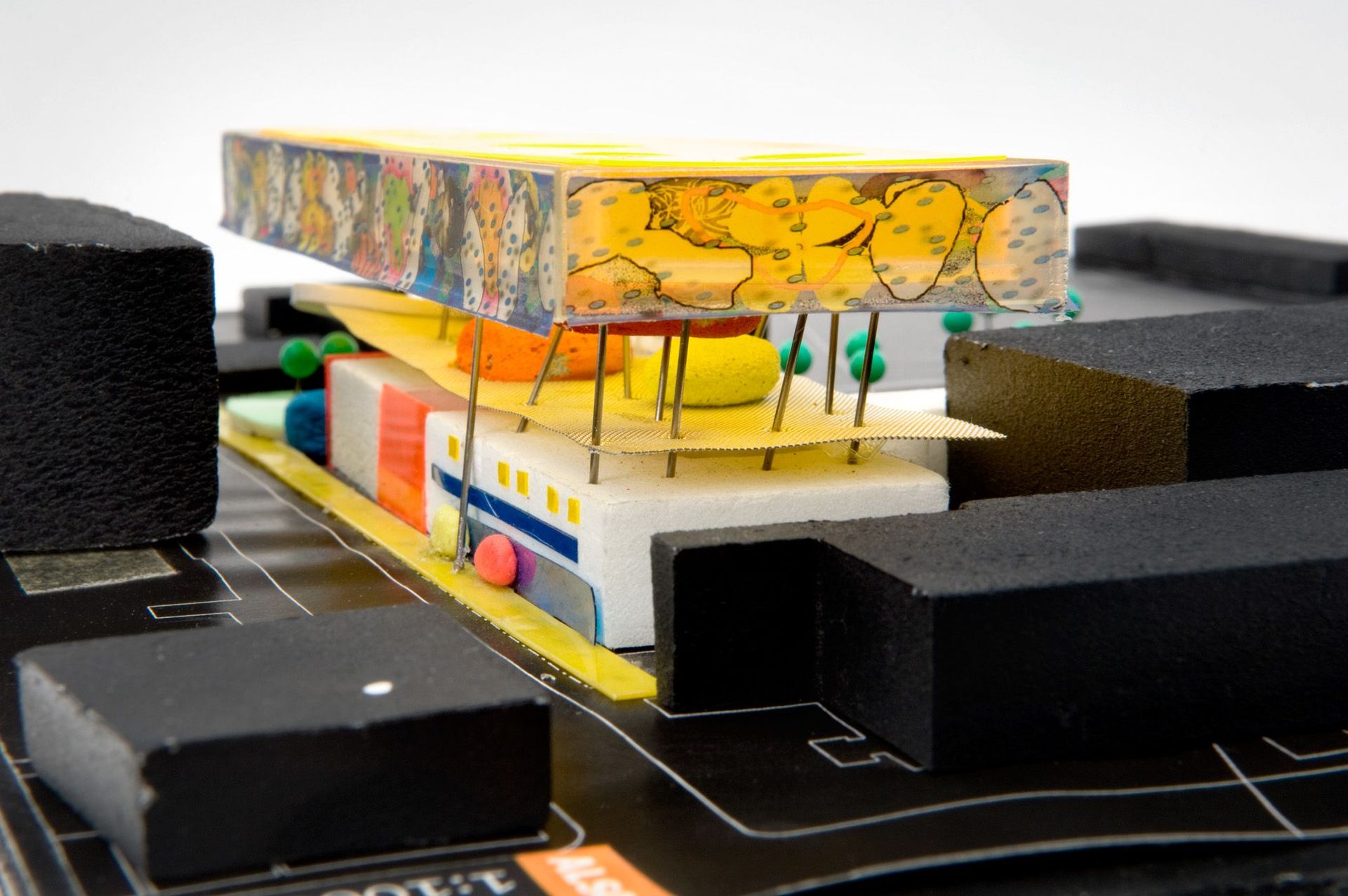

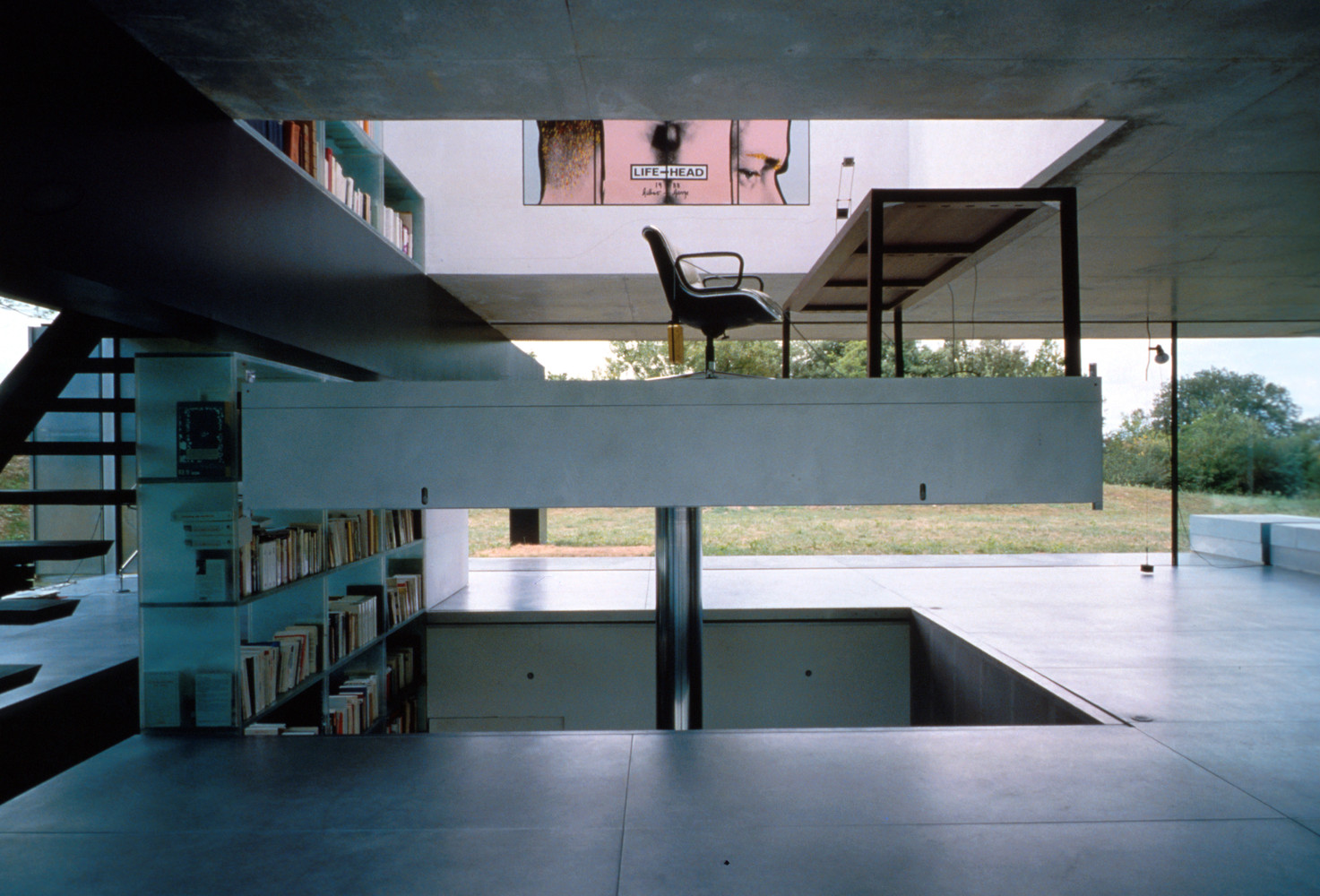
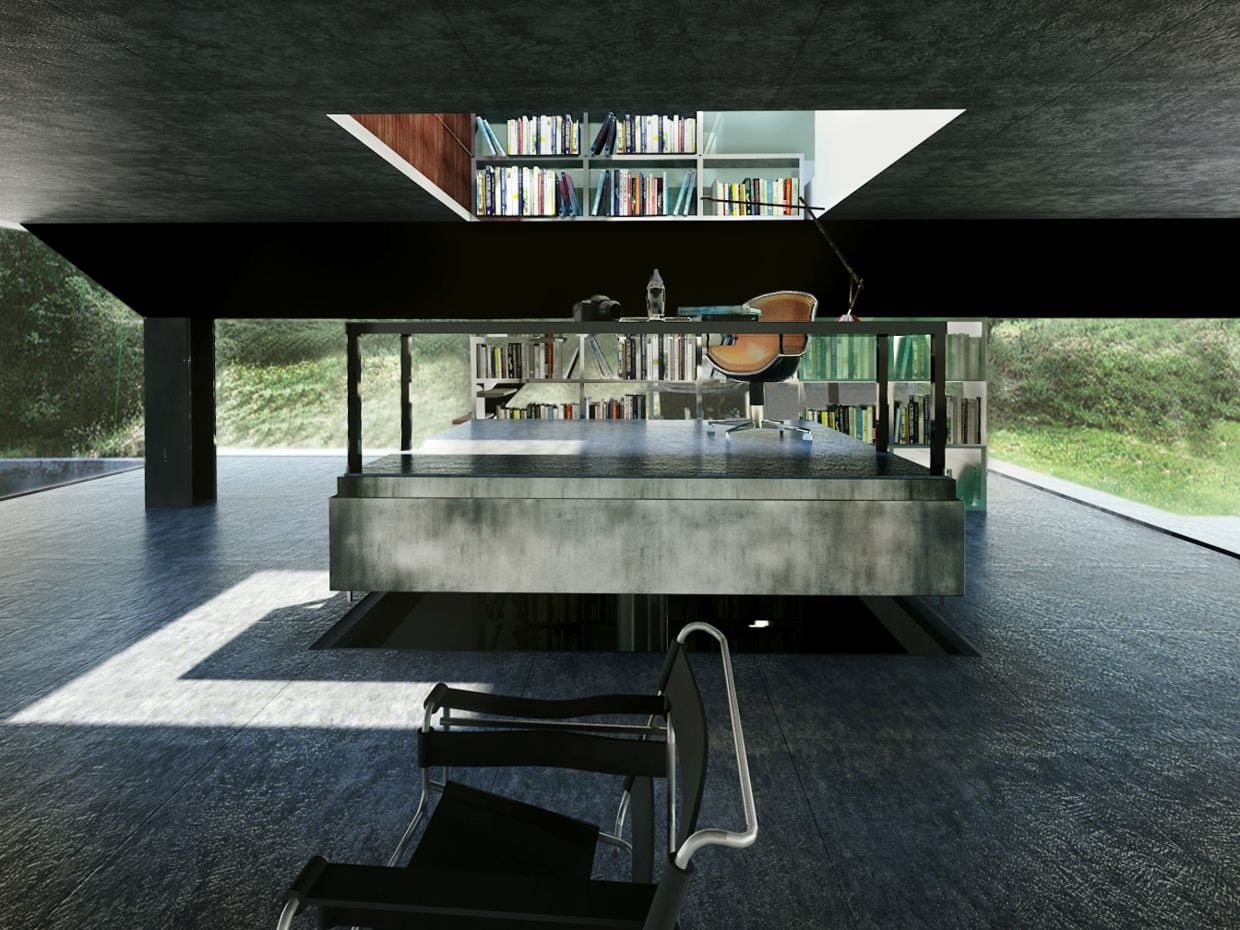
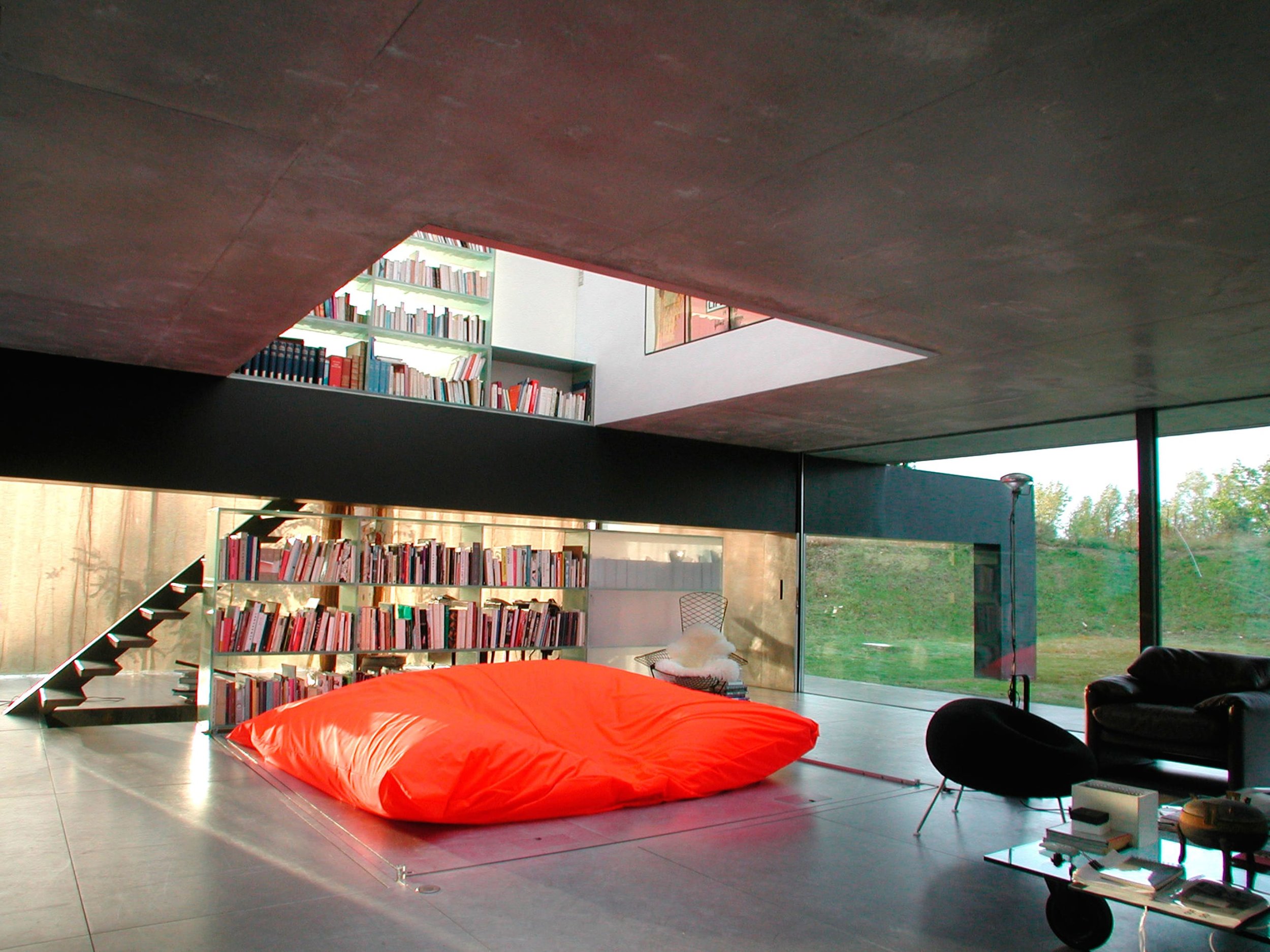
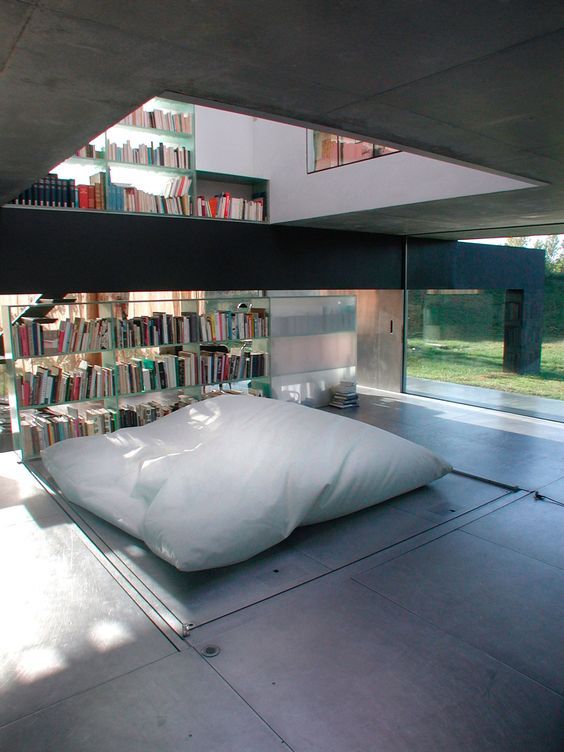
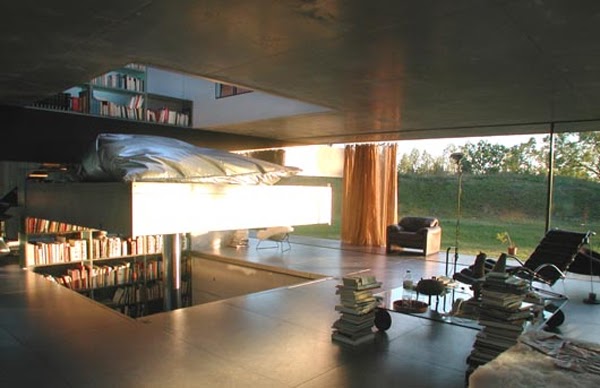
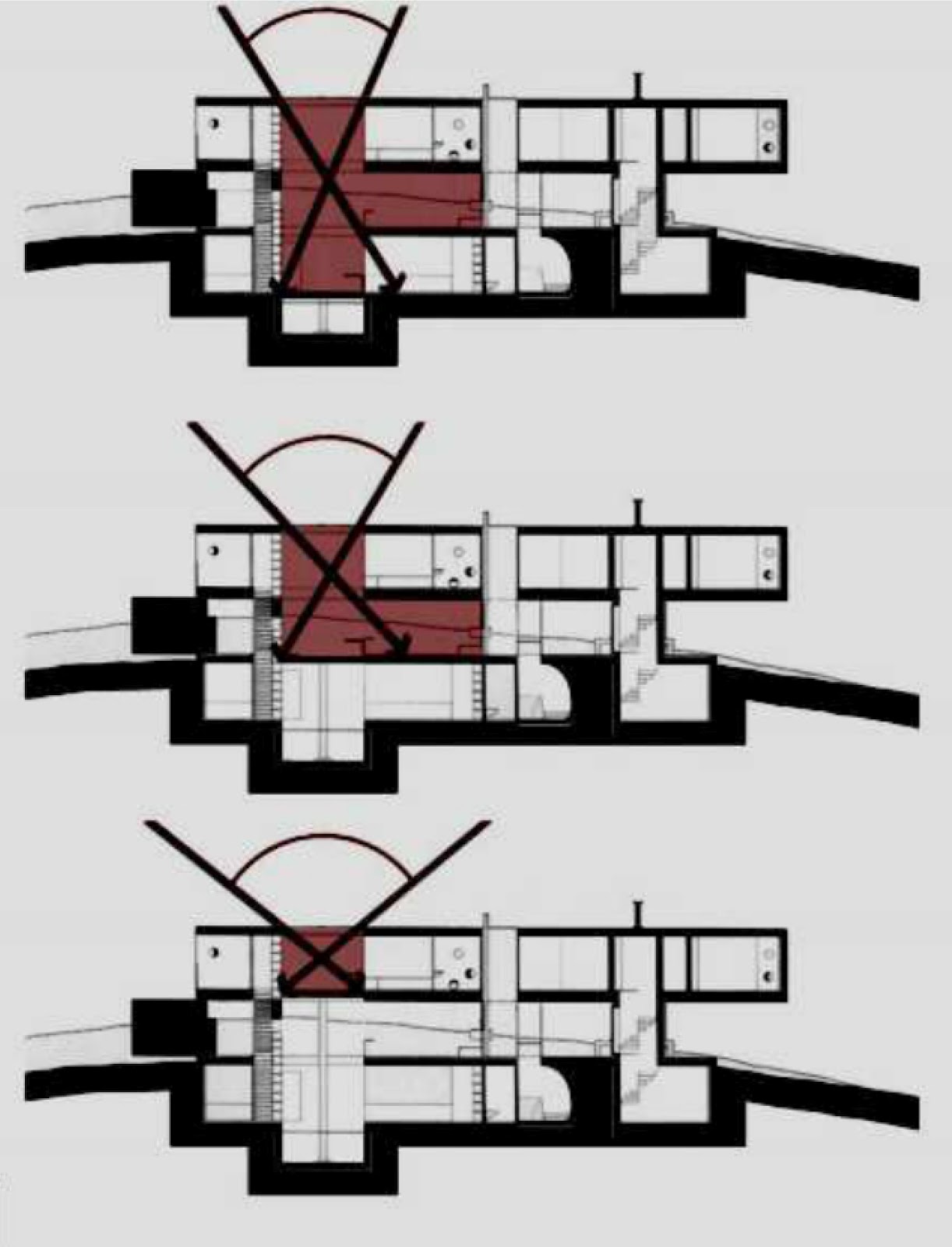


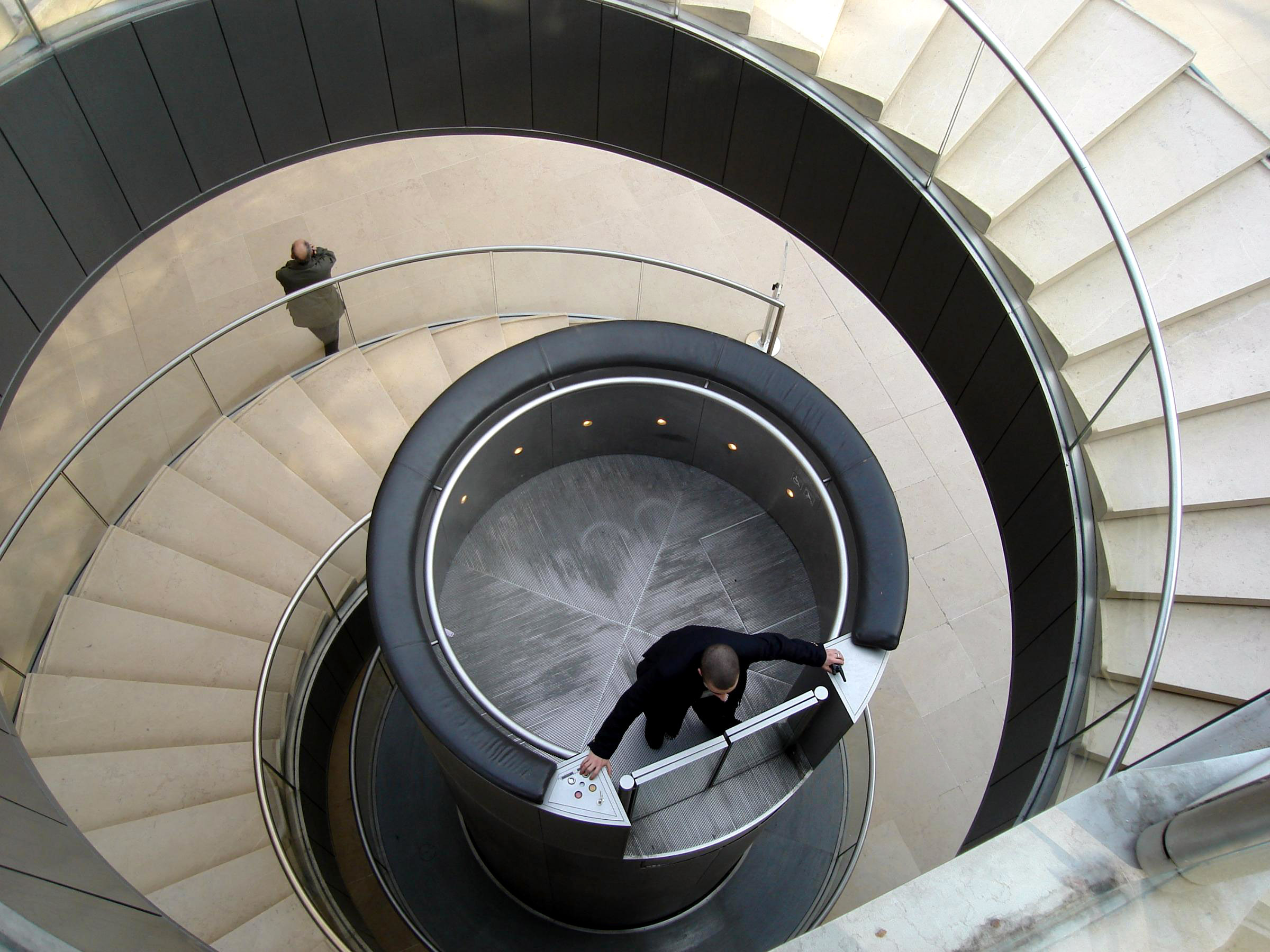
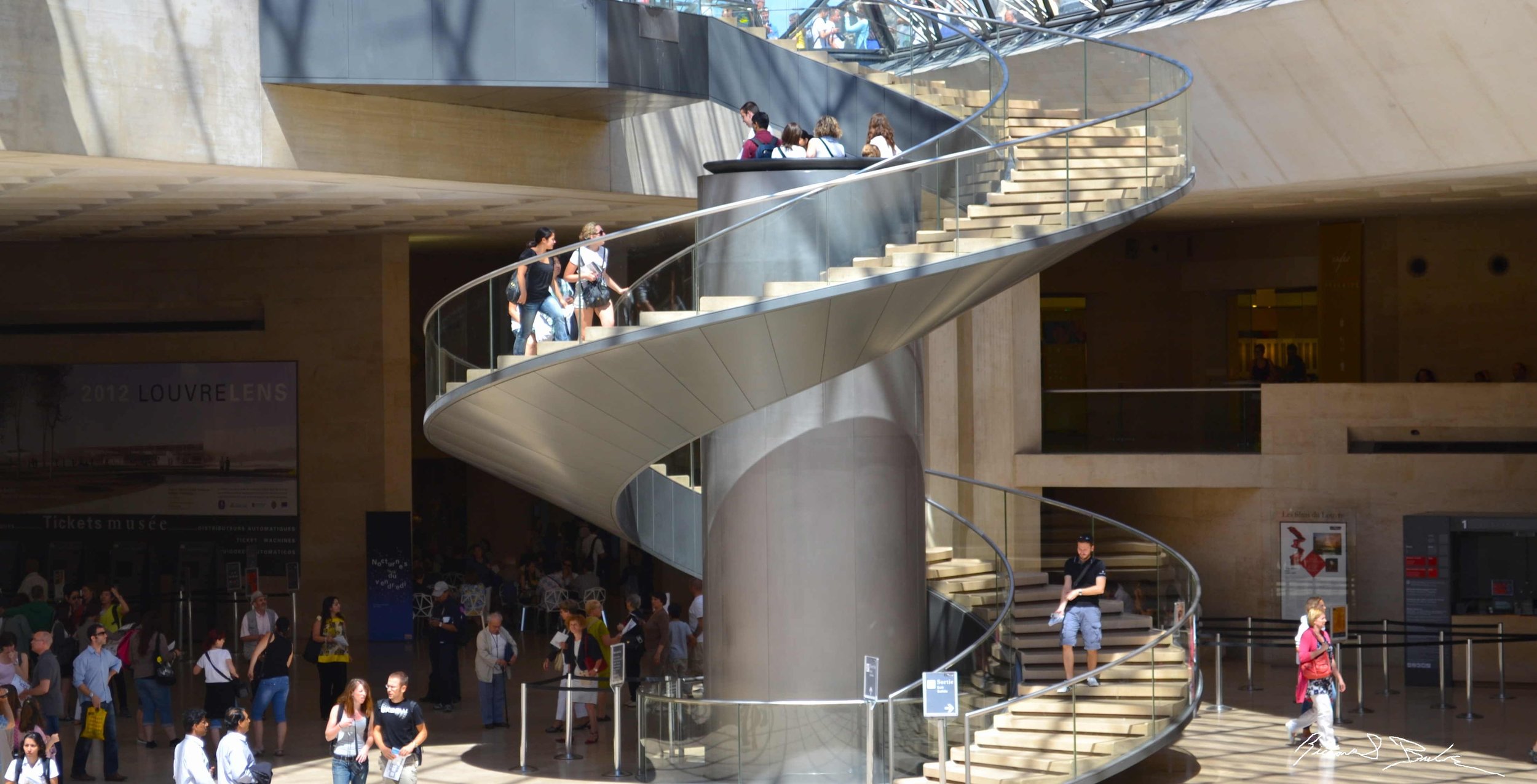

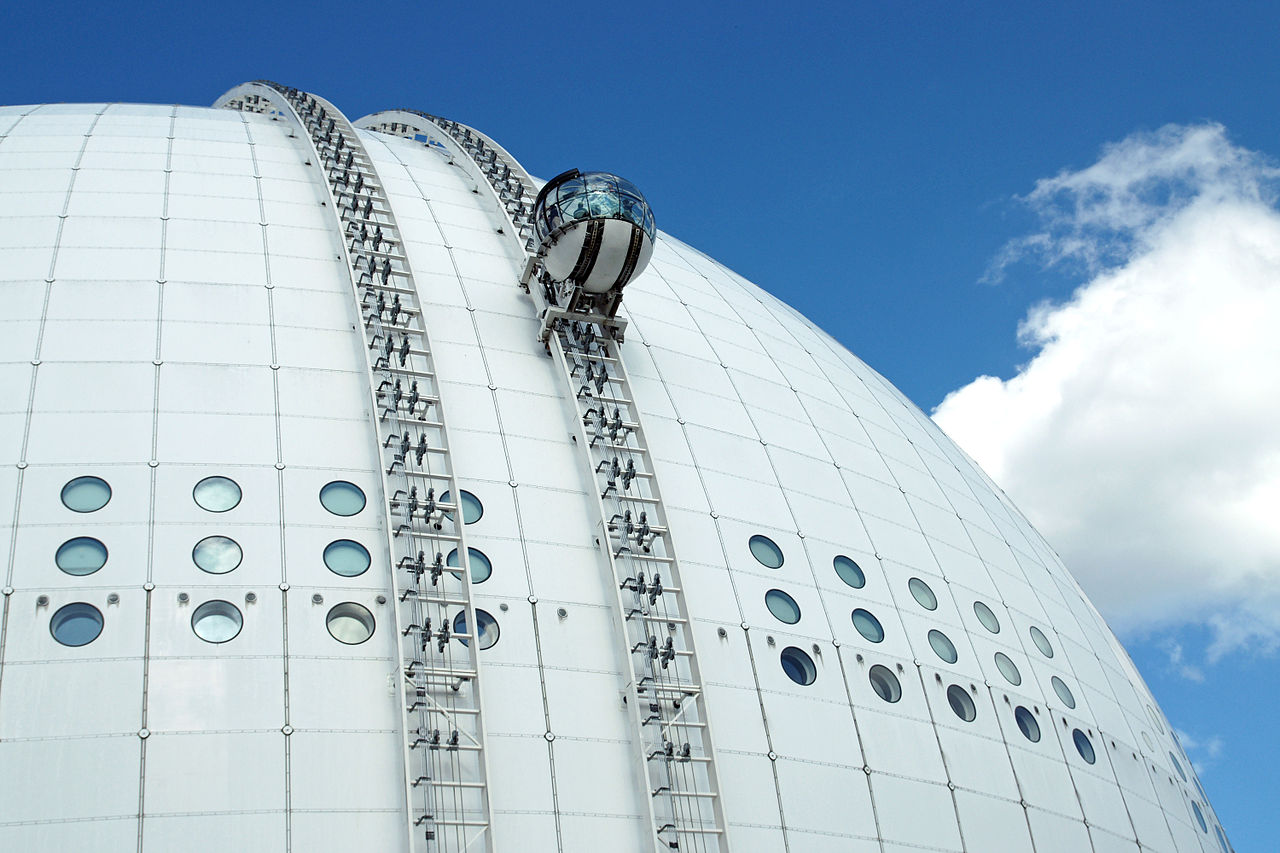
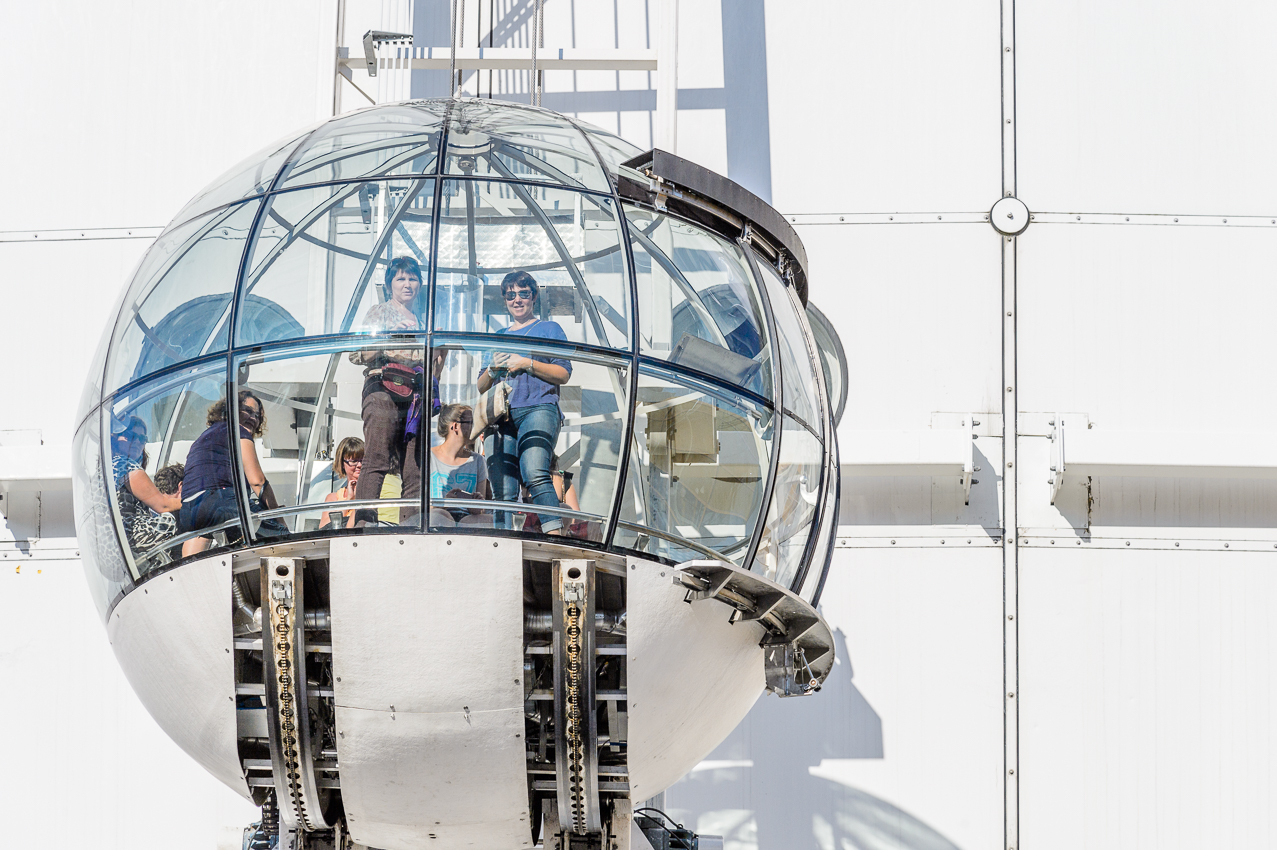
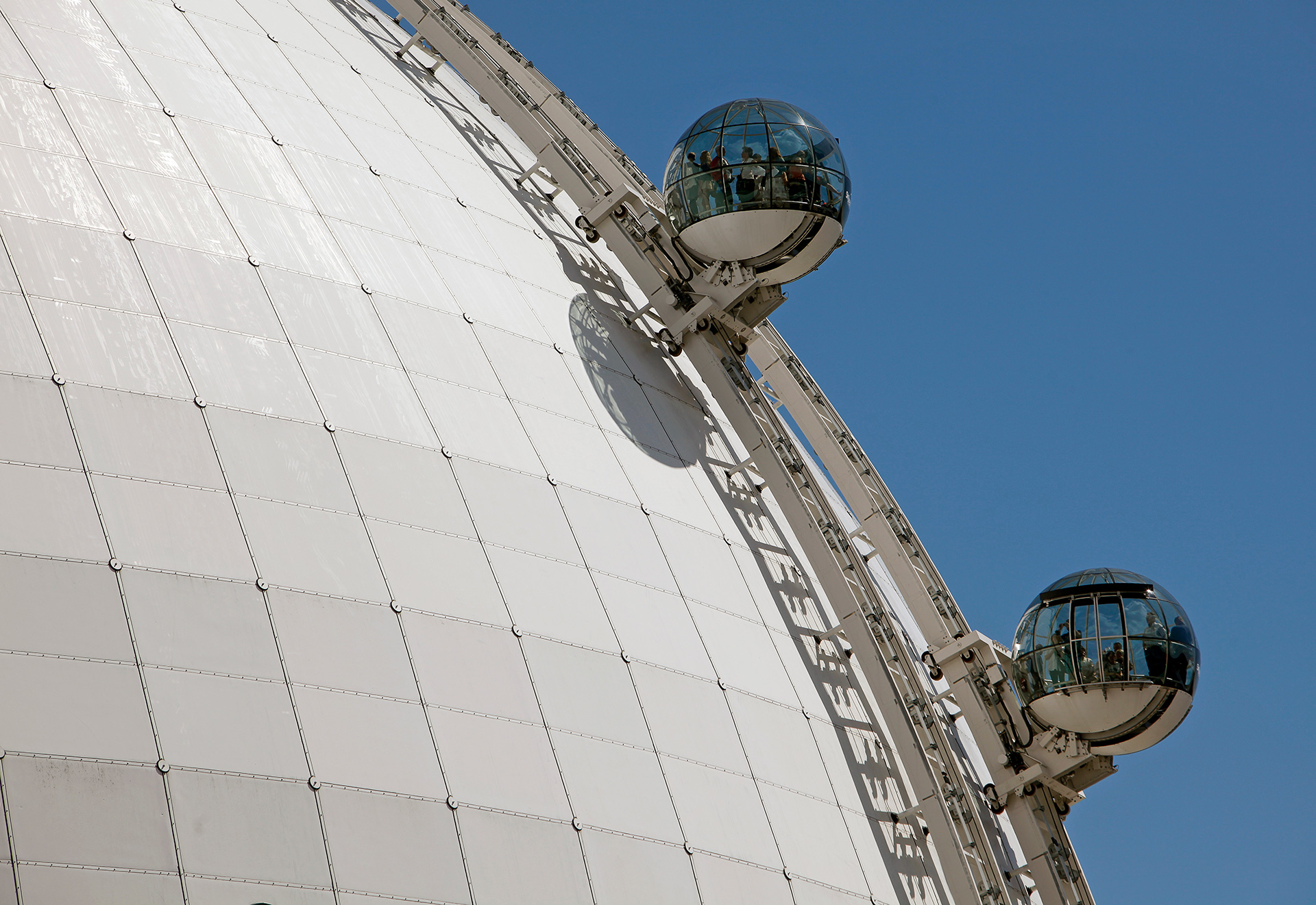

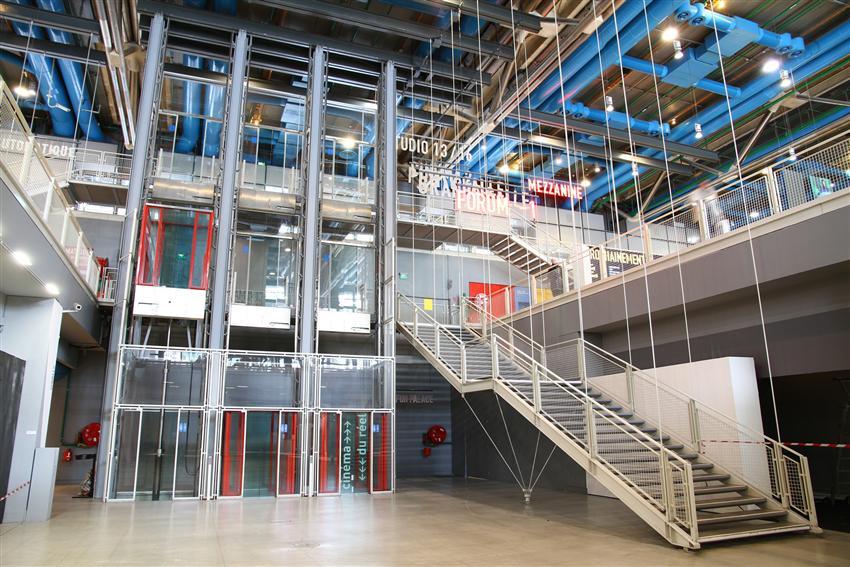
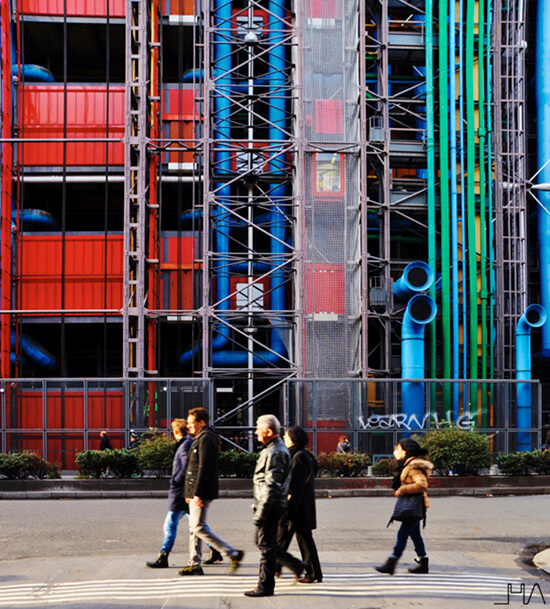
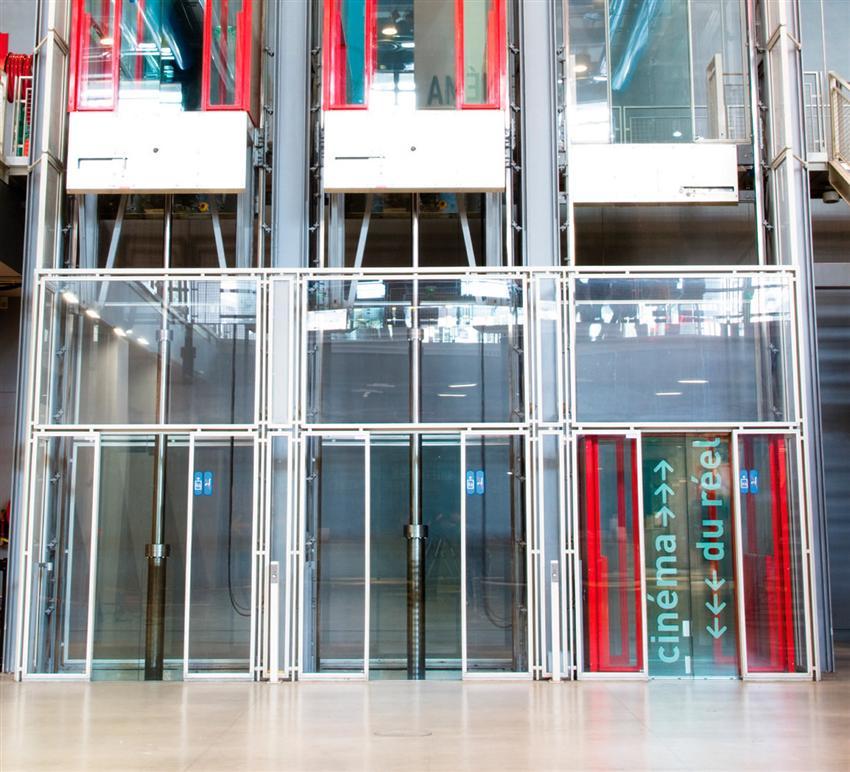
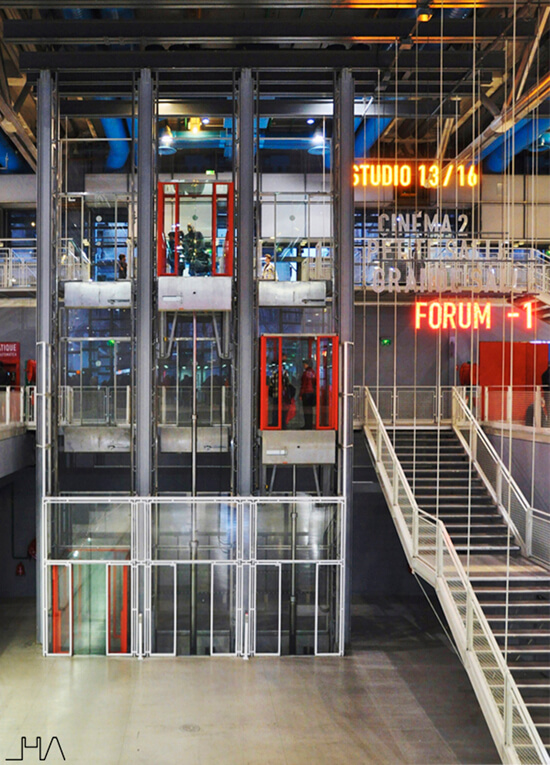


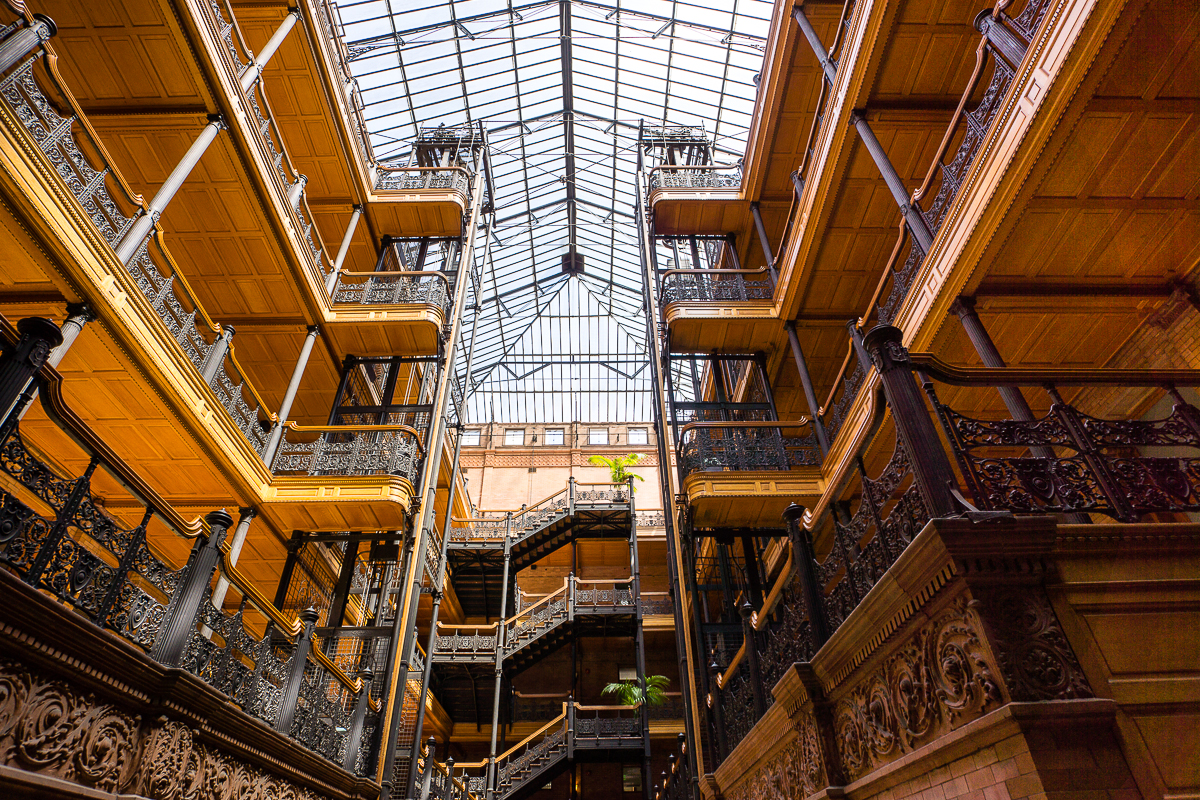
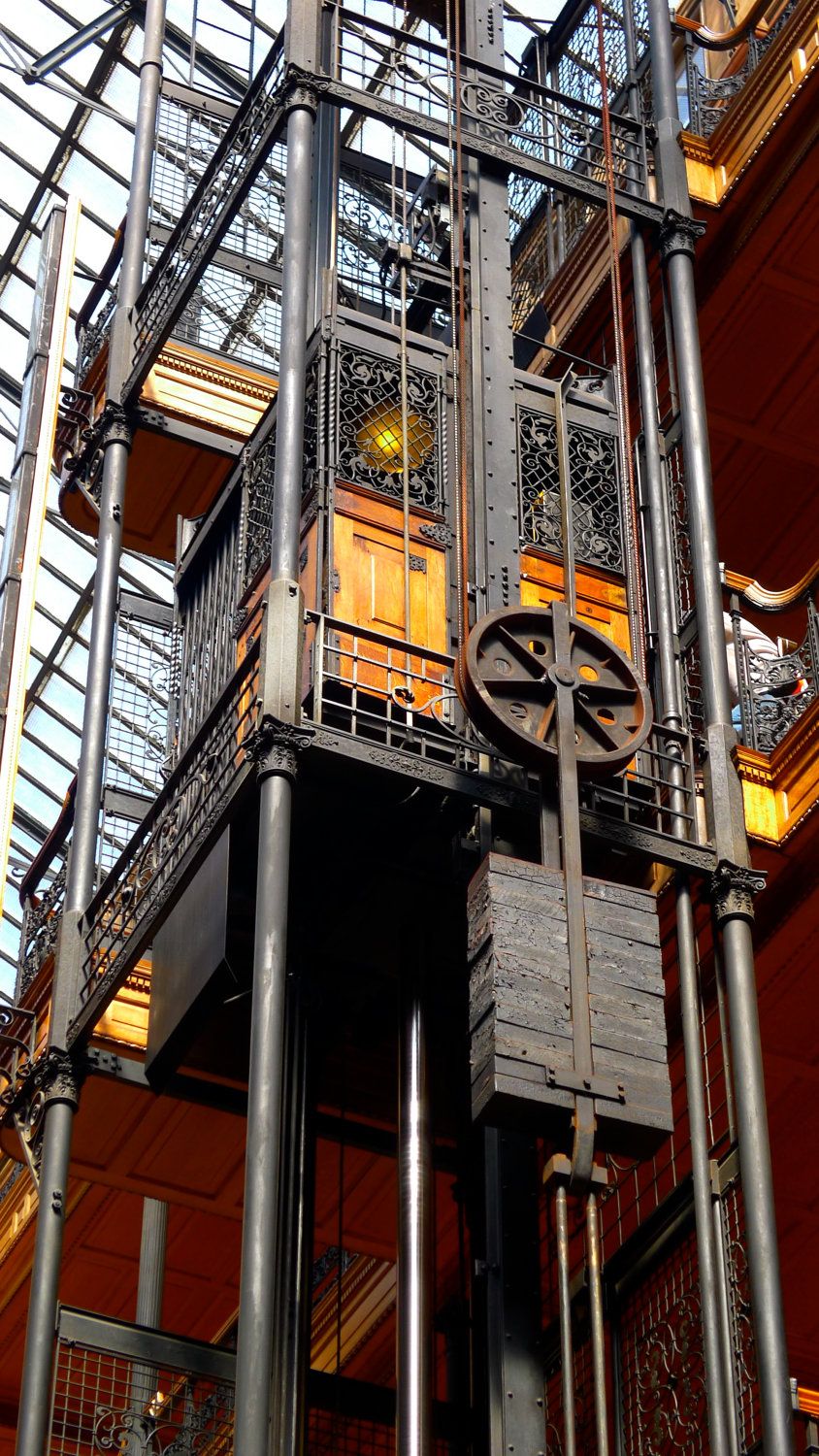
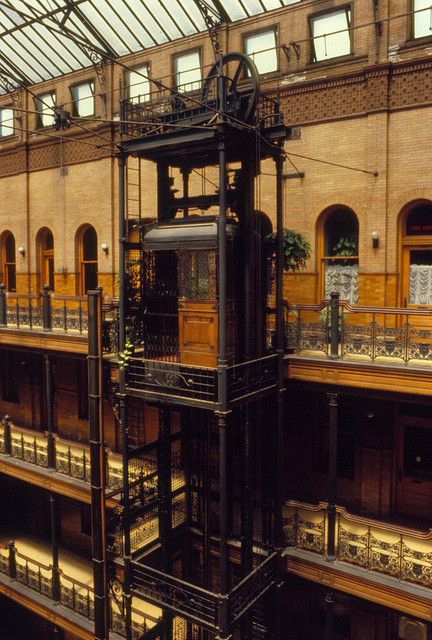
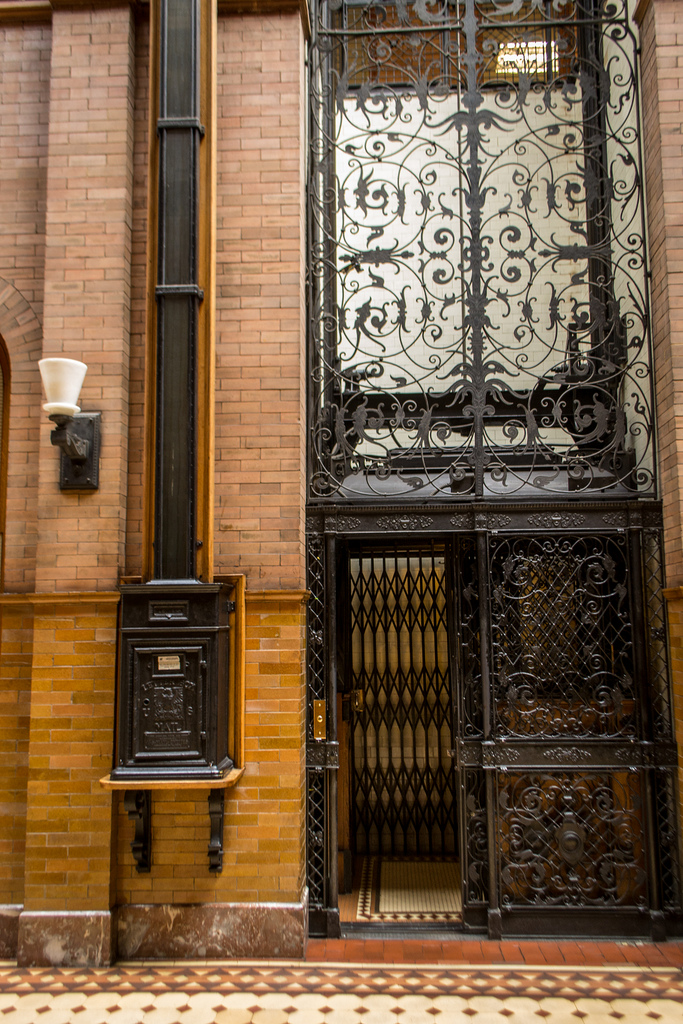

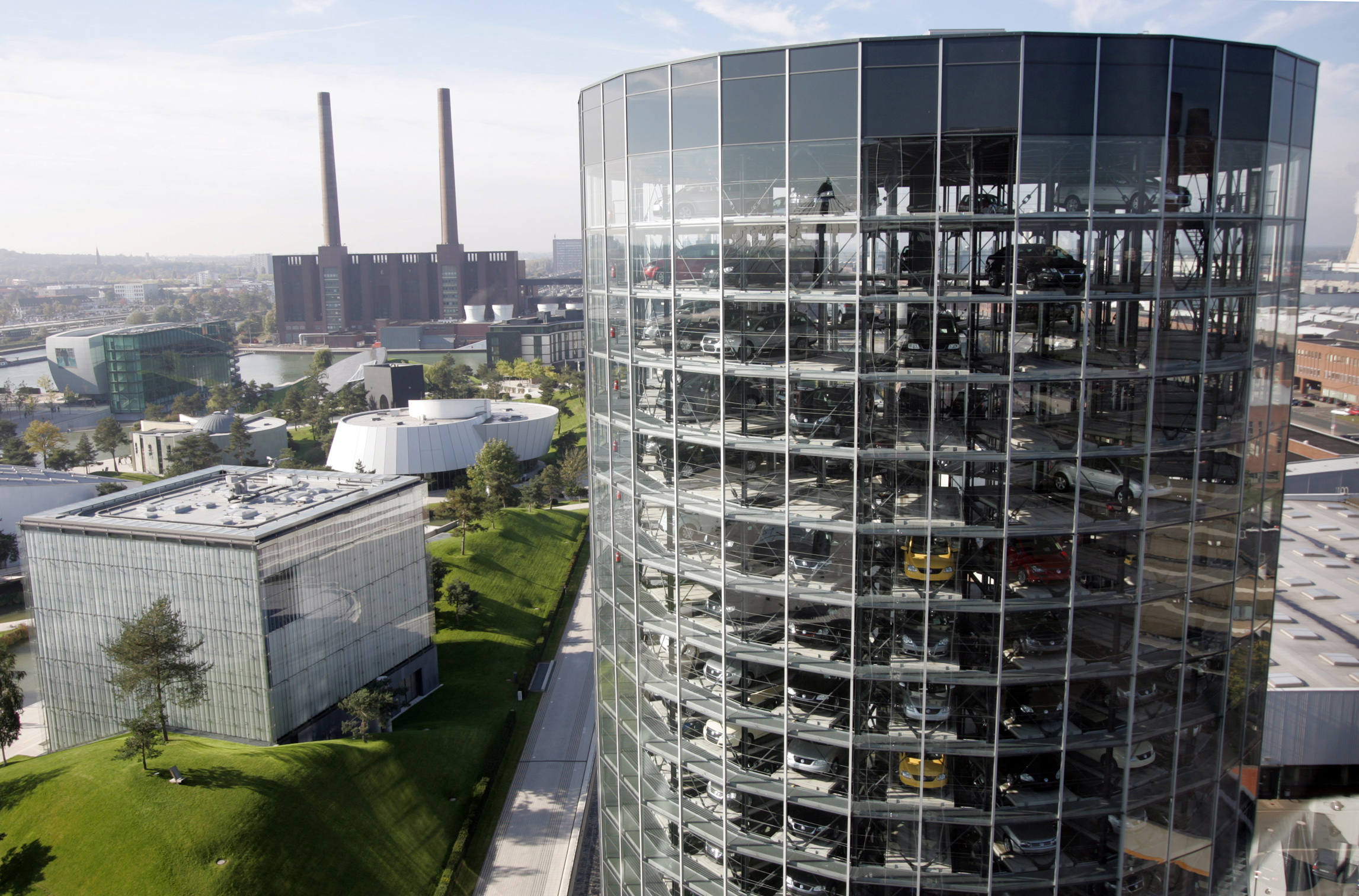
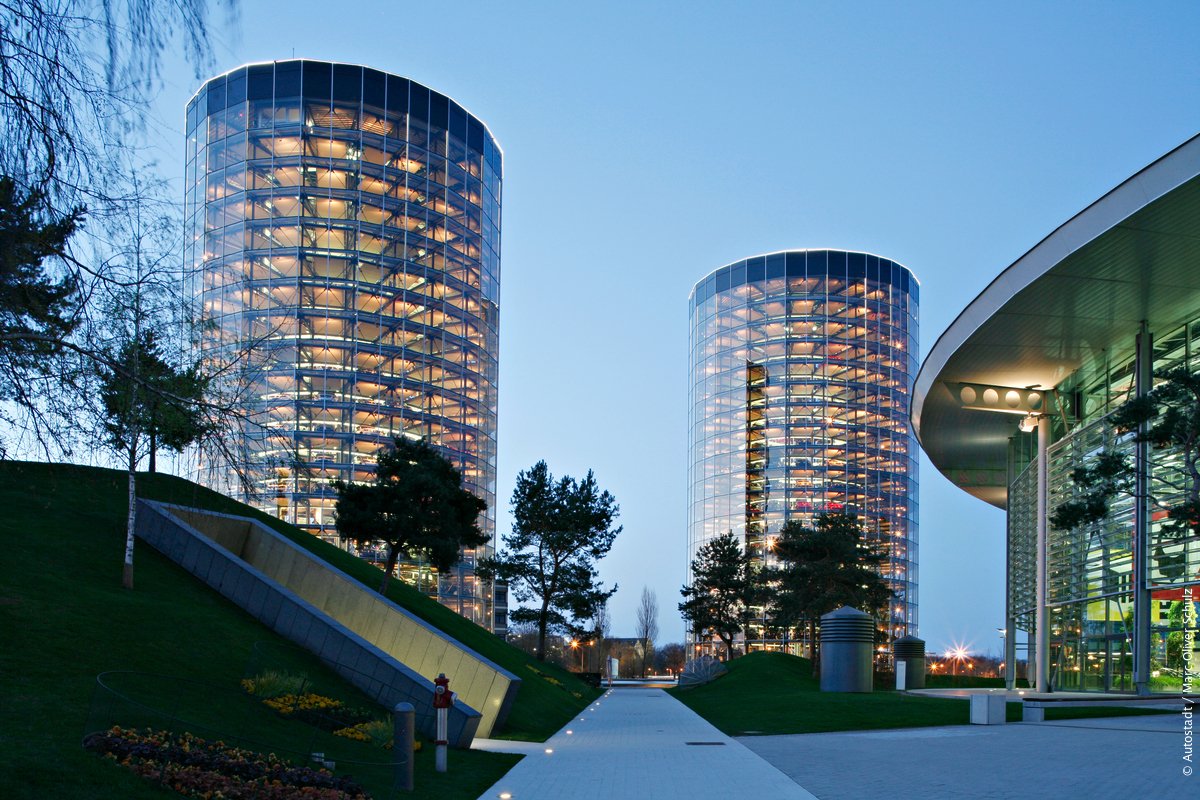

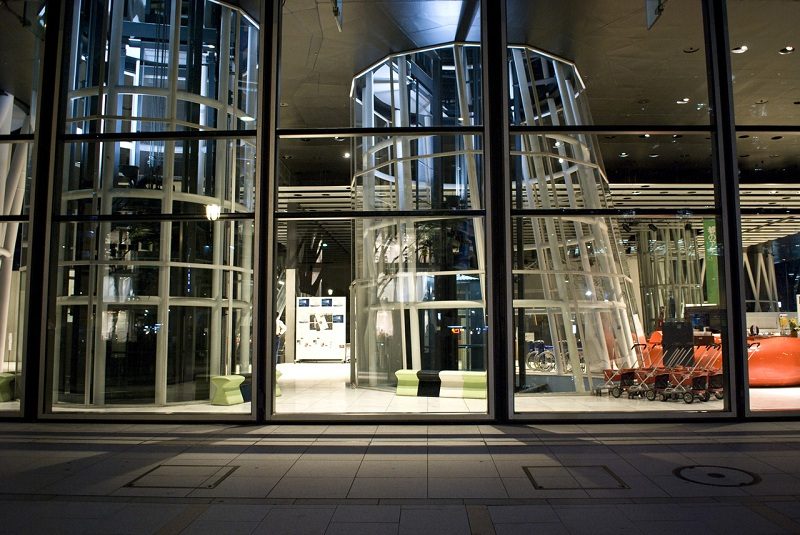
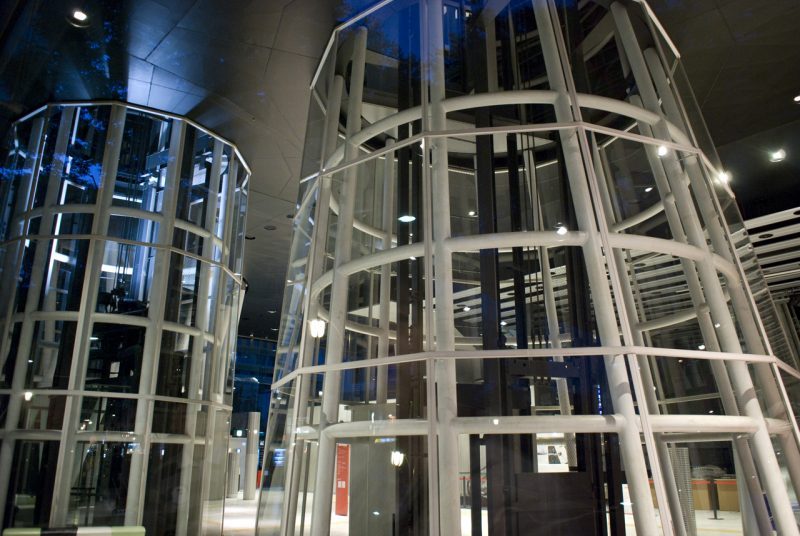
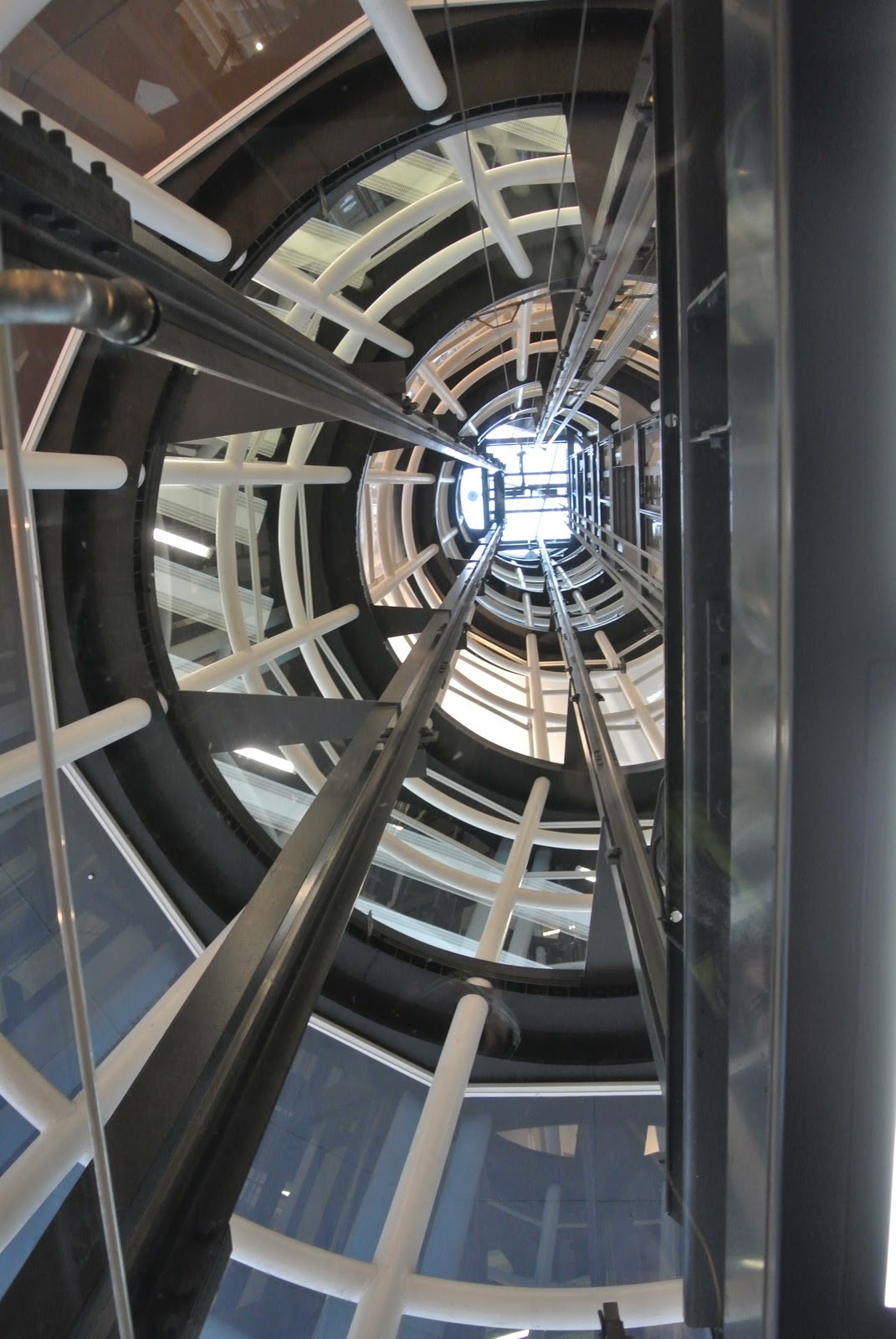
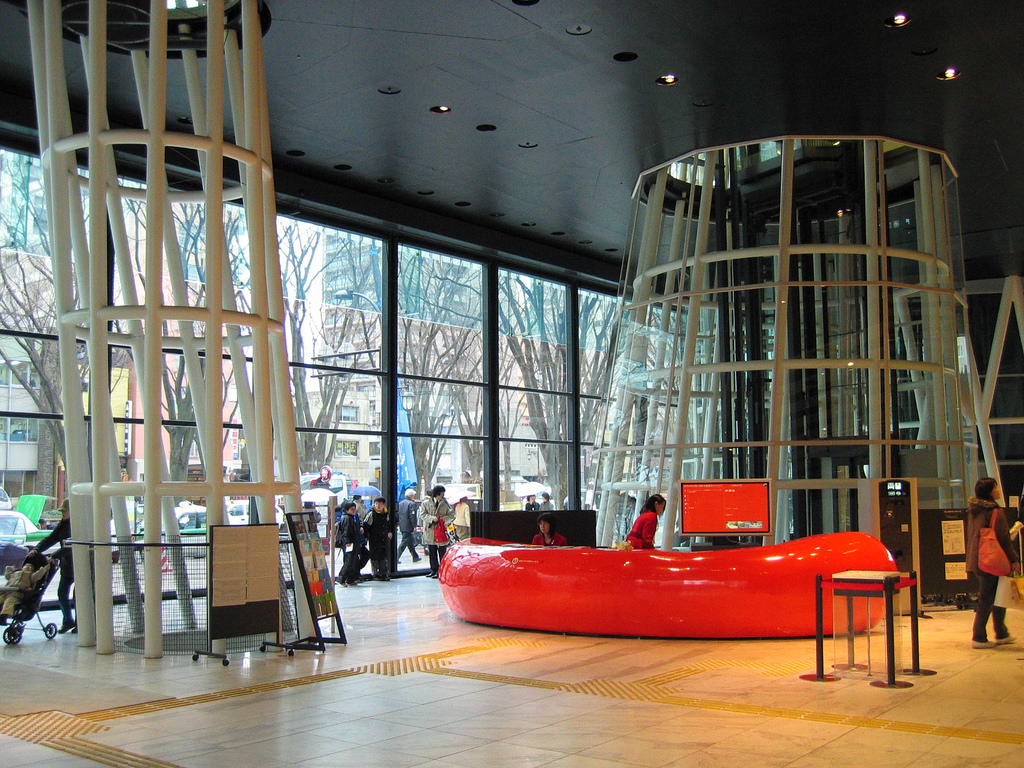
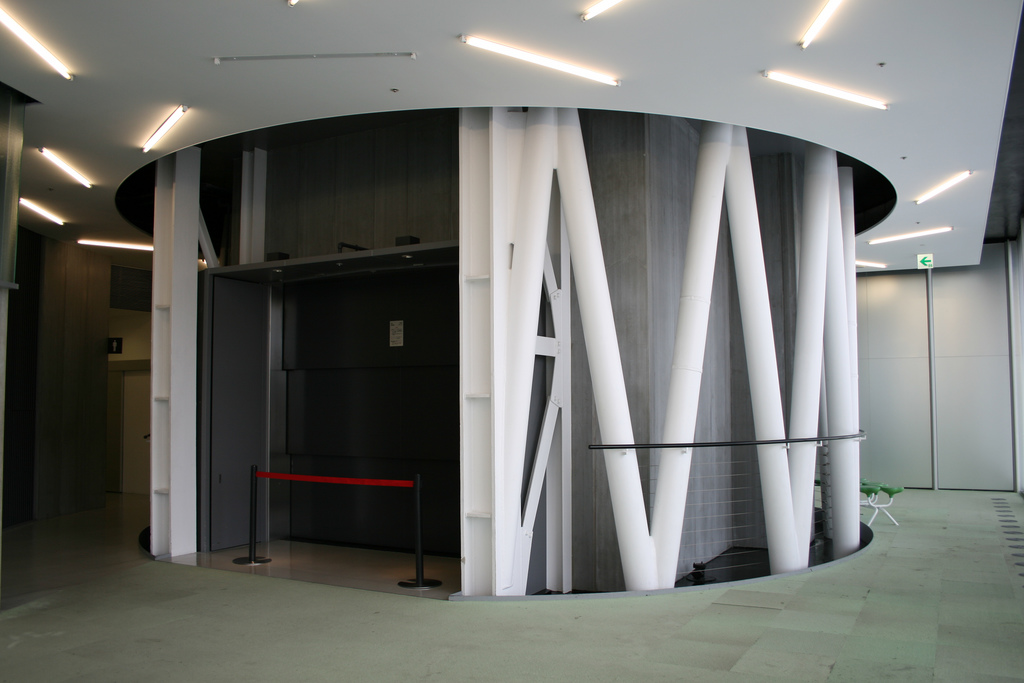


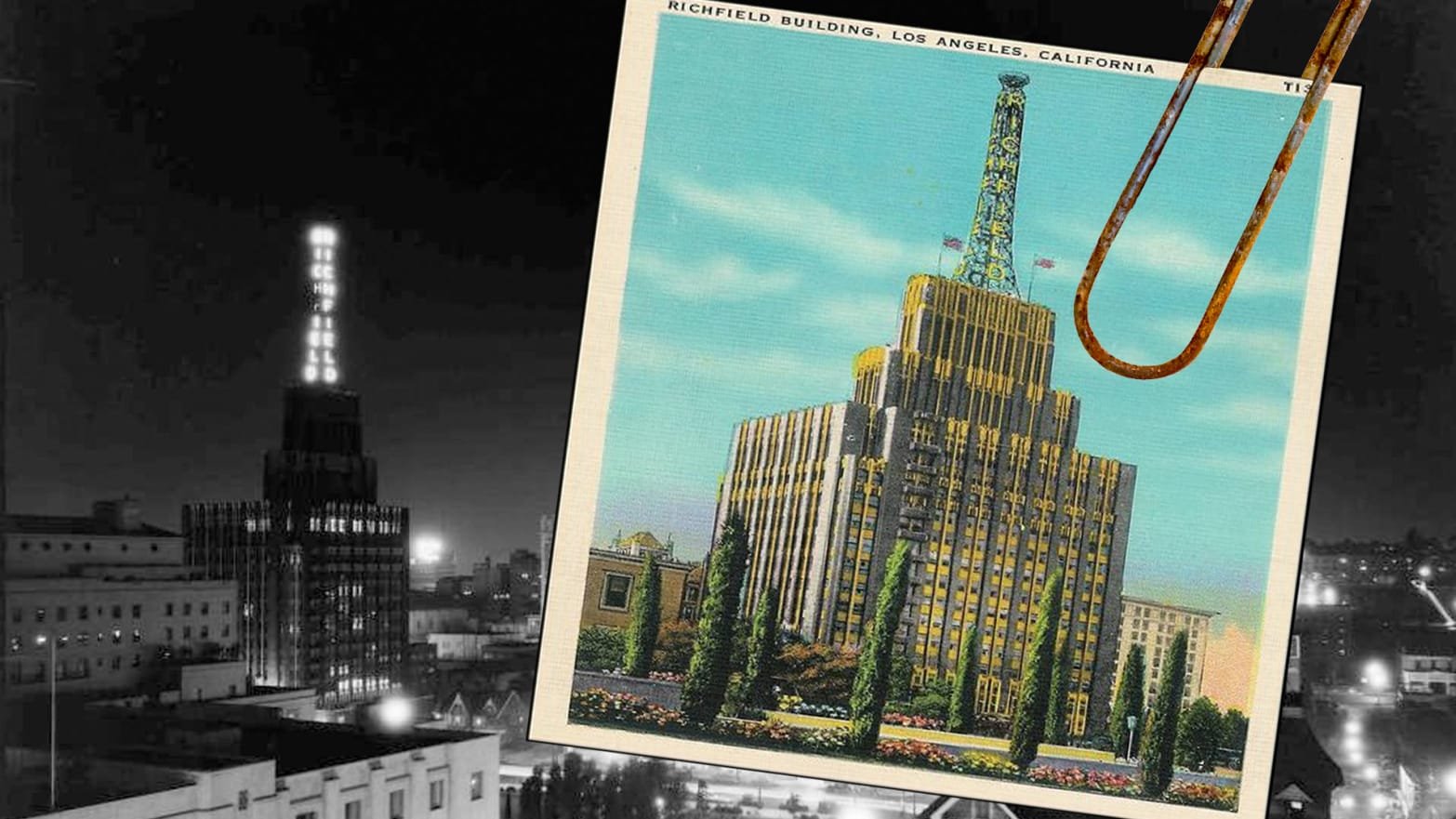




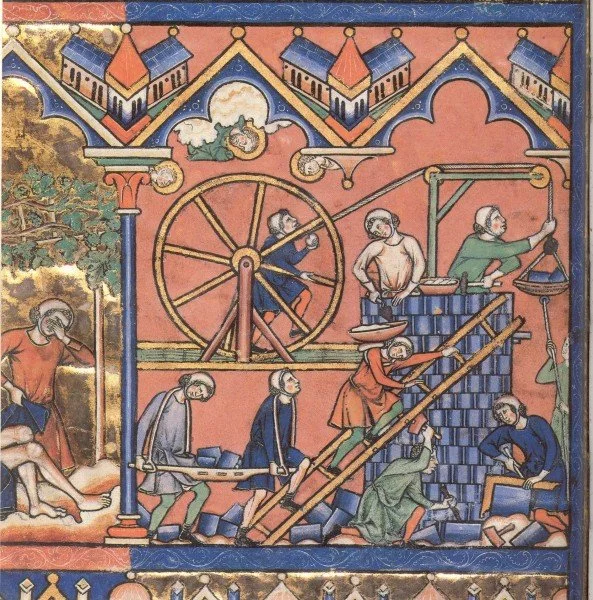


Experience the magic of the Museum of Contemporary Art Africa (MOCAA) elevators by Heatherwick Studio. These custom glass elevators celebrate the historic silos, reinventing the vertical journey. With transparency and interplay of light, they offer captivating views and a revitalized museum visit. Discover how Heatherwick's innovative design creates a transcendent experience, merging art and architecture in a mesmerizing way. Step into the MOCAA elevators and be transported to a world where history and modernity seamlessly intertwine.